SCARS
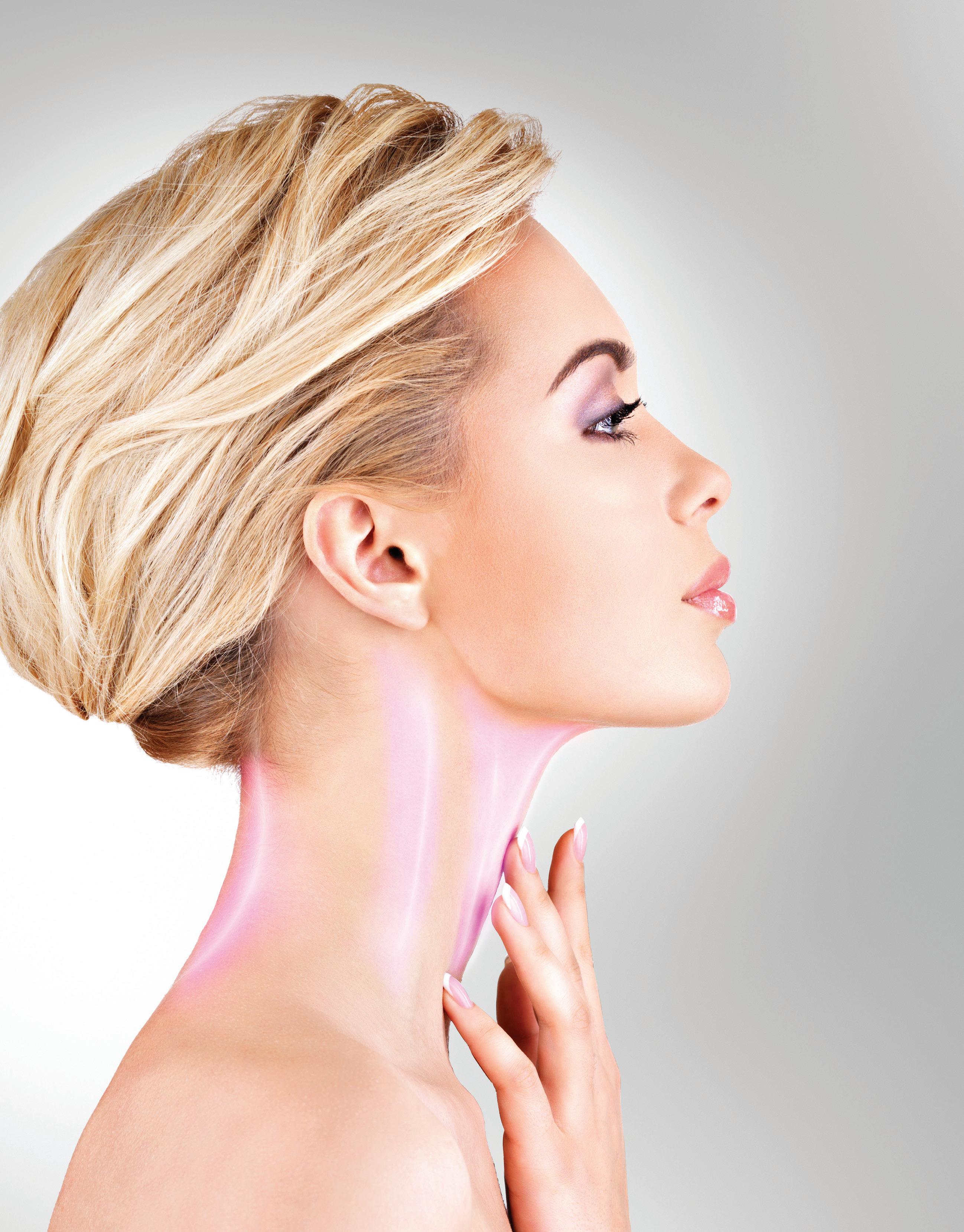
A SYSTEMATIC APPROACH TO ACNE
MULTI-APPLICATION LASER TREATMENT FULL FACE REJUVENATION A COMBINATIONAL APPROACH INFLAMMATION IN 2022 THE ARSENAL TO DELAY AGEING INTERNATIONAL JOURNAL OF AESTHETIC AND ANTI-AGEING MEDICINE Sep/Oct 2022 Volume 12 ❙ Issue 4 Industry News ❚ Staff Retention ❚ Product News ❚ Events ❚ Product Launches neck rejuvenation
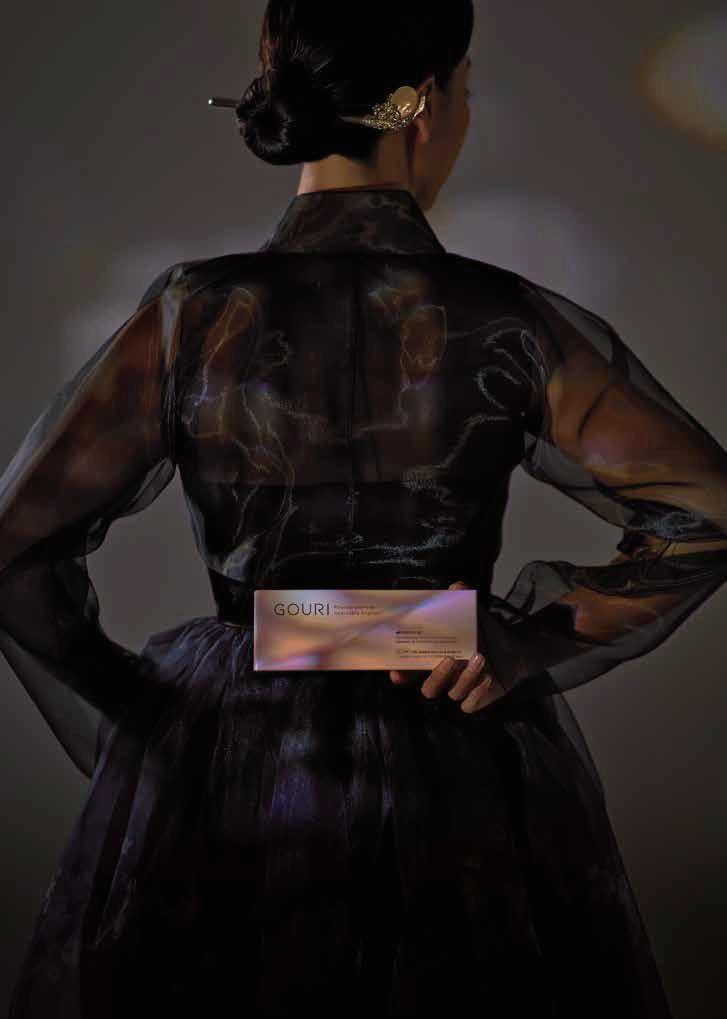
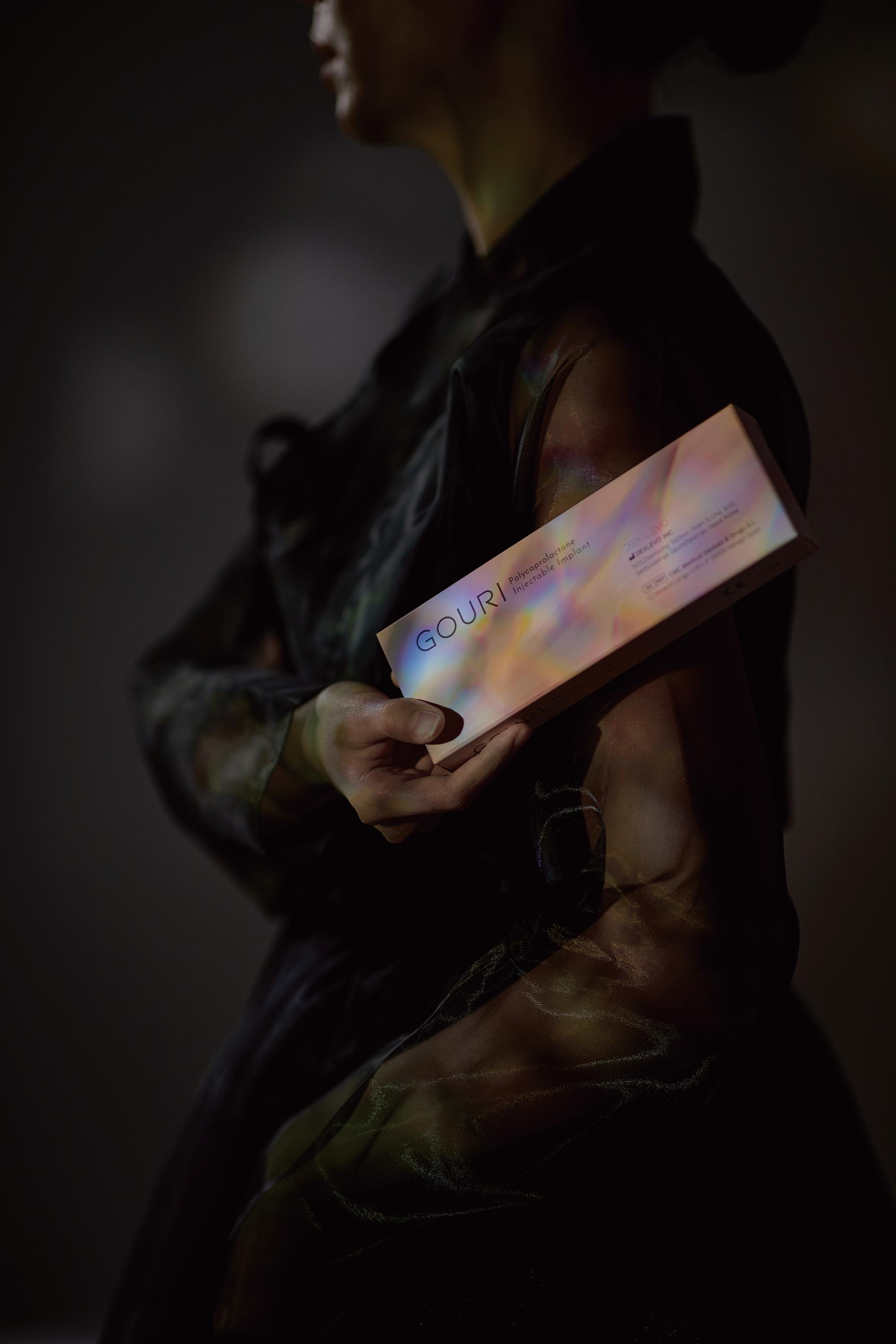
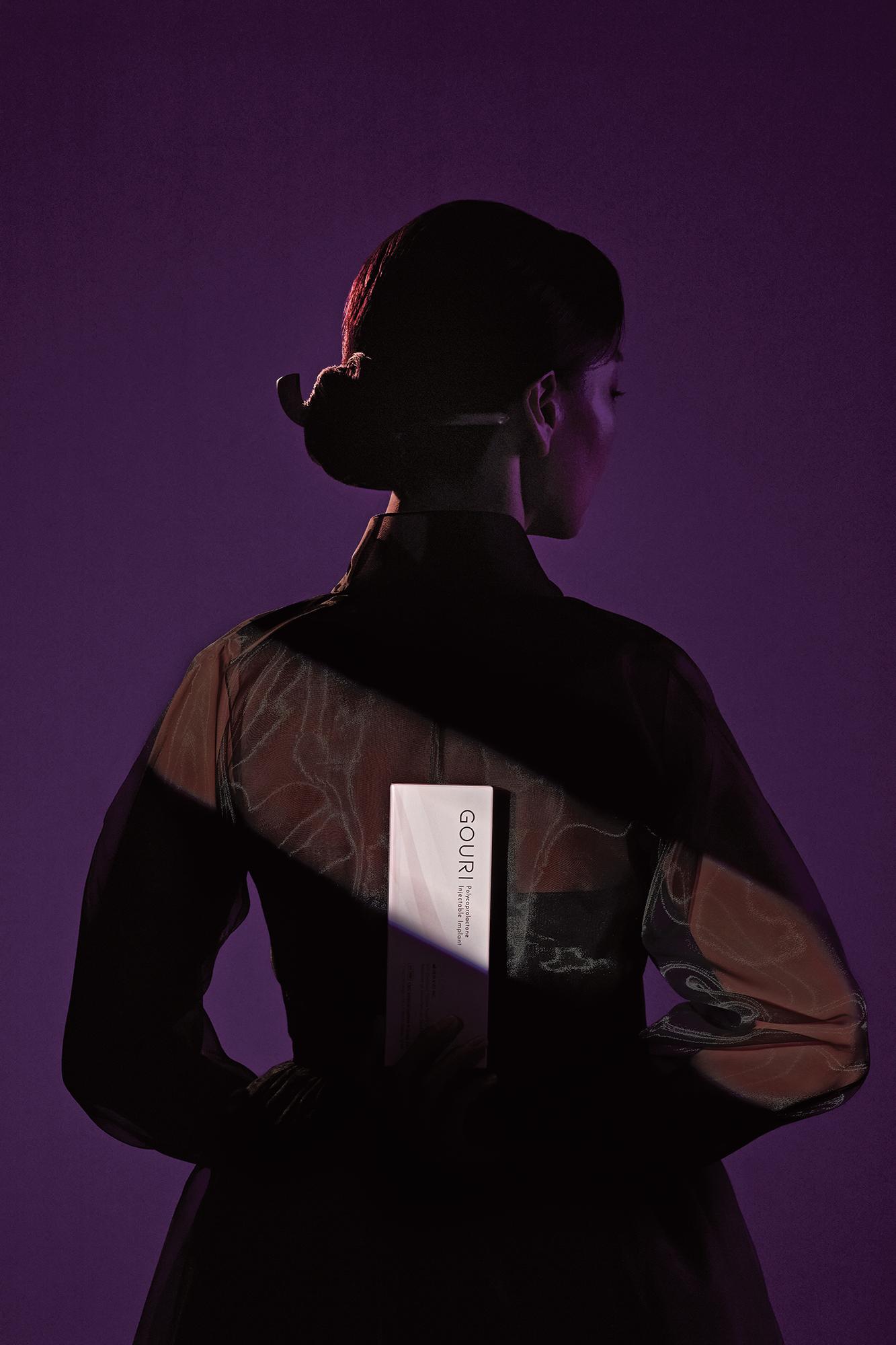


York St,
ISSN 2159-8908 (print) ISSN 2159-8916 (online)
Editor Balraj Juttla balraj.juttla@informa.com
Art
‘Spike’
spike@spikedesigns.co.uk
Marketing Director Slim Hakimi slim.hakimi@informa.com
Production
balraj.juttla@informa.com
balraj.juttla@informa.com
At Informa Markets Medical Aesthetics, we’re pleased to announce the launch of a new educational program in collaboration with the Stanford Center for Professional Development (SCPD) called Entrepreneurial Strategy for Aesthetic Physicians. The custom program is designed for new and established physicians to help them develop an innovative mindset and steer their medical aesthetic businesses to success. The program fills a gap in business education and includes 4–5 weeks of online education taught by Stanford faculty and an optional in-person day of learning.
The medical aesthetics profession primarily consists of independent physicians who own and run their own practices. Informa Markets Medical Aesthetics’ goal is to enable these physicians to incorporate sophisticated business acumen into their medical practice and develop a mindset that will enable them to naturally embrace and pursue innovation. The program gives private practitioners access to Stanford faculty knowledge and experience in innovation and entrepreneurship and helps them develop business and management skills to grow their practice and bring innovative products and techniques to market faster.
There is no time for business education in medical school, but business skills are essential for most private practice physicians. In our work with the medical aesthetics community around the globe, we see many leave medical school and open a practice without the knowledge or skills to manage a business and bring their ideas to fruition. This community is incredibly innovative, but they face challenges in planning and executing their ideas. We hope to fill that void by bringing high-level, essential business and entrepreneurship skills to medical aesthetics private practice.
Entrepreneurial Strategy for Aesthetic Physicians focuses on four key areas of competency: demystifying principles of innovation to develop breakthrough solutions, understanding a systematic approach to successful entrepreneurship, moving business plans from conception through to execution, and leading a high-performing team. The program poses the question: What if doctors brought medical advancements to market like entrepreneurs?
From driving new ideas through design thinking, creating a credible value proposition, leading a team effectively, bringing new products to market quickly, and navigating investment strategies, this program aims to help foster a thriving culture of leadership, innovation and financial savvy so medical professionals can systematically and nimbly develop their practice, implement medical innovations, and set a new standard for business education in medicine. To learn more about the programme and to register for the upcoming course please visit physicianstrategy.com.
Eileen Baird
Group Business Director, Informa Markets New York, US
BOARD MEMBER SPECIALISM COUNTRY
Dr Claude Dalle Anti-ageing & aesth. medicine France
Dr Wilmar Accursio Endocrinology Brazil
Dr Firas Al-Niaimi Dermatology & laser surgery UK
Dr Ashraf Badawi Dermatology Egypt & Canada
Dr Janethy Balakrishnan Aesthetic & anti-ageing medicine Malaysia
Dr Lakhdar Belhaouari Plastic surgery France
Dr Anthony Benedetto Cosmetic Dermatology USA
Dr Philippe Berros Oculoplastic surgery Monaco
Dr Dario Bertossi Maxillofacial surgery Italy
Dr Pierre Bouhanna Dermatology – Hair surgery France
Dr Fahd Benslimane Plastic Surgery Morocco
Dr Claude Chauchard Anti-ageing medicine France
Dr Christophe de Jaeger Geriatrics France
Dr Gerd Gauglitz Aesthetic Dermatology Germany
Prof Ilaria Ghersetich Dermatology Italy
Dr Michael H. Gold Dermatology USA
Dr Kate Goldie Aesthetic Physician UK
Prof Eckart Haneke Dermatology Germany
Dr Steven Hopping Plastic surgery USA
Prof Andreas Katsambas Dermatology Greece
Dr Mario Krause Anti-ageing medicine Germany
Dr Marina Landau Dermatology Israel
BOARD MEMBER SPECIALISM COUNTRY
Dr Gustavo Leibaschoff Cosmetic Surgery USA
Dr Sohail Mansoor Dermatology UK
Prof Leonardo Marini Dermatology Italy
Dr Sly Nedic Aesthetic & anti-ageing medicine South Africa
Prof Daniel Pella Cardiology Slovakia
Dr Chariya Petchngaovilai Dermatology Thailand
Prof Ascanio Polimeni Neuro-endocrinology Italy
Dr Herve Raspaldo Facial plastic surgery France
Dr Christopher Rowland-Payne Dermatology UK
Dr Neil Sadick Dermatology USA
Dr Hema Sundaram Dermatology USA
Dr Pakpilai Thavisin Dermatology & Anti-ageing medicine Thailand
Dr Patrick Treacy Aesthetic surgery Ireland
Dr Mario Trelles Plastic surgery Spain
Dr Ines Verner Dermatology Israel
Dr Octavio Viera Anti-ageing medicine Spain
Dr Jean-Luc Vigneron Aesthetic dermatology France
Prof Bernard Weber Genetics Luxembourg
Dr Sabine Zenker Dermatology Germany
Catherine Decuyper Industry expert & consultant France
Wendy Lewis Industry expert USA
Christophe Luino Industry expert & consultant France
PRIME JOURNAL EDITORIAL BOARD International Journal of Aesthetic and Anti-Ageing Medicine Informa, Floor 4, 24
Sydney, NSW 2000, Australia
Director David
McCormack
& Ads Department
Please send your manuscripts and press releases to:
All submitted manuscripts are evaluated on the basis of scientific quality, originality, appropriateness, contribution to the field and style. Manuscripts and accompanying files should be prepared in accordance with our Author Guidelines, which are available via www.prime-journal.com. All content © 2022 Informa UK Ltd Images © Stock.adobe.com, unless otherwise stated SUBSCRIPTION RATES UK: £180 Europe: €180 Rest of world: US$180 EDITORIAL | 8 ❚ September/October 2022 | prime-journal.com
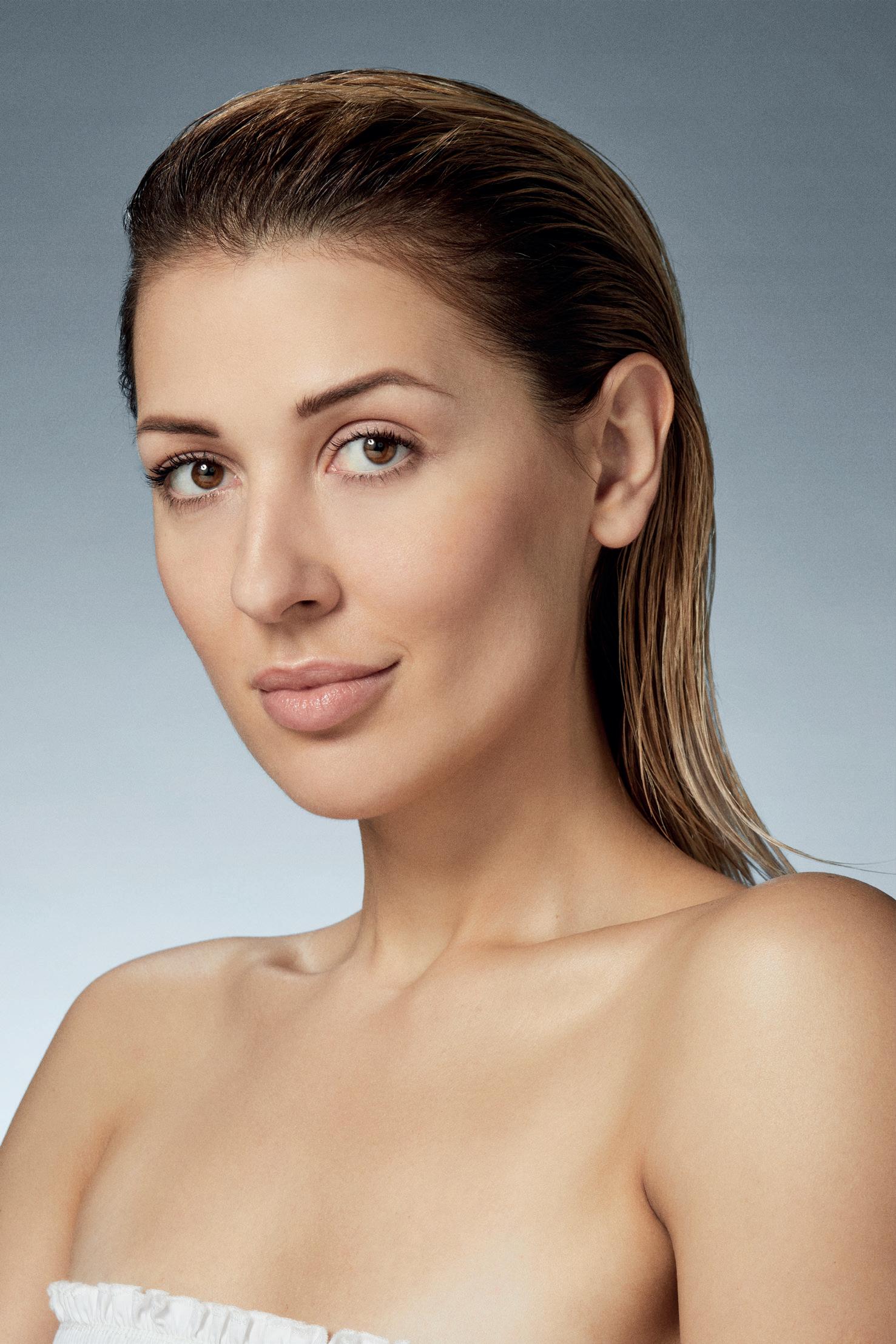
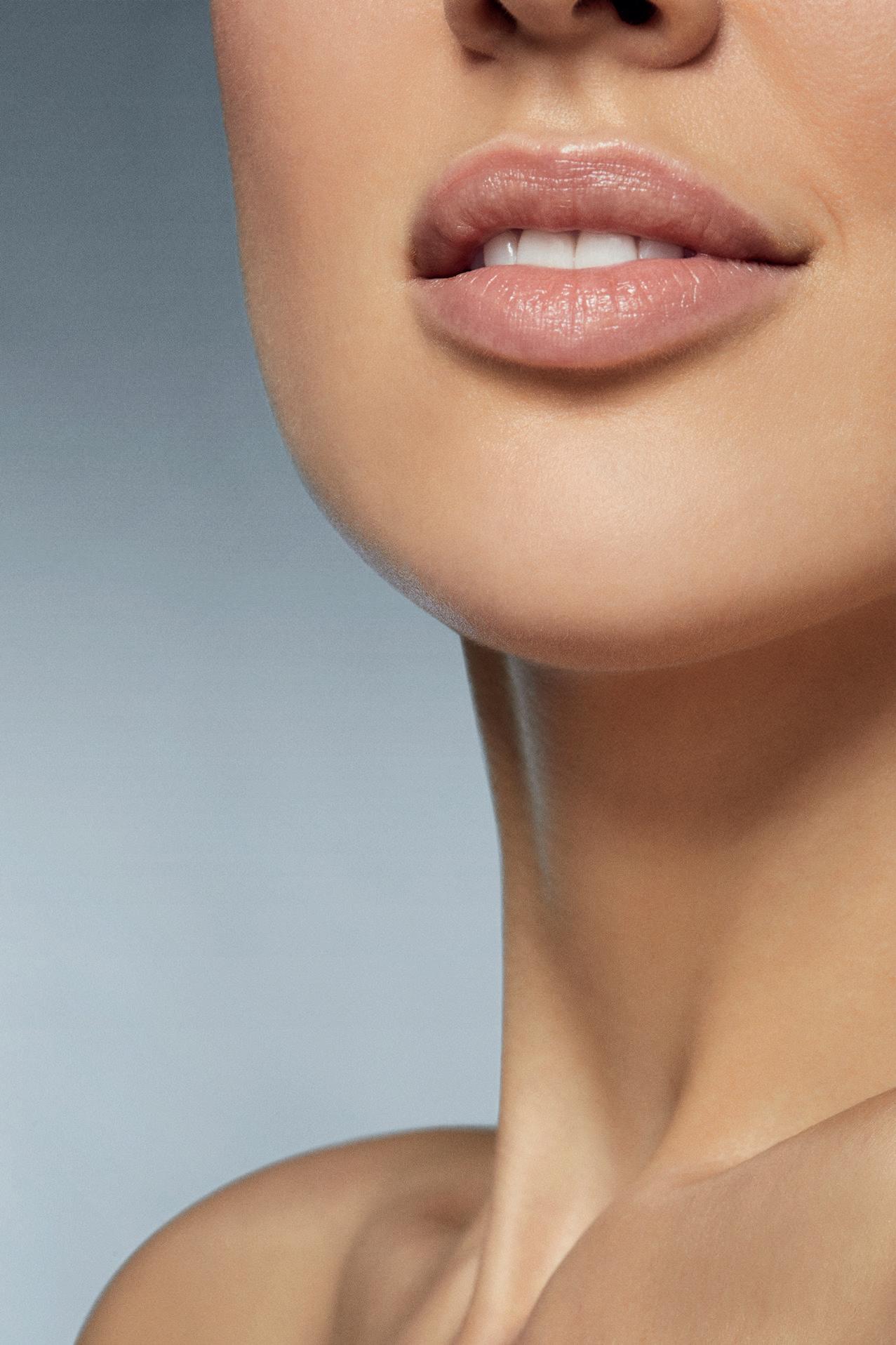
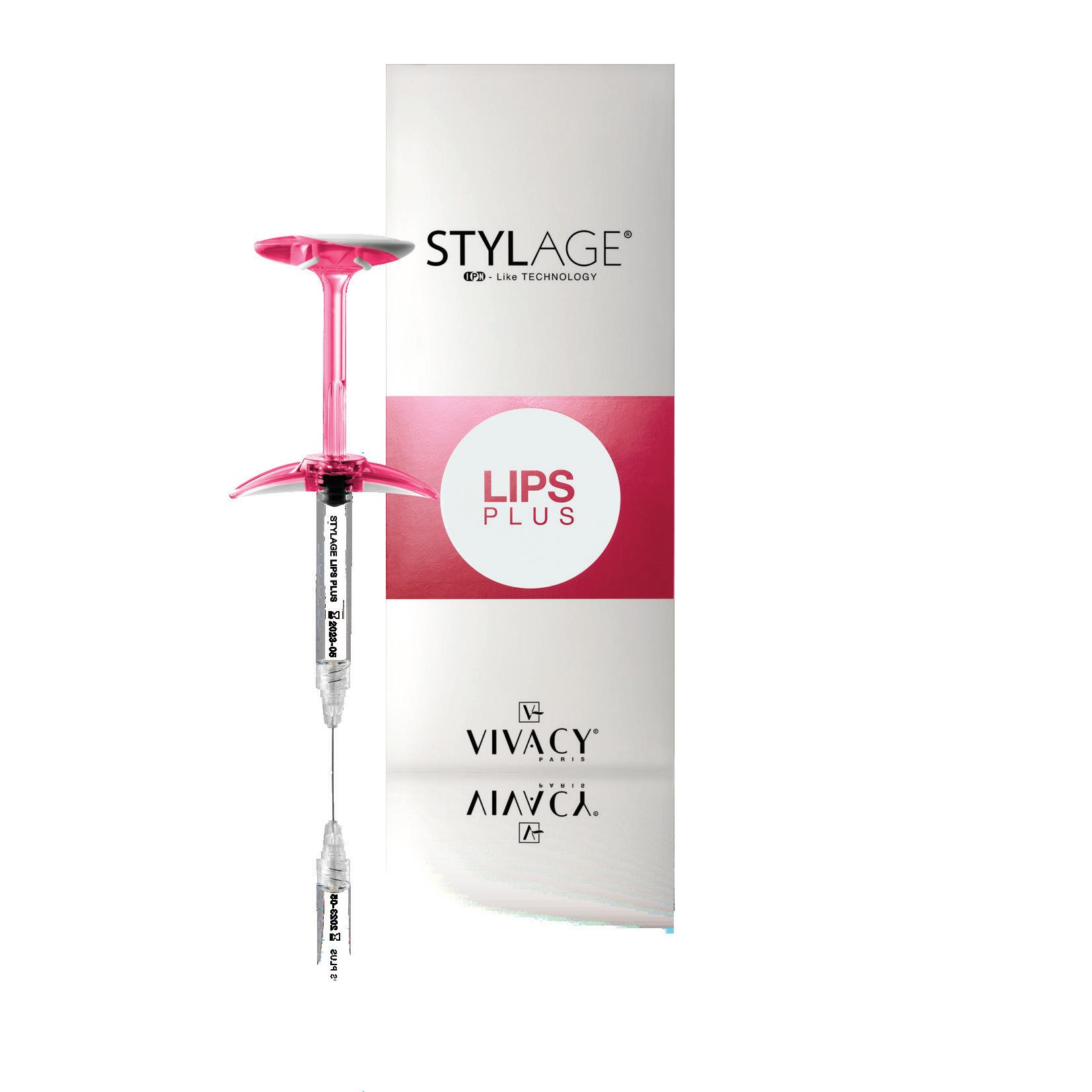
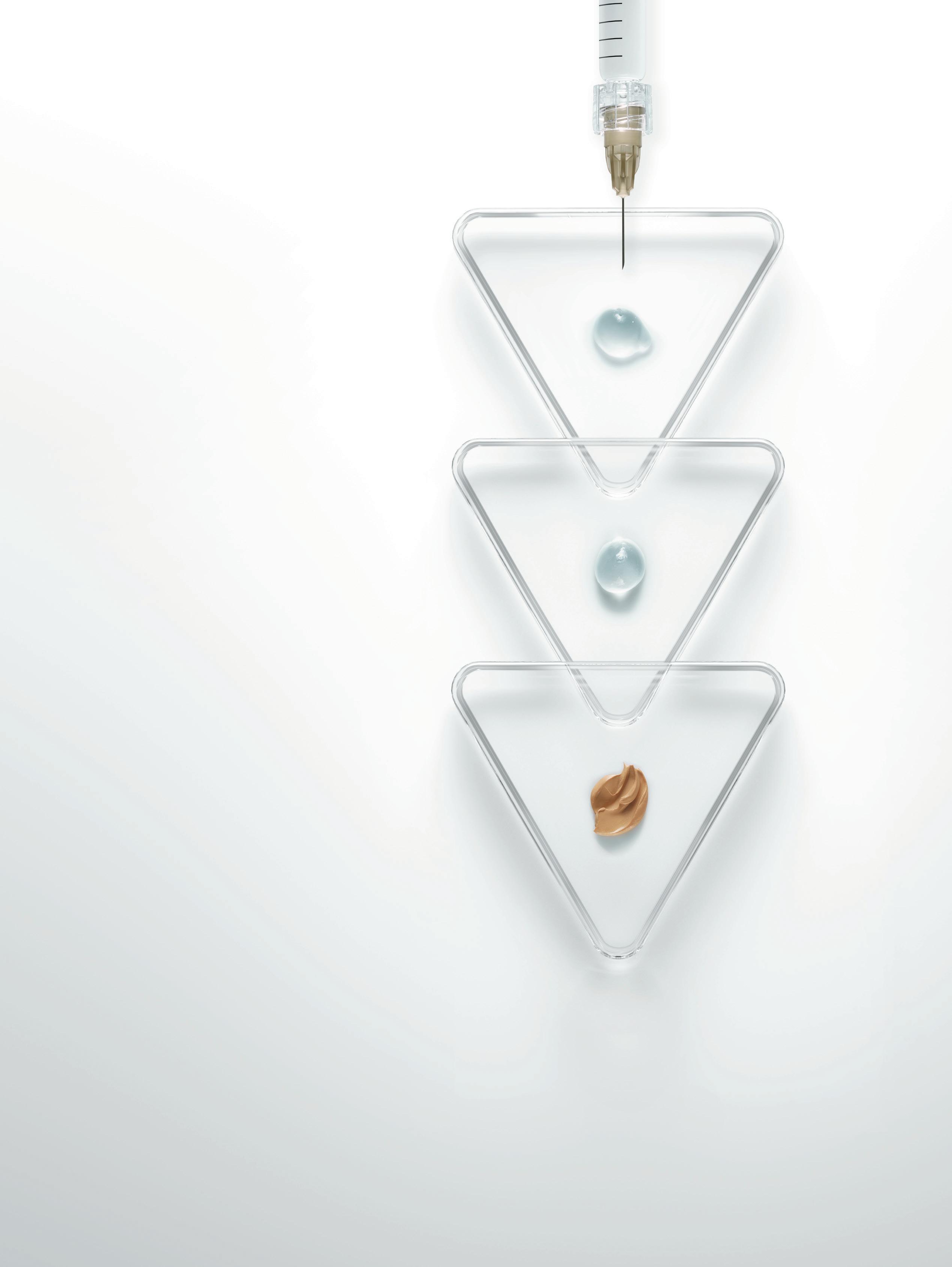
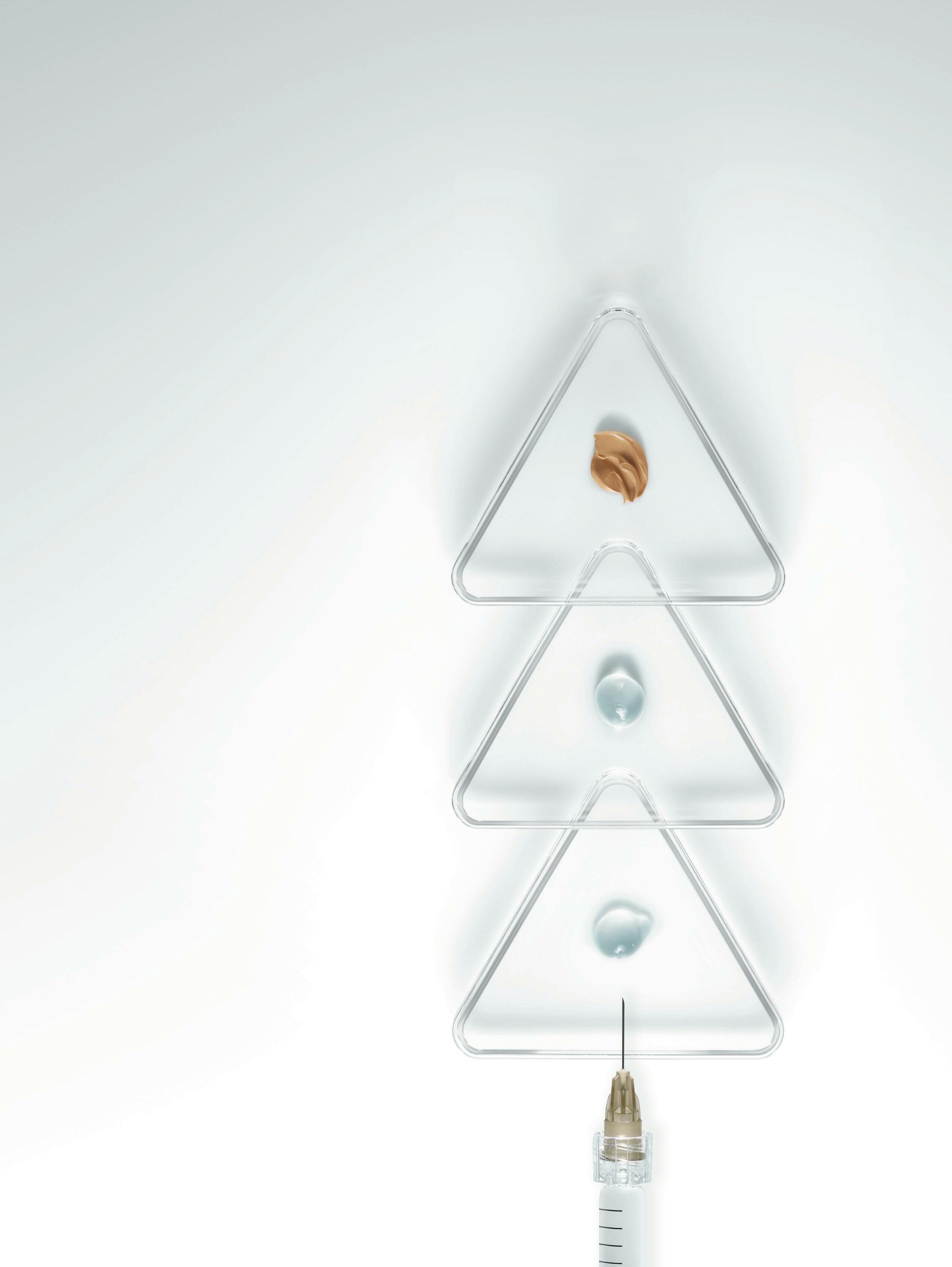
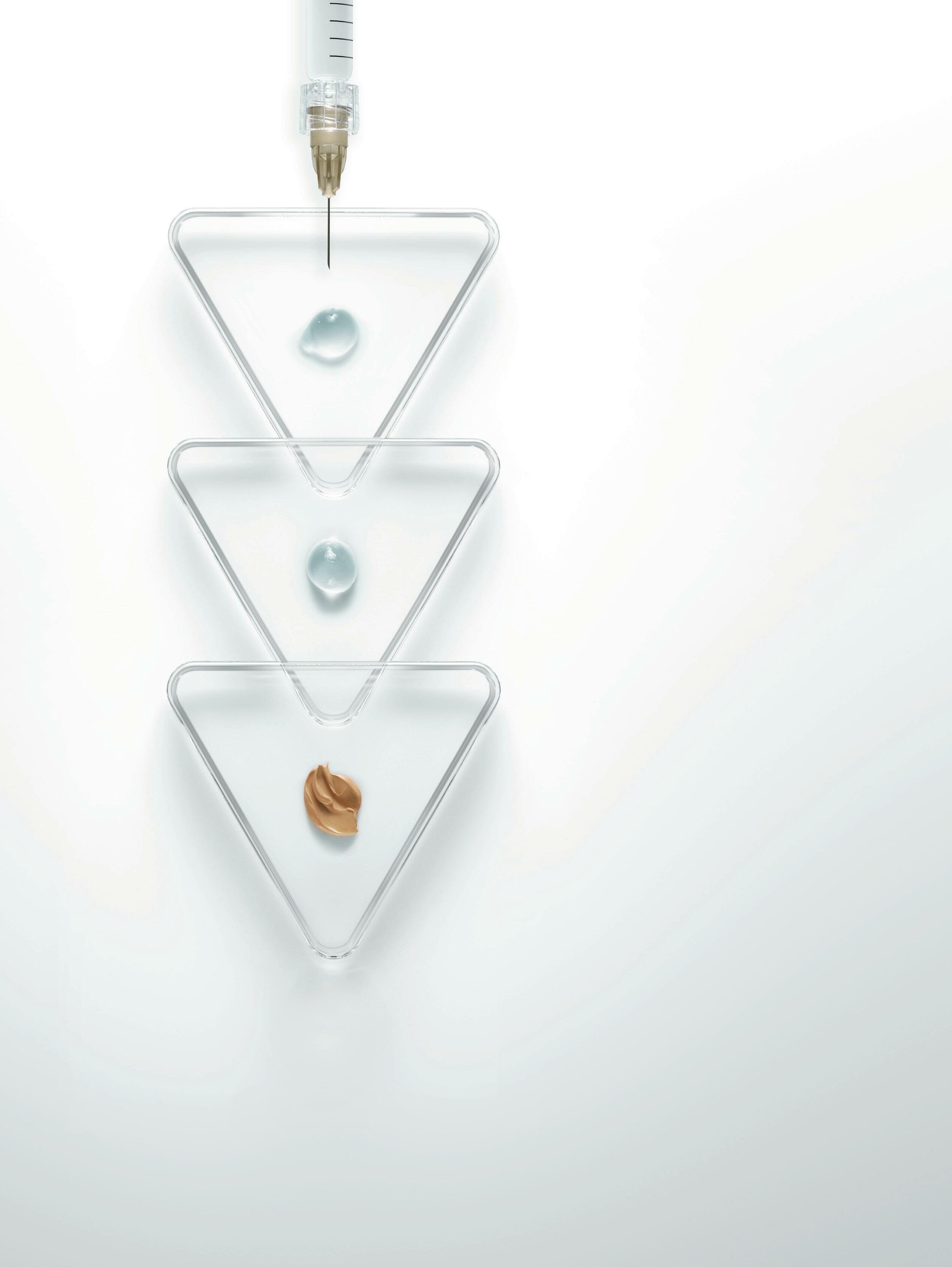
September/October
12
14
NEWS
The world’s leading medical aesthetic and antiageing event comes to North America
Allergan Aesthetics publishes ‘The Future of Aesthetics’
INDUSTRY INSIDER
16
What aesthetic doctors are excited about right now Wendy Lewis interviewed six top doctors on their top picks
AESTHETIC FEATURES
20
26
A systematic approach to neck rejuvenation

Gabriela Casabona shares her seven-step approach to treat skin laxity and restore volume to the neck
Inflammation: the arsenal to delay ageing in 2022 Patrizia A d’Alessio explains why she believes inflammation is the root cause of ageing symptoms and how it can be addressed
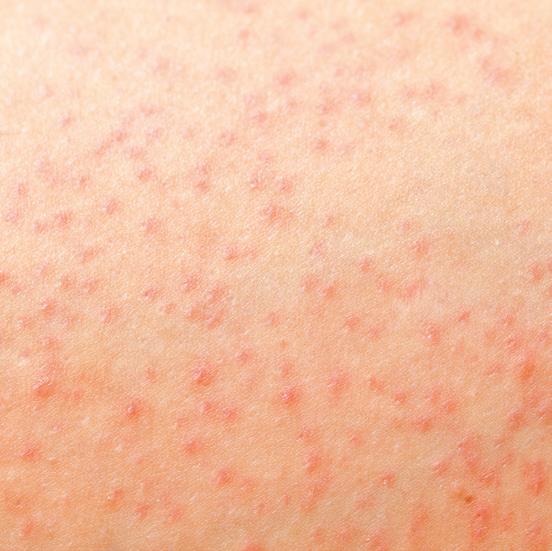
32
A combination approach to full-face rejuvenation
Ginevra Migliori discusses using a combination of ultrasound, microneedling and biostimulation to achieve full face rejuvenation
CASE REPORT
38
Non-ablative fractional laser treatment and use of IPL in acne scars
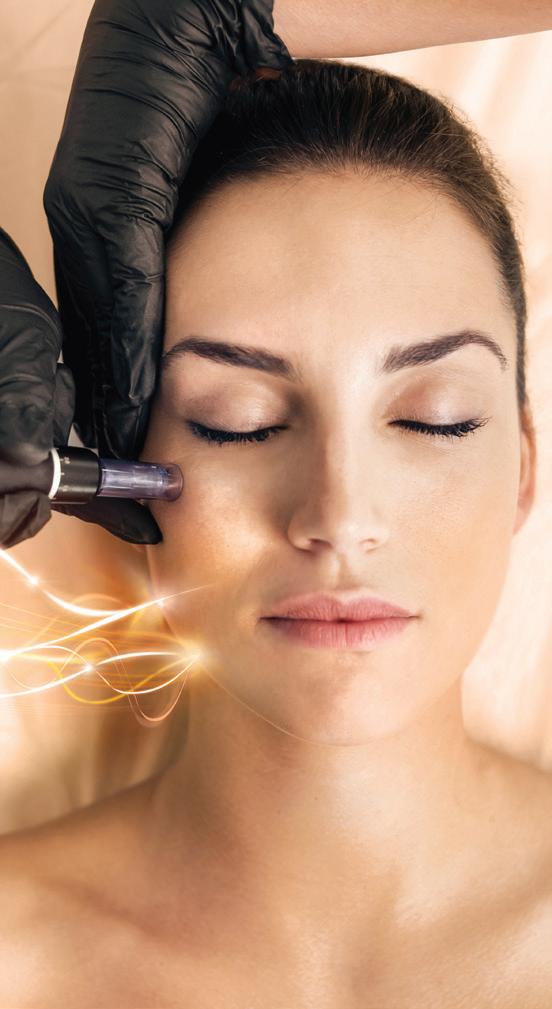
Kléber Ollague Córdova and Lisseth Ninoska Estrella Mendoza discuss using Candela’s Nordlys™ multi-application platform to treat acne
PRACTICE MANAGEMENT
42
Strategies for finding (and keeping) the best talent onboard
Wendy Lewis investigates how to navigate the shortage of qualified employees while maintaining the customer experience

PRIME PROMOTIONS
48
50
52
54
SUPER VELOCE Intense Pulse Dual Light (IPDL) for the treatment of acne rosacea
What we didn’t know about RF microneedling and SYLFIRM X
Introducing VectorLift®
Secret PRO: The next evolution in skin resurfacing
PRODUCT NEWS
56
The latest product news and technologies for the aesthetic and anti-ageing market
EVENTS
58
A round-up of the major industry events happening around the world over the next 12 months
16 32 42 26
2022 prime-journal.com | September/October 2022 ❚ 11 20 | CONTENTS
A round-up of news stories in the aesthetic and anti-ageing medicine industry
MEDICAL AESTHETIC AND ANTI-AGING EVENT COMES TO NORTH AMERICA
For two decades, the Aesthetic & Anti-Aging Medicine World Congress (AMWC) has built a stellar reputation for its highly stimulating, multi-discipline education programmes in Monaco, Latin America and Asia. Now, this world-class scientific event is coming to North America (NA) in 2023, making it more accessible than ever to you and your team.
With a scientific programme guided by the Aesthetic Multispecialty Society (AMS), featuring a faculty of over 100 key opinion leaders and subject matter experts from around the world, get ready for a global exchange of ideas, intensive education and training in four key areas:
Non-surgical aesthetic treatments and techniques
Covering the spectrum of minimally invasive aesthetic treatment options, the AMWC NA scientific programme features a number of sessions dedicated to both emerging and established non-surgical aesthetic procedures. These sessions will feature specifics on anatomy, techniques, safety, proven combinations, and complications management, ensuring you leave
equipped with the latest updates in non-surgical therapies.
Minimally invasive surgical procedures
The focus on minimally invasive procedures extends to aesthetic surgery. Within this sphere, you will discover the latest minimally invasive developments and advancements to some of the most in-demand surgical aesthetic procedures, including face and neck treatments, rhino-modulation, and body shaping enhancements, to name a few.
Age prevention and specialty segments
The wide-ranging agenda will also explore specialty segments, such as functional and aesthetic sexual well-ness, hair restoration, integrative aesthetics and regenerative medicine all fast-growing, synergistic sectors of medical aesthetics.
With the aim of treating the underlying causes of ageing and alleviating the effects of the ageing process, these sessions will draw on global faculty, important case studies and scientific research to bring you culturally diverse
approaches to rejuvenation, and provide a comprehensive overview of the scientific advances taking place in anti-ageing and aesthetic medicine.
Practice management and marketing
Learning how to properly manage your business is essential to running a successful aesthetic practice. The sessions within the practice management track will arm you with the practical tools and knowledge you need to grow your practice. From identifying your unique value proposition to marketing your brand effectively, to staff and reputation management AMWC NA has you covered.
In addition to the CME-accredited programme and practice management sessions, you can get first-hand experience with products and services from more than 100 leading aesthetic companies in the accompanying exhibit hall and Treatment Center.
AMWC is the foremost event focusing on the continuing education of aesthetic practitioners and the fostering of new, meaningful connections. You cannot afford to miss the much-anticipated launch of AMWC NA.
Revance Therapeutics, Inc., a biotechnology company focused on innovative aesthetic and therapeutic offerings, announced that the U.S. Food and Drug Administration (FDA) has approved DAXXIFY™ (DaxibotulinumtoxinA-lanm) for injection for the temporary improvement of moderate to severe frown lines (glabellar lines) in adults. DAXXIFY™ is the first and only neuromodulator stabilised with Peptide Exchange Technology™
(PXT) and is free of both human serum albumin and animal-based components. DAXXIFY™ also has the ability to address duration of treatment effect, which they believe is the greatest unmet need with existing neuromodulators for both consumers and injectors.
The FDA approval, Revance’s first, augments the company’s aesthetics portfolio and expands its access to the growing $3.2 billion U.S. facial injectables market, further
establishing Revance as a leader in the industry and laying the groundwork for potential future therapeutic indications.
‘The FDA approval of DAXXIFY™ is a foundational achievement for the company as it marks the culmination of years of pioneering research and development made possible by the outstanding execution of our talented team, along with strong support from the medical and investor communities.
It has been an incredible and rewarding journey to realise our vision and bring this disruptive innovation to an industry that has remained largely unchanged for over 30 years,’ said Mark J. Foley, Chief Executive Officer.
The U.S. approval of DAXXIFY™ was based on the data generated in the SAKURA Phase 3 clinical trial programme, which included more than 2,700 patients and approximately 4,200 treatments.
news NEWS | 12 ❚ September/October 2022 | prime-journal.com
THE WORLD’S LEADING
REVANCE ANNOUNCES FDA APPROVAL OF DAXXIFY
IM-AESTHETICS ANNOUNCES AMWC NORTH AMERICA TO BE HELD ON FEBRUARY 23–25, 2023

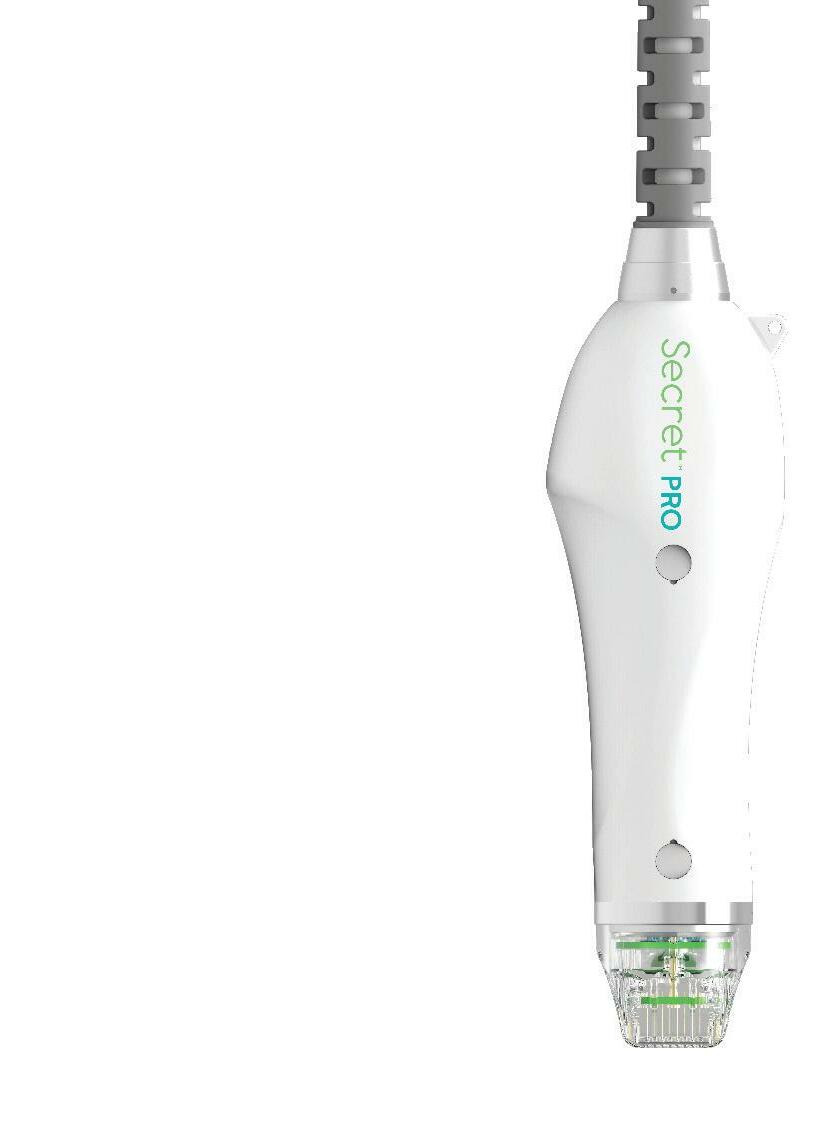

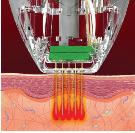



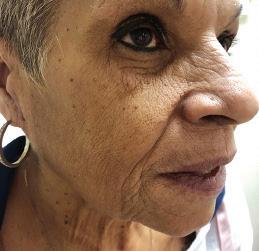
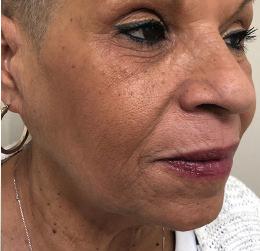
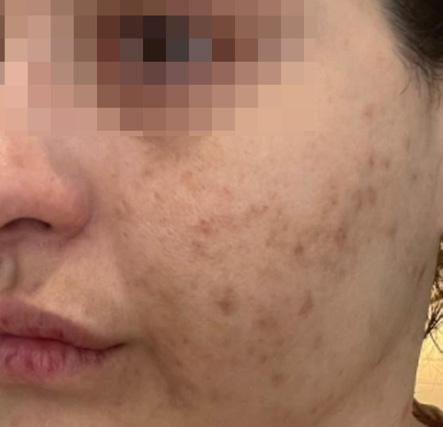
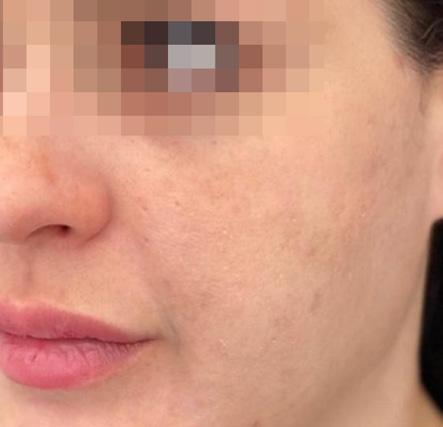 Courtesy of
Mandavia,
Courtesy of
Mandavia,
Introducing Secret® PRO , the world’s first platform to combine two state-of-the-art energy sources: CO 2 Laser & RF Microneedling Secret PRO ® effectively treats the full thickness of the skin from epidermis to the deeper dermal layers independently or together. A MULTI-LAYERED APPROACH TO ADVANCED SKIN RESURFACING JOIN THE SKIN RESURFACING EVOLUTION WITH... RF MicroneedlingCO2 Laser + NEW Before After 1x Treatment Courtesy of A. Renta, MD Before After 1x Treatment
R.
London
ALLERGAN AESTHETICS PUBLISHES
‘THE FUTURE OF AESTHETICS’
REPORT AIMS TO HELP SUPPORT THE EVOLVING NEEDS OF PATIENTS
Allergan Aesthetics, an AbbVie company, and a global leader in medical aesthetics treatments, has announced the U.S. publication of ‘The Future of Aesthetics’ global trends report, developed to understand what is shaping the aesthetics industry of tomorrow.
Consumer interest in medical aesthetics continues to rise, and the growth rate of the North American medical aesthetics market is expected to accelerate to more than 10% annually through 2026. The number and type of non-surgical aesthetic procedures conducted worldwide grew by nearly two million between 2017 and 2020. This growth is expected to continue, with 23 million dermal fillers and 14.6 million body procedures predicted by 2025. In parallel, physicians globally saw an increased volume of younger patients, more patients from a diverse range of ethnic backgrounds, and more male patients than ever before.

‘Aesthetics is a dynamic industry, which must continually adapt and evolve with changing habits and shifting cultural norms. Our trends report The Future of Aesthetics report builds on insights uncovered in the 2019
Allergan 360 Aesthetics Report™ on evolving beauty perceptions and diverse priorities around the world,’ commented Carrie Strom, President, Global Allergan Aesthetics. ‘We recognise the fast-moving nature of aesthetics and are committed to furthering research and innovation in our field. Our research on the evolution of consumer preferences aims to support practitioners to better meet future patient needs. Thank you to our partners who participated in this important study.’
Exploring the underlying themes and trends for modern aesthetics
The research identified key themes driving the future of aesthetics including: Aesthetic Fluency,
De-stigmatising Treatments and a desire to move Back to Nature. Resulting from these are 10 major trends, which will likely drive medical aesthetics practice in the coming years.
By acknowledging changes in the industry, clinicians may be able to educate and communicate with patients more effectively.
Renowned board-certified dermatologist, Elizabeth Hale says: ‘Recently, I have witnessed the evolution of the “aesthetic patient” to one that is much more diverse, knowledgeable and vocal about their needs. “The Future of Aesthetics” report provides research-driven and anecdotal observations to help health care providers prepare for the continued growth of the aesthetics industry and prepare for modern-day patients.’
Brought to you by some of the world’s leading practitioners
The Future of Aesthetics report, commissioned by Allergan Aesthetics and independently developed by Wunderman Thompson Intelligence, is informed by extensive research and analysis across consumer and business media, social listening data, and market research from around the globe that was validated through one-on-one interviews with 15 leading aesthetics practitioners†.
The Future of Aesthetics report provides a unique view of what tomorrow holds for the aesthetics industry.
To access The Future of Aesthetics report and for more information, please visit news.allerganaesthetics.com/future-ofaesthetics to register your interest in receiving the report.
AVÉLI™ RECEIVES EXTENDED FDA CLEARANCE
Revelle Aesthetics, Inc. (Revelle) a VC-backed Silicon Valley MedTech company achieved an extended FDA clearance for its precision cellulite release device, Avéli™. Marking another key milestone for the Company, Avéli is now indicated for long-term reduction in the appearance of cellulite in the buttocks and thigh areas of adult females as supported by clinical data demonstrating treatment benefits through one year of observation.
‘For far too long, millions of women have struggled to feel comfortable in their own skin because of their cellulite and have been settling for less than effective treatment options. Avéli is setting out to change this by finally providing women with a meaningful and lasting solution that targets their cellulite in the areas that have frustrated them the most, their buttocks and thighs,’ said Caroline Van Hove, President and CEO of Revelle Aesthetics.
‘Equally as exciting is the role that we believe Avéli will play as a cornerstone in the latest and fastest growing category in medical aesthetics, lower body rejuvenation.’
Cellulite is a depression of any shape or size with a defined edge, typically on the buttocks or thighs, and affects up to 90% of women. A major underlying cause of cellulite is the complex structure of fibrous septa bands that tether the skin. Some septa stiffen or shrink over time and lead to the dimples we see on the skin’s surface.
Unlike many current cellulite options, Avéli addresses cellulite from the inside-out. It is the only minimally invasive procedure that allows a provider to identify which of the fibrous septa bands are causing a cellulite dimple, and then confirm in real-time they are releasing those targeted septa to deliver visibly smoother skin. Results are visible quickly after a single in-office procedure with little-to-no downtime.
Avéli is now available across the US, growing rapidly in plastic surgery and dermatology practices that are focused on the rising needs in body contouring.
Consumer interest in medical aesthetics continues to rise, and the growth rate of the North American medical aesthetics market is expected to accelerate to more than 10% annually through 2026.
NEWS | 14 ❚ September/October 2022 | prime-journal.com

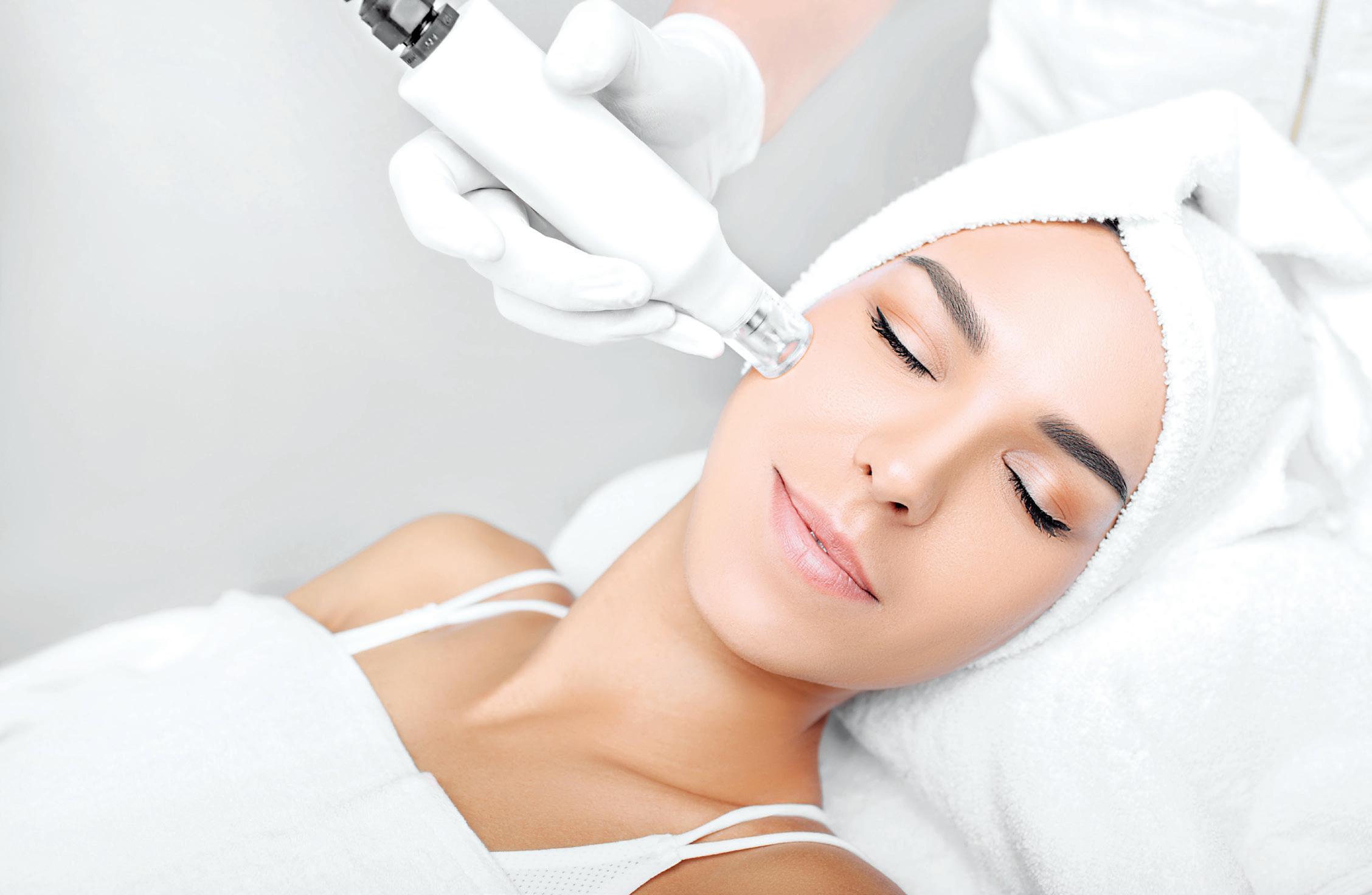 Wendy Lewis interviewed six top doctors on their top picks
Wendy Lewis interviewed six top doctors on their top picks
INDUSTRY INSIDER | NEW PRODUCTS | 16 ❚ September/October 2022 | prime-journal.com
WHAT AESTHETIC DOCTORS ARE EXCITED ABOUT RIGHT NOW
David Goldberg, M.D., J.D. Skin Laser & Surgery Specialists Schweiger Dermatology Group New York, NY, USA
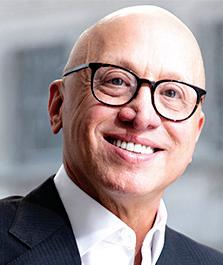
AviClear® (CUTERA, Inc.)
AviClear is the first and only FDA-cleared energy device for the treatment of mild to severe acne. It uses a 1726 nm wavelength to treat acne at the source by selectively targeting and suppressing the sebaceous gland. Cutera’s engineers have developed this technology to specifically target the source of acne, and it has been proven safe and effective through an extensive clinical trial. After three treatments spaced one month apart, AviClear can provide long-term resolutions of acne for all skin types. In addition, acne clearance results continue to improve over time, demonstrating the longterm efficacy of this novel treatment. Also, no pain medication is required and the treatment is well-tolerated by patients.

We have never before been able to offer patients a clinically proven, lasting solution like AviClear. Having a drug-free approach to one of the most common and stubborn skin diseases we treat has shifted the treatment paradigm for acne.
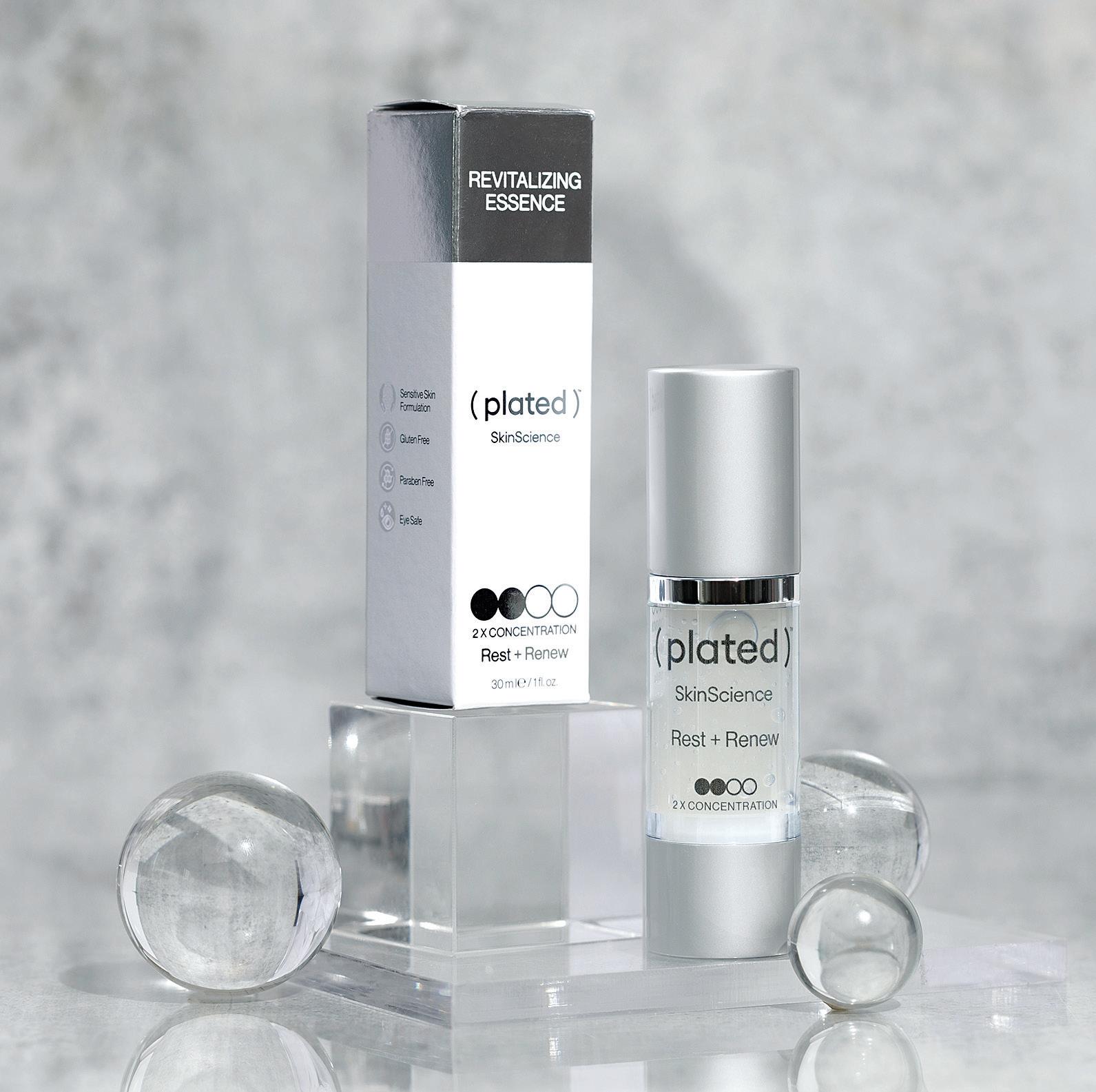
Steven F. Weiner, M.D. The Aesthetic Clinique Destin, FL, USA (plated)™ SkinScience (Rion Aesthetics)
The Mayo Clinic, in conjunction with Rion Aesthetics, have isolated an ideal exosome from platelets. Since platelets are the ‘first responders’ to an injury, it makes sense that a healing (positive) exosome, coined ‘Regenosome’ would be found within them. The collaboration has developed a proprietary method to extract and stabilise the exosome from human donors while keeping its activity intact and create a stable off-the-shelf product, marketed under the brand (plated)™ SkinScience by Rion. It contains human exosomes, whereas some exosomes are plant-derived. Most importantly, there are clinical studies showing significant benefits in overall skin quality, luminosity, pigmentation, and redness.
Plated is ideal to place on skin recently treated with laser, microneedling, and radiofrequency microneedling. These treatments allow for deeper penetration and thus more effectiveness of the product. We have found improved healing times and less redness after these procedures when Rion was applied. Anecdotally, we have seen great results in patients who were burned
Steven F. Weiner, M.D. (plated)™ SkinScience
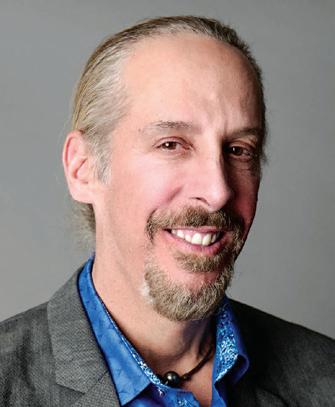
WENDY LEWIS is Founder/ President of Wendy Lewis & Co Ltd, Global Aesthetics Consultancy since 1997, author of 13 books, Editor in Chief of beautyinthebag.com, and frequent presenter on the international stage. Her first textbook, Aesthetic Clinic Marketing in the Digital Age (CRC Press) will debut a second edition in 2021.
contact wl@wendylewisco.com

Anecdotally, we have seen great results in patients who were burned and even in cases of vascular occlusion from fillers with accelerated healing and no scarring.
prime-journal.com | September/October 2022 ❚ 17 | NEW PRODUCTS | INDUSTRY INSIDER
and even in cases of vascular occlusion from fillers with accelerated healing and no scarring. Its use for ageing skin can’t be overstated, and I predict it will replace all growth factor preparations in the near future.
UltraClear™ (Acclaro Medical)
By far the new product I am most excited about is the UltraClear laser. From my perspective, this is a remarkable device that really does help us perform laser resurfacing with less anaesthesia and shorter recovery times than more traditional techniques while still producing excellent outcomes. It is a versatile device that can do superficial or deep treatments, can be used to treat scars, and can be used in a wide variety of patients.
I use the UltraClear laser for superficial skin resurfacing on young patients who do not have advanced photoaging and just need a quick ‘freshening up’ as well as on older patients with more advanced photoaging. Depending on the condition being treated, several treatments may be needed to achieve the best outcomes. I typically find that cold air alone is sufficient when performing skin resurfacing with the UltraClear laser. Superficial treatments can be performed on the face, neck, chest, hands, and other anatomic areas. Patients are typically mildly erythematous for a couple of days and can resume normal activities later the same day or the day following treatment. Full face treatment takes less than 10 minutes. Deeper, more aggressive treatments take a bit longer but are still easily performed in the office.
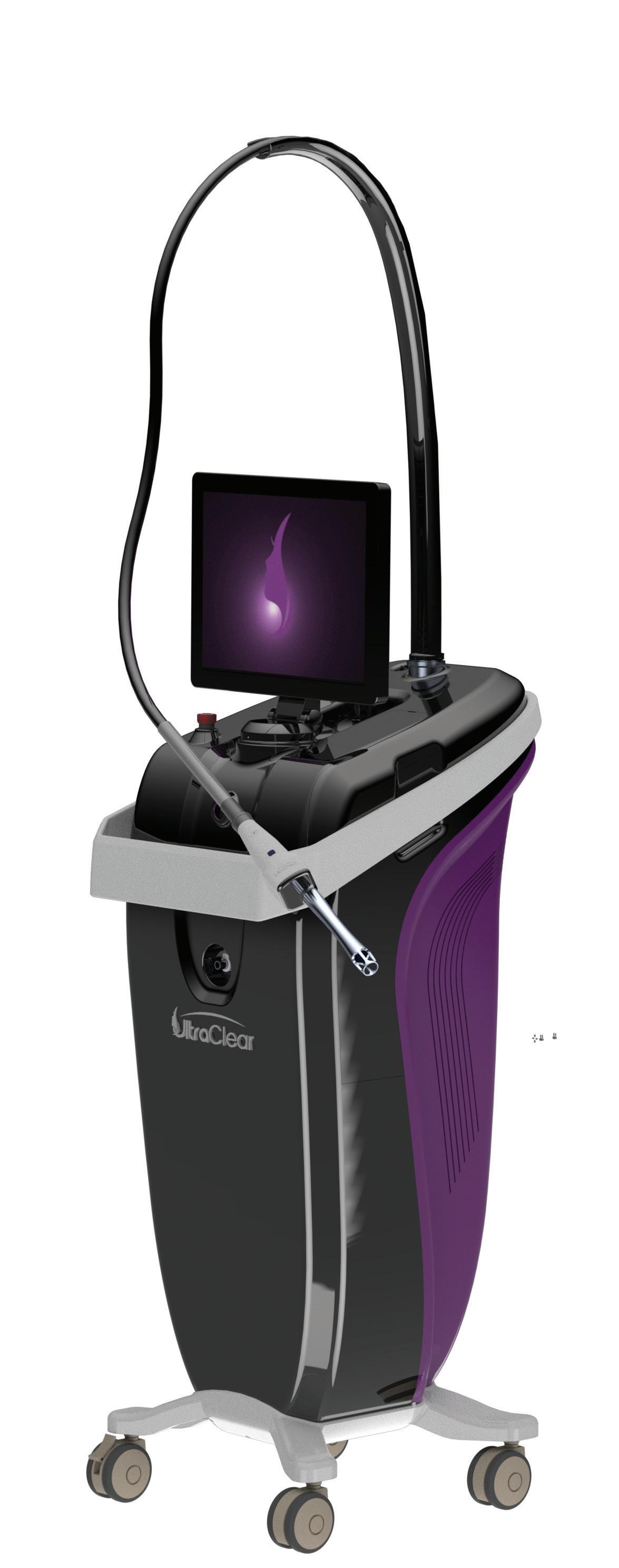
The device is ergonomically favourable and easy to use. Patients typically tolerate the procedure very well and are enthusiastic about treatment outcomes. UltraClear is also delegatable for superficial treatments.
Full face treatment takes less than ten minutes. Deeper, more aggressive treatments take a bit longer but are still easily performed in the office.
Brian S. Beisman, M.D., F.A.C.S. Ultraclear™
Michael H. Gold, M.D. Gold Skincare Nashville, TN, USA
Letybo® (Hugel Aesthetics)
Hugel Aesthetics, one of the leading aesthetic companies in Asia, is poised to bring some very exciting new technologies to North America. This includes Letybo, a new botulinum toxin A product that showed really well in its FDA clinical trials and is now available with its partner, in the EU, Croma. Initial reports have shown high patient satisfaction and results, which are making many people very happy. In the FDA pivotal trials, not only was their great efficacy, but using the FACE-Q assessments, patients found improvements in each and every area studied.
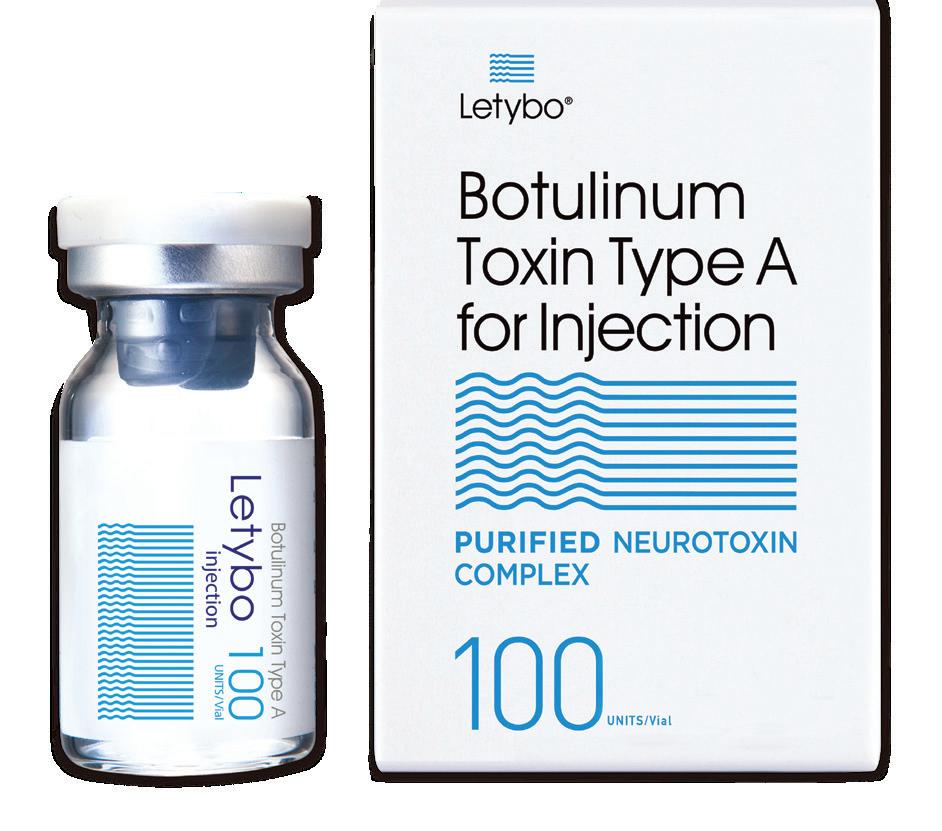
We are all excited for the anticipated FDA approval, and then soon thereafter, new fillers to use in the US market, also which have been extensively studied here in the US. Hugel has a tremendous leadership team of wellschooled industry veterans who plan to bring value to their clients so we, in turn, can enhance the patient experience.

Anil Rajani, M.D. CEO of Style Aesthetics Portland, OR, USA
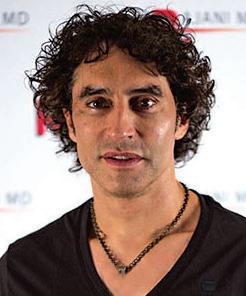

Préime DermaFacial (Sinclair)
As an early adopter of Préime, I’m excited about the device’s potential in my practice. Préime has combined five technologies into one facial platform system. Patients benefit from tailored treatments using active agents combined with vacuum suction to cleanse and hydrate the skin and prepare it for CO2 microdermabrasion that improves skin tone and texture. The next three steps are what make this system superior to anything else on the market — microcurrent for tissue
Brian S. Beisman, M.D., F.A.C.S. 345, 23rd Ave. North Nashville, TN, USA
INDUSTRY INSIDER | NEW PRODUCTS | 18 ❚ September/October 2022 | prime-journal.com
toning, radio frequency for firmer skin, and ultrasound that penetrates active ingredients into the tissue to enhance moisture retention. You can have great ingredients but if they do not reach the target tissues, you will not see results. This system solves that issue by prepping the surface and facilitating delivery. I finally feel like we have solved this problem.
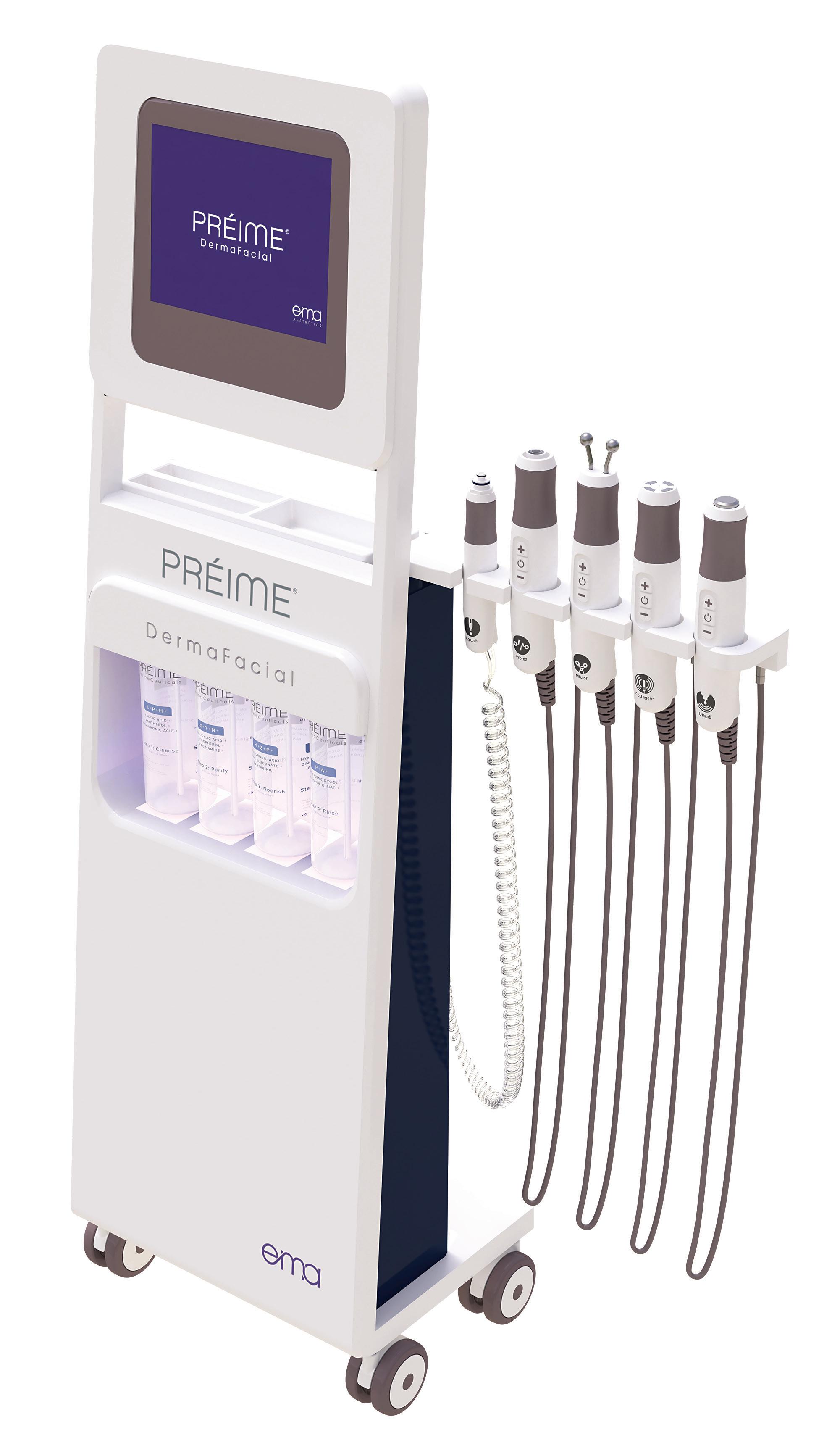
Patients today are chasing Hollywood’s ‘Glass Skin’, so this is another tool for my team to deliver on that super dewy, smooth, hydrated look that will leave the tissue
lifted, healthier, and naturally youthful. Adding systems that allow us to curate treatments to meet the industry’s latest trends while also creating our own unique treatments for patients is a big plus. Préime is also an excellent gateway treatment for upselling and crossselling. Patients come in for a monthly $350 medical facial and my team has an opportunity to educate them on threads, injectables, and laser services.
Raminder Saluja, M.D. Saluja Cosmetic and Laser Center
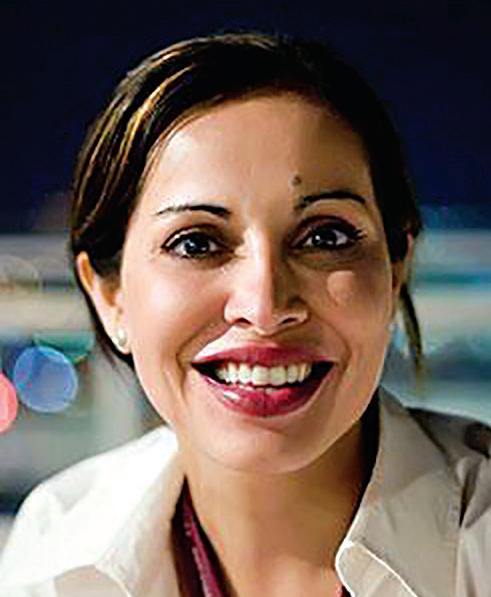
Huntersville, NC, USA
Miracu PDO Threads® (Benev)

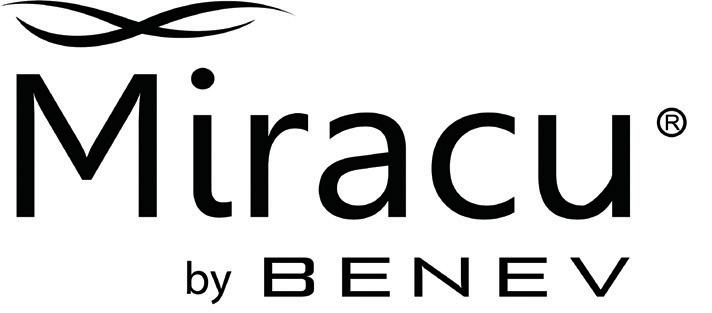
Miracu PDO threads have been a wonderful addition to our practice. Miracu offers a wide array of thread designs with varying diameters and delivery options via a cannula or needle. We have found the thread integrity to be strong and I am confident of nonbreakage during treatment. Miracu continues to innovate on their thread design and their latest thread, Forte Fix, has become a fast favourite in our practice that I use on all cases now. We use it to ‘fix’ the initial lift that we create from the lifting threads. For practitioners who are new to PDO threads, Miracu offers outstanding technical training to bring you up to speed with PDO thread lifts.
My patients like this procedure because it is a minimally invasive technique with a short recovery time that delivers results in a single session.
You can have great ingredients but if they do not reach the target tissues, you will not see results.
Anil Rajani, M.D. Préime DermaFacial
prime-journal.com | September/October 2022 ❚ 19 | NEW PRODUCTS | INDUSTRY INSIDER
For more information: • Cutera.com/solutions/aviclear • Rion Aesthetics.com • Ultraclearlaser.com • Hugel-aesthetics.com • Sinclair.com • Benev.com
Understanding the ageing process across each layer, such as the superficial musculoaponeurotic system (SMAS), skin, and fat, is vital to correctly evaluate and determine a treatment plan when considering the use of energy-based devices, threads, biostimulation or fillers.


prime-journal.com | September/October 2022 ❚ 21
Treatments conducted on the posterior temples9 and lateral face impact the lower face6, or more precisely in the mandible area, as much as treatments in the chin area also improve the submandibular region10



From the patients that presented in our practice over the past 5 years for neck rejuvenation, we observed a clear pattern between those who were happy with their procedure and results. Using the Merz Aesthetics Scales™ score for the neck, it was clear those with a score of three (severe sagging) required treatment across more regions than a patient with a score of two (moderate sagging). In addition, the patient rated three on the scale required therapies across more layers and per area than a patient-
Figure 2 Use the appropriate product
rated two on the scale. Therefore, it is important to understand what the patient really wants, how comfortable they are with the post-procedure downtime, and how much they are willing to invest (in time and money) to get the desired result. Using the Merz Aesthetics Scales for neck volume and neck laxity can help create a visual aid and common ground of reference on what is ‘mild’ and what is ‘severe’ ageing in the region, as well as a guide on volume and laxity.
The seven step approach
In the last 5 years, we developed a systematic way of evaluating a patient’s condition so that our planning became more precise and we could better match the patient’s expectations. Considering that most patients have high expectations of either 3 or 2 point improvement in neck laxity or neck volume (Merz Aesthetics Scales), we developed seven steps to assess the patient and choose the correct techniques to be used in combination:
■ Step 1: Choose the appropriate regions to treat. A general rule is the more severe the ageing, the more areas involved (Figure 1). Also, it is very important to consider individual patient anatomy to understand how the regions in the neck and face impact one another8,9. For example, the treatment of the zygoma area has a significant effect on the mandible area; the same is true of injections to the posterior temples, which impact the lateral face, zygoma, and mandible, thereby impacting the upper neck.
■ Step 2: Choose the appropriate vectors. As ageing progresses, the loss of bone, fat, and skin thickness have an impact on the vectors in the face and neck. For lower face and neck rejuvenation, the vertical and horizontal are more important than the projection (Figure 1B). Specifically for the neck, the vertical vector means either to enhance the vertical height of the mandible or to shorten structures, such as the
Figure 1 Choose the appropriate region and vectors Regions are a basis for neck rejuvenation 1 Posterior temples 2 Zygoma 3 Mandible 4 Neck Facial vectors Gravity Projection Vertical Horizontal A A B B 1 2 4 3 Different treatments in relation to the vectors they strengthen or weaken HORIZONTAL CaHA DILUTE THREADS VERTICAL HA IN BOLUS CaHA IN BOLUS THREADS MFU-V PROJECTION HA IN BOLUS CaHA IN BOLUS LIPOLYTIC DRUGS AESTHETIC FEATURE | NECK REJUVENATION | 22 ❚ September/October 2022 | prime-journal.com


A 35 year old patient that presented for neck rejuvenation before and after HA in bolus on the lower border of the mandible and calcium hydroxylapatite (CaHa) dilute in the lateral face. Results show that the HA promotes vertical displacement, with the arrows illustrating the vertical pull towards the mandible; whereas the CaHa show arrows going towards the tragus in a horizontal manner.

SMAS (platysma and fascia) from the mandible to the clavicle11. While addressing the horizontal vectors would require creating some shortening in the direction of the back of the neck by strengthening the SMAS. The only projection vector that can interfere with the neck is the chin or masseter width enhancement, but this can only be performed in a few individuals.

■ Step 3: Identify the problematic layer, be it bone, fat, muscle, fascia or skin.

■ Step 4: Choose the treatment according to the vectors. Every procedure we do strengthens or weakens a particular vector against gravity. If you use a bolus of HA in the zygoma area, we strengthen the projection effect. In contrast, if you inject CaHA dilute in the lateral face, you strengthen the horizontal vector of the face, or if you inject the same HA in the lower border of the mandible, you strengthen the vertical vector (Figure 2–3).
■ Step 5: Choose the layer to treat according to the best use of the product. Perhaps a product has a better projection capacity if used deep in the
Figure 4 (A) was taken during injection of a patient for projection of zygoma with CaHA in bolus on the bone. (B) was taken during injection of CaHA dilute in subdermal plane for bioestimulation.
Key points
It is important to have a deep understanding of the ageing process across the neck and facial areas in order to achieve the best results

Based on our work over the last 5 years, we developed a 7 step approach to better treat the patient and match their expectations
A maintenance plan should also be included in any post-treatment discussion to ensure long lasting results

supraperiosteal area instead of subdermal. Consider too how you deliver the product, as both a bolus and retrograde technique may convey a unique projection capacity (Figure 4).
■ Step 6: Choose the amount of product to use depending on the severity of ageing (Figure 5).
■ Step 7: Select a maintenance plan depending on the severity of ageing. Once we have completed our step-by-step treatment approach, the essential next step is to follow up with our patients to maintain the results and prevent any complications12. Depending on the procedure, a specific time frame should be respected for immediate and long-term follow-up. For example, filler injections should be followed up the next day with a text or call asking about any lumpiness, pain, bruising or discolouration to ensure there are no complications. On the other hand, there is no sense in following up following a toxin injection after one day; this should happen around day 15, as this is when we see tend to witness the major complications, such as ptosis, asymmetries and lack of any satisfactory result.
Figure 3 The effect of HA and CaHA on facial vectors
BEFORE HA BOLUS
BEFORE CaHA DILUTE
AFTER CaHA DILUTE
AFTER HA BOLUS
CANNULA RETROGRADE
BOLUS NEEDLE
AESTHETIC FEATURE | NECK REJUVENATION | 24 ❚ September/October 2022 | prime-journal.com
Conclusion
Treating the neck can be very complex as two patients seeking neck rejuvenation can have varying degrees of ageing severity, different goals, and different layers involved, the plan and treatment combinations need to be entirely distinct; illustrating how complicated and tricky the decisions for neck rejuvenation can be.
In conclusion, it is essential to be systematic not only in the evaluation of the neck but also when choosing procedures, as each decision can make a difference in the amount of product to be used and the time it will take to get the desired result.
Declaration of interest The author is a consultant and KOL for Merz Aesthetic
JI, Huh CH.
Clinical Implication of the Regional Thickness of the Lower Facial Skin, Superficial Fat, and Superficial Musculoaponeurotic System on High-Intensity Focused Ultrasound Treatment. Dermatol Surg. 2022 May 1;48(5):527-531. doi: 10.1097/DSS.0000000000003393. Epub 2022 Jan 26. PMID: 35093961.
7. Gawdat H, Allam RSHM, Hegazy R, Sameh B, Ragab N. Comparison of the efficacy of Fractional Radiofrequency Microneedling alone and in combination with platelet-rich plasma in neck
rejuvenation: a clinical and optical coherence tomography study. J Cosmet Dermatol. 2022 May;21(5):2038-2045. doi: 10.1111/jocd.14331. Epub 2021 Jul 10. PMID: 34214220.
8. Casabona G, Frank K, Koban KC, Freytag DL, Schenck TL, Lachman N, Green JB, Toni S, Rudolph C, Cotofana S. Lifting vs volumizing-The difference in facial minimally invasive procedures when respecting the line of ligaments. J Cosmet Dermatol. 2019 Aug 12. doi: 10.1111/ jocd.13089. Epub ahead of print. PMID: 31402563.

9. Casabona G, Frank K, Moellhoff N, Gavril DL, Swift A, Freytag DL, Kaiser A, Green JB, Nikolis A, Cotofana S. Full-face effects of temporal volumizing and temporal lifting techniques. J Cosmet Dermatol. 2020 Nov;19(11):2830-2837. doi: 10.1111/jocd.13728. Epub 2020 Oct 5. PMID: 32946624.
10. Vanaman Wilson MJ, Jones IT, Butterwick K, Fabi SG.
of Nonsurgical Chin Augmentation in Full Face

Rejuvenation: A Review and Our Experience. Dermatol Surg. 2018 Jul;44(7):985-993. doi: 10.1097/ DSS.0000000000001461. PMID: 29309340.
11. Gentile RD. Renuvion RF-Helium Plasma for Subdermal Skin Tightening, Facial Contouring and Skin Rejuvenation of the Face and Neck. Facial Plast Surg Aesthet Med. 2020 Jul/Aug;22(4):304-306. doi: 10.1089/ fpsam.2020.0070. Epub 2020 May 5. PMID: 32379988; PMCID: PMC7374633

12. Truswell WH. Complications in Lower Face Rejuvenation: Avoiding, Minimizing, Recognizing, Dealing with Them, and Helping the Patient through the Process of Fixing the Problems. Facial Plast Surg. 2020 Aug;36(4):462-477. doi: 10.1055/s-0040-1713823. Epub 2020 Aug 31. PMID: 32866983.
 Figures
© Dr Casabona
different scores of severity. Our suggested classification according to the scores is
each of these groups.
Figures
© Dr Casabona
different scores of severity. Our suggested classification according to the scores is
each of these groups.
References 1. Cohen JL, Rivkin A, Dayan S, Shamban A, Werschler WP, Teller CF, Kaminer MS, Sykes JM, Weinkle SH, Garcia JK. Multimodal Facial Aesthetic Treatment on the Appearance of Aging, Social Confidence, and Psychological Well-being: HARMONY Study. Aesthet Surg J. 2022 Jan 12;42(2):NP115-NP124. doi: 10.1093/asj/ sjab114. PMID: 33751048; PMCID: PMC8756087. 2. Friedman O, Shamban A, Fabi S, Duncan DI, Artzi O. The Aging neck-A Case base treatment algorithm. J Cosmet Dermatol. 2021 Feb;20(2):569-576. doi: 10.1111/ jocd.13877. Epub 2020 Dec 19. PMID: 33340202 3. Casabona G, Kaye K. Facial Skin Tightening With Microfocused Ultrasound and Dermal Fillers: Considerations for Patient Selection and Outcomes. J Drugs Dermatol. 2019 Nov 1;18(11):1075-1082. PMID: 31738490. 4. Pérez P, Hohman MH. Neck Rejuvenation. 2022 Feb 27. In: StatPearls [Internet]. Treasure Island (FL): StatPearls Publishing; 2022 Jan–. PMID: 32965900. 5. Casabona G, Frank K, Koban KC, Schenck TL, Lopez VP, Webb KL, Hamade H, Freytag DL, Green JB, Cotofana S. Influence of Age, Sex, and Body Mass Index on the Depth of the Superficial Fascia in the Face and Neck. Dermatol Surg. 2019 Nov;45(11):1365-1373. doi: 10.1097/ DSS.0000000000001909. PMID: 30882511. 6. Kwon SH, Ahn GY, Lew BL, Shin JW, Na
Role
1–6
Figure 6 (A) Before and (B) after 1 year of combination treatment: Ulthera®(Merz Aesthetics, Germany), Radiesse® (Merz Aesthetics, Germany) dilute 1:1 and Belotero Soft® (Merz Aesthetics, Germany) taking place on the same day Figure 5 Neck volume at rest 0 NO SAGGING 1 MILD SAGGING 2 MODERATE SAGGING 3 SEVERE SAGGING 4 VERY SEVERE SAGGING Merz® Aesthetic Scales for neck volume at rest highlighting
0–1 = mild; 2 = moderate; 3–4 = severe. The treatment plan should differ in
| NECK REJUVENATION | AESTHETICS FEATURE prime-journal.com | September/October 2022 ❚ 25
INFLAMMATION: THE ARSENAL TO DELAY AGEING IN 2022
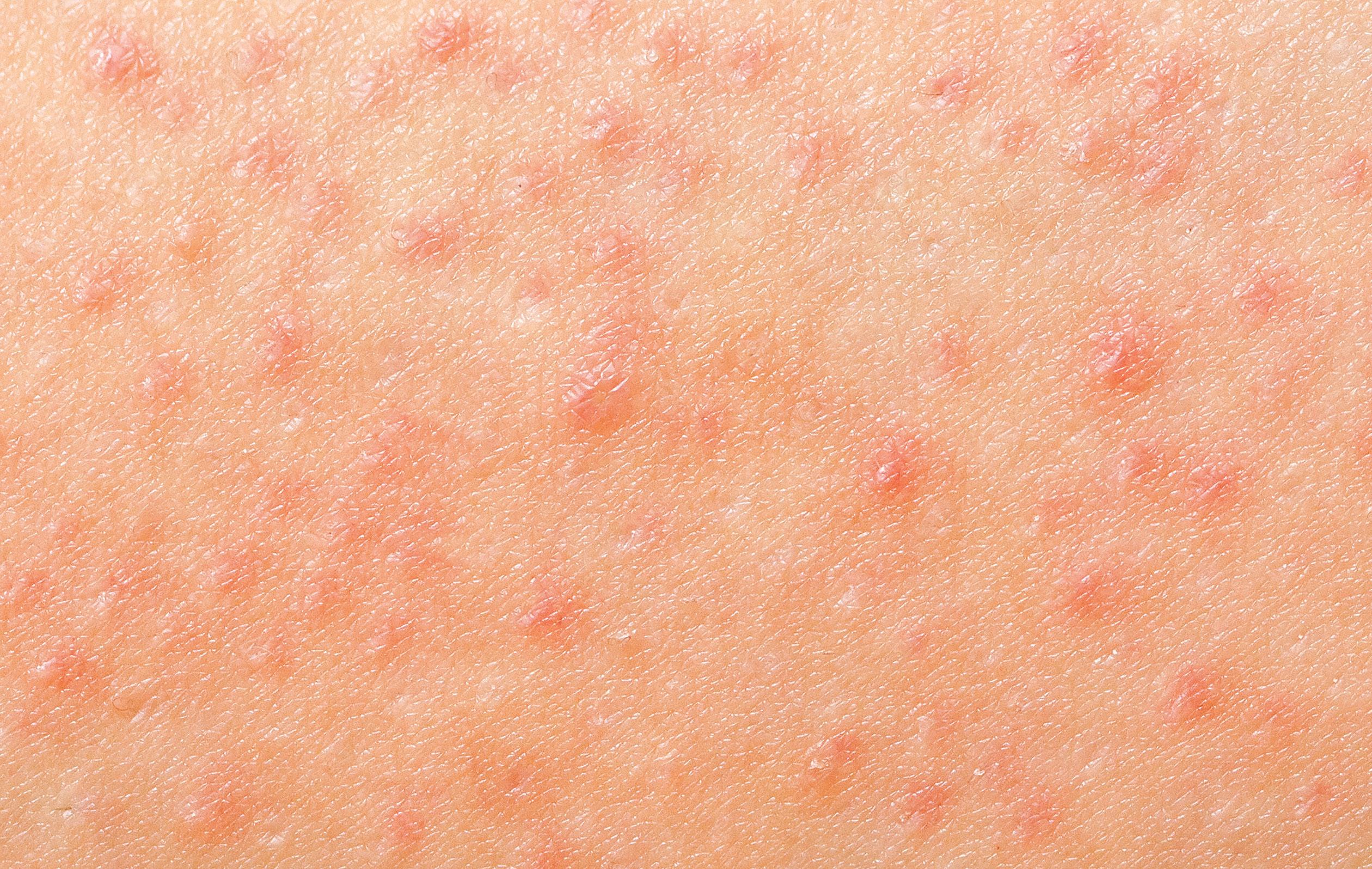
Patrizia A d’Alessio explains why she believes inflammation is the root cause of ageing symptoms and how it can be addressed
ABSTRACT
In our modern world, there is a paradox between our stressful lives and the increase in longevity. The latter should ideally be associated with healthy ageing, which is not always so easy to achieve. Trying to identify the complex immune and metabolic alterations that favour the appearance of ageing traits, researchers have pinpointed chronic (or silent) inflammation as a key factor. This
status, which settles insidiously, is often not recognised as the source of odd pains, insomnia, mood changes or obsessional thoughts. Once acknowledged, three options can be chosen. The first is through medication, i.e. anti-inflammatory drugs that certainly relieve some symptoms but also come with unwanted side-effects. The second involves taking care of the gut. Numerous signals are generated by constant brain-gut exchanges,
also concerning the skin. A healthy gut depends on the action of microbiota, bacterial strains selected by healthy food. Among them, proper nutraceuticals have a place, especially if they are derived from natural products. Finally, a whole range of experiences, from mild exercise to social activities, engage the vagus nerve positively to establish a less inflammatory, more efficient body status, able to cope smoothly with life’s challenges
AESTHETIC FEATURE | INFLAMMATION | 26 ❚ September/October 2022 | prime-journal.com
IOFTEN ASK MYSELF IF THERE IS ANY particular form of inflammation that would specifically accelerate the signs of ageing? It is now acknowledged that disregard for fundamental body physiology, sometimes based on ignorance, as well as sustained stress, can induce a deleterious and ongoing inflammatory state. But does that also mean we can talk to our body and convince it to age gracefully1? How do we nurture our body, which is built on a system of balance yet seems to disobey our wishes? We cannot dismiss the feeling that there is an immense reservoir of unexploited possibilities to succeed in defying the visible ageing process, with its skin alterations, muscle floppiness, joints and brain failure.
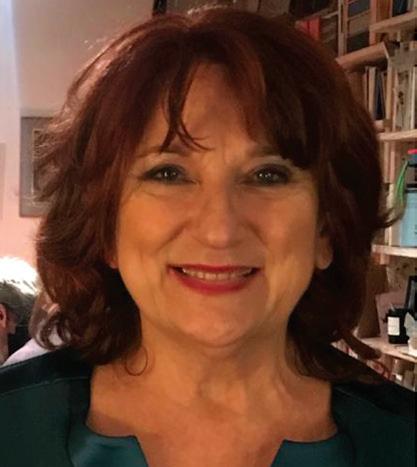
The cause of many diseases that appear with advancing age, be it cancer or neurodegenerative disorders, seem, however, to have little to do with physical impairment. One exception is the digestive system and gut barrier, the compliance of which is essential to immune tolerance and body homeostasis. Of note, a damaged gut barrier, giving rise to the ‘leaky gut syndrome’ with its consequent dysbiosis, can long travel with us, perhaps without our knowledge. Indeed, we tend to ascribe the underlying discomfort,
discrete insomnia or slight depressive state induced by a ‘leaky gut’ to other issues in our lives, such as a stressful job or our personal relationships. Yet, this constant pro-inflammatory status, which can sometimes also be completely asymptomatic, is accompanying us all along. However, decades later, a long-lasting depressive state and systematic sleeplessness will make it impossible to perform, even to concentrate, severely impacting our quality of life.
Inflammation
Although such a silent inflammatory status may accelerate ageing (‘inflammaging’)2, it is clear that associated symptoms can already be expressed at a young age. Up to now, because chronic inflammatory conditions such as auto-immune diseases, skin rashes and/or articular stiffness/pain are classical indicators of ageing, the offer of anti-inflammatory drugs (both steroid and non-steroid), biologics and geroprotectors3 has increased and diversified. Yet, does the current pharmacopoeia and improved knowledge about the relationship between the body and mind offer alternatives? Will stem-cell transfusion — among other bio-objects — cure the nasty fundamental traits of chronic inflammation? Do we have at our disposal more interesting and sensitive approaches?
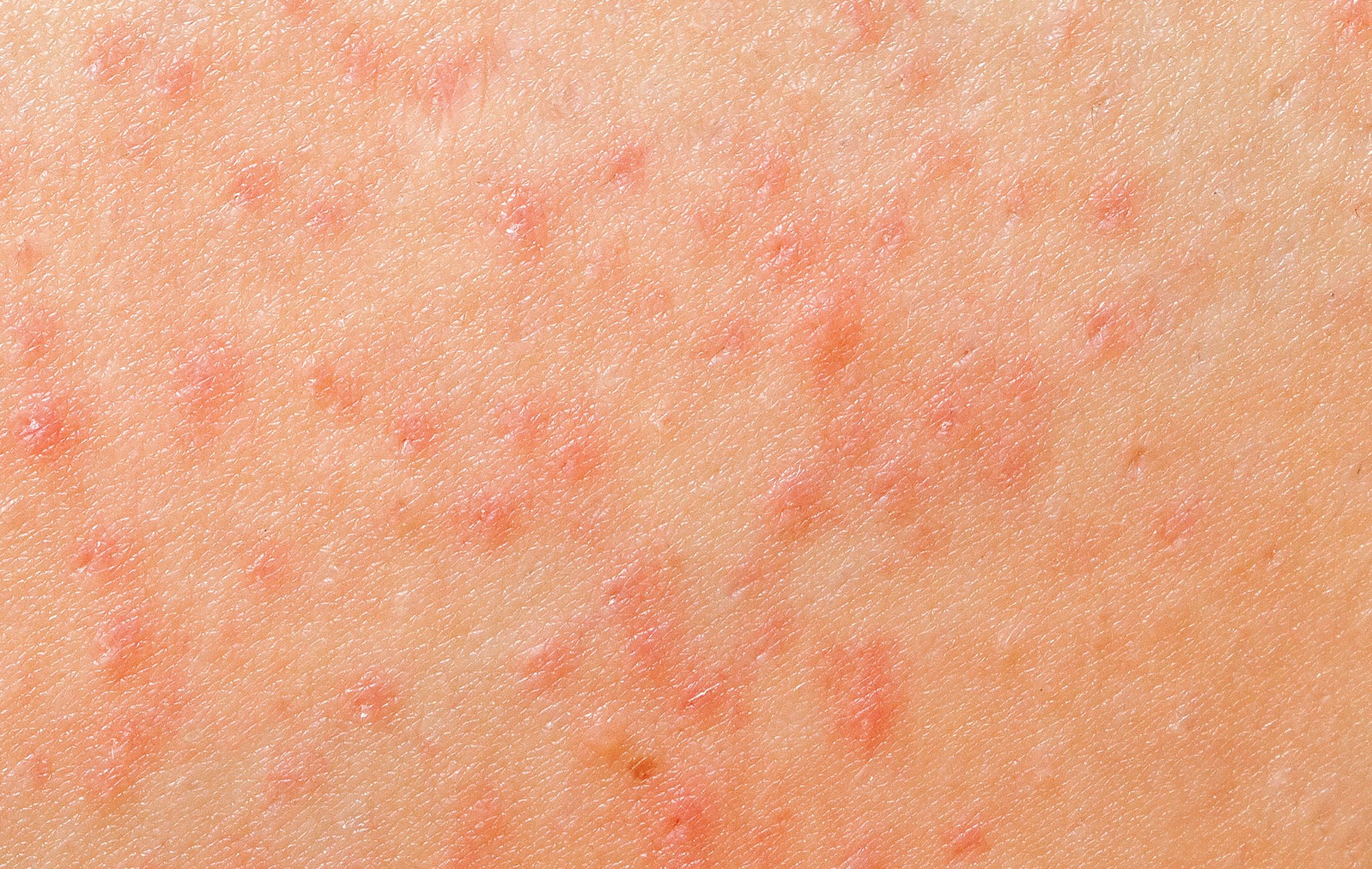
email: patriz.dalessio@gmail.com
KEYWORDS
Inflammation, Gut brian axis, Inflammaging, cytokines
PATRIZIA ANNA D’ALESSIO, MD, PhD is an international expert on biological mechanisms of inflammation, aging and stress, CEO AISA Therapeutics, Évry, France
It is now acknowledged that disregard for fundamental body physiology, sometimes based on ignorance, as well as sustained stress, can induce a deleterious and ongoing inflammatory state.
| INFLAMMATION | AESTHETIC FEATURE prime-journal.com | September/October 2022 ❚ 27
Treatment approaches
In 2022, there are three approaches available to respond to the desire to control the appearance of ageing, maintain fitness, and increase our health span. First, classical anti-inflammatory drugs may provide pain control, fighting a sort of immediate danger. Second, nutritional approaches, beginning with the idea that good fuel will produce a better working machine. Third, an array of activities encompassing cardiac coherence training, physical activity, meditation, contemplation, meeting friends, and, most of all, encountering new faces. Compliance with such a strict agenda, involving an uncompromising discipline in performing all sorts of salutogenic4 rituals, certainly has its merits; however, it does not necessarily turn out to be the panacea. Indeed, taking some risks, being surprised and feeling exhilaration are still the basic ingredients of motivation and pleasure (‘love and scandal are the best sweeteners of tea’, as the British say).
Between classical pharmacologic and more up-to-date qualitative approaches, a novelty in anti-inflammatory/ anti-ageing approaches in 2022 lies with the emergence of bio-objects5, which carry immense promise. They include the near-constant monitoring and control of body functions with connected devices, be it heartbeat, REM sleep frequency, the appearance of skin wrinkles, spots, or redness, as well as concentration, motivation, and mood. We are now accustomed to the sight of joggers monitoring their physical performance through their watch or phone apps. However, devoid of the empathy of the doctor’s experience and advice, many of those indicators can themselves become a source of anxiety instead of reassurance.
In recent years, our idea of ageing has changed, due to people living healthy lives for longer, meaning you can live a very long time in good shape. But how is this possible? If the idea is to preserve the body’s physiological potential, it seems that the most efficient antiinflammatory (and therefore anti-ageing) strategy is operated and preserved by the body itself. Introducing a subtle balance between the three options mentioned above of anti-inflammatory compounds, nutrients and vagus stimulation might well be the key to making the dream of Dorian Grey come true. This would simply involve nurturing the ageing process instead of opposing it; allowing excesses but giving time for recovery periods, forgiving a slight underperformance in the present (either mental
or physical) but training for a better outcome in the future; in a word, make an ally of time instead of struggling against it.
Anti-inflammatory drugs
It has also become clear that drugs in general but certainly anti-inflammatory drugs, so easily prescribed, such as Cox-2 inhibitors, have limits. The cardiovascular side-effects of Rofecoxib — certainly a great innovation — made it clear as early as 2004 that the essential need for an efficacious anti-inflammatory drug would have to be able to inhibit:
■ platelet aggregation
■ over-expression of endothelial adhesion molecules (ICAM-1, VCAM-1) recruiting activated leukocytes, and
■ protect vascular endothelium, the very site of inflammation6–7

Alternately, biologics, an even brighter innovation that has helped so many patients, are solely based on inhibiting inflammation (infliximab, etanercept, adalimumab), indeed attenuating symptoms but not really targeting the root. One example is spondyloarthritis, initiated at the site of the gut barrier due to the development of a ‘leaky gut’ and consequent dysbiosis8 To prevent or revert the course of chronic diseases or ageing processes, a better understanding of eliciting factors, mainly stress and lifestyle issues, with nutrition at the forefront, have to be integrated. Only then will it be possible to allow the body to perform its healing strategies, aided with our collaboration.
Stress and chronic inflammation
Life in our modern society is characterised less by acute stress when compared to ancient times. Chronic stress has become the rule, so the chronic inflammation that ensues is now considered the origin of many diseases, such as depression, hypertension, cancer, and neurodegenerative diseases. In a fascinating way, the same mechanisms that try to respond to traumatic or infectious stress are at work during emotional or psychological stress. But only long-lasting, insidious stress, obsessive thoughts and great psychological pain, such as mourning, are able to maintain a vicious cycle. Then, as soon as stress becomes chronic, chronic inflammation appears.
Classic signs of chronic inflammation are those affecting an individual’s quality of
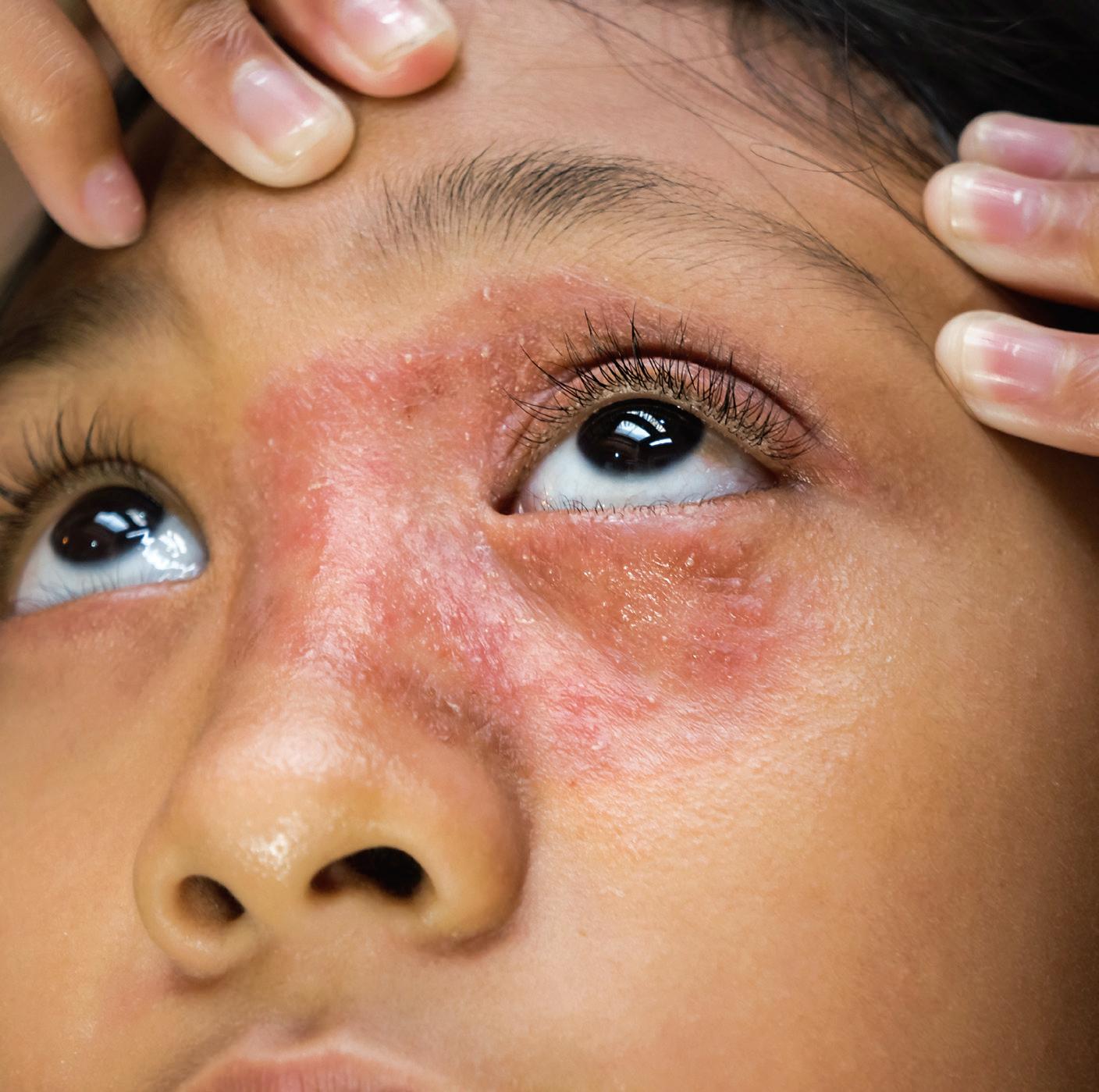
Recently, under the impact of the Covid pandemic, it was recognised that patients with chronic diseases were by far at a higher risk of developing a severe form of the disease.
AESTHETIC FEATURE | INFLAMMATION | 28 ❚ September/October 2022 | prime-journal.com
sleep — such as difficulty falling asleep — as well as mood, with negative or obsessive thoughts. Difficulty concentrating and the appearance of pain without any identifiable underlying pathology are other hallmarks of chronic stress associated with chronic inflammation. Finally, the reluctance to meet others, asociality and isolation appear and inflammation is no longer a useful tool for adapting to our environment.
One particular issue is stress and hypercortisolemia. The latter is caused by the brain’s strategy to cope with stress by inducing cortisol production in order to slow down an acute inflammatory reaction. Yet, after an initial period of compliance, this hypercortisolemia is, in fact, damaging the gut barrier rendering it ‘leaky’. This has ultimately been recognised to be the essential causal factor of many chronic diseases.
Recently, under the impact of the Covid pandemic9, it was recognised that patients with chronic diseases were by far at a higher risk of developing a severe form of the disease. Some attempts were then made to match the inflammatory activity to an associated depressive capacity in consideration of the high impact on mood disorders of the lock-down and of the viral infection itself. This brought forward the reemergence of older drugs, as shown through new studies on Covid patients treated with fluvoxamine alias PROZAC®10, able to prevent hospitalization in acute cases. Conversely, during the Covid period, there were attempts to match the anti-viral activity to an anti-inflammatory one. An inhibitor of the sphingosine-kinase-2 (SK-2)11 with anti-inflammatory activity in auto-immune diseases, associated with anti-viral effects, was launched by an Israeli start-up during the summer of 2021. Israel was practically the first nation to officially stand for an antiinflammatory approach matched to the vaccine strategy, the latter being more or less efficacious.
Inflammatory cytokines
Leaving for a moment the gut barrier and placing the etiopathogenesis of chronic inflammation aside, let us address this ‘out of proportion inflammatory response to the virus.’12 We certainly need to deal with proinflammatory cytokines, which are an issue in and of themselves. In fact, in our understanding, sudden cytokine hyper-reactivity may have revealed an underlying dysfunction, so that out of control cytokine activity when developing Covid symptoms might be a consequence and not the cause. Not being able to cope with such an ancient virus, well known by humanity, although in the form of a new variant, revealed an important and already established failure of certainly mucosal but also innate immunity.
When it comes to pro-inflammatory cytokines, recent drug discovery is on track: anti-cancer botanical bi-
In our understanding, sudden cytokine hyper-reactivity may have revealed an underlying dysfunction, so that out of control cytokine activity when developing Covid symptoms might be a consequence and not the cause.
terpenes by Pierre Potier13 were re-discovered under the form of monoterpenes by Pamela Crowell14 and their hidden anti-inflammatory properties even reversing cell senescence were identified by the author15. As for the cytokine issue, it seems indeed to be efficiently counter-acted by monoterpenes16. Contained in botanical and food constituents, they can be offered as nutraceuticals and cosmeceuticals, creating a whole new market for sensitive individuals.
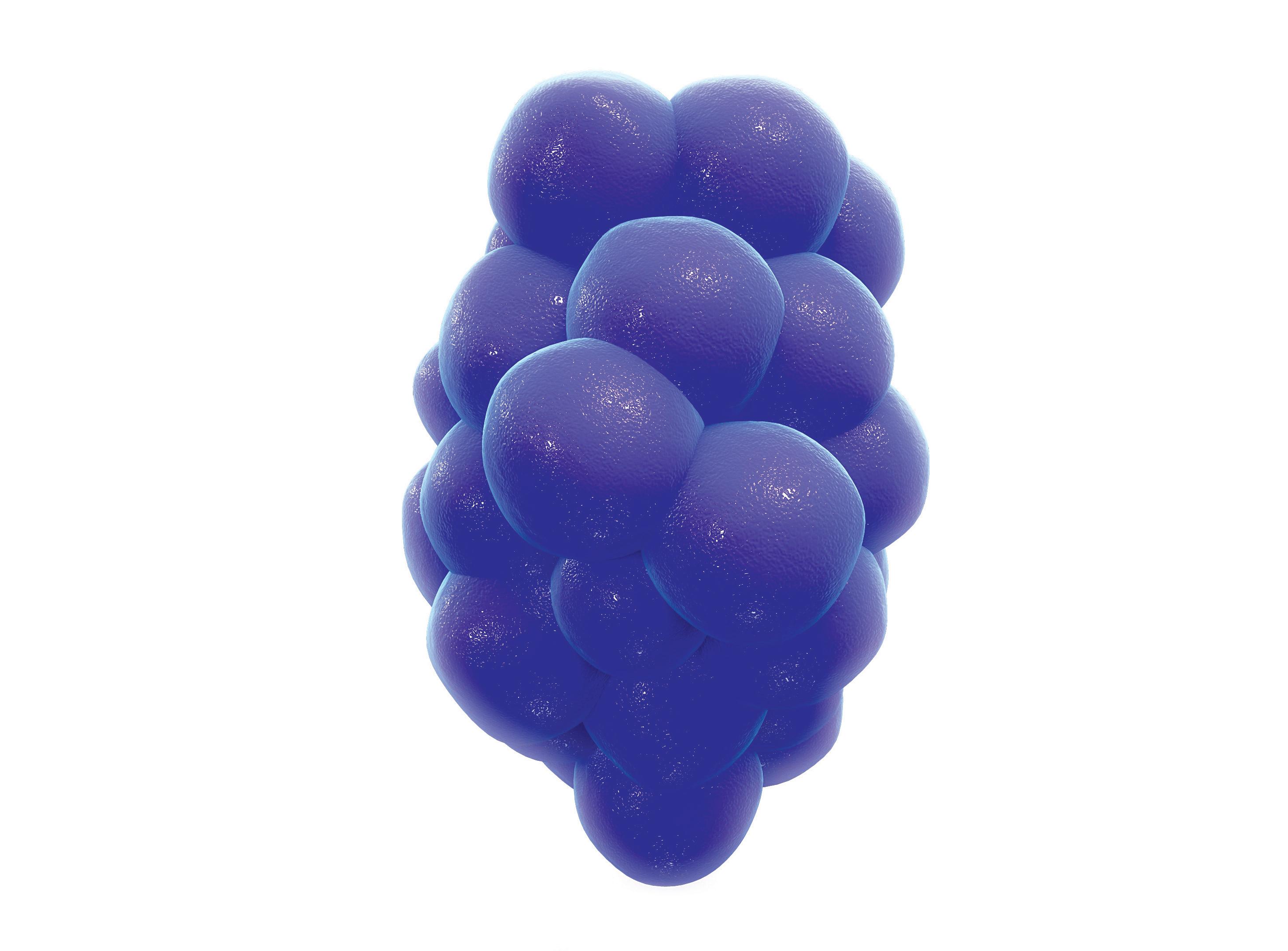
Vagus stimulation
With the gut-brain axis being the major source of systemic inflammation, compromising microbiota-driven antiinflammatory strategies, the only anti-inflammatory and deeply repairing system that remains available for the restoration of health and beauty of the skin is the activation of the vagal system.
Stimulating the vagus nerve involves quite trivial actions, such as indulging in a taste you like, or receiving an affectionate skin touch from a friend. Social grooming, watching a healing image, controlled breathing consistent with cardiac coherence or even listening to enchanting sounds all potently induce vagal activity. These activities, which can be summarised by the term ‘pleasures’, activate the vagal system, induce relaxation and repair, accompanied by a decrease of all biochemical markers of inflammation17. In that line, we find an array of mobilisation therapies (kinesiology, osteopathy, fasciatherapy18, Feldenkrais) without forgetting balneotherapy and heliotherapy, which were so in vogue at the beginning of the 21st century.
Also, moderate exercise is important, inhibiting agerelated inflammation19, whereby the post-exercise sponge effect is able to change the physical quality of the water in our bodies from bulk water to bound water20 This reminds us of the presence of electro-negative or positive ions in the electromagnetic environment of our body.
What we can also do consists of stimulating the body’s capacities, which in turn paradoxically means resting, perhaps the most difficult posture for our busy, modern lifestyles. Resting allows the body to mobilise resources to activate restoring and repairing programmes. Rest also reduces the daily time spent consuming food21, which is, in effect, one of the best anti-ageing strategies because it re-enables a troubled (erratic eating) metabolic circadian rhythm.
Conclusions
The rise in somatization in dermatology patients, such as intermediate psoriasis, eczema, atopic dermatitis or
| INFLAMMATION | AESTHETIC FEATURE prime-journal.com | September/October 2022 ❚ 29
The rise in somatization in dermatology patients, such as intermediate psoriasis, eczema, atopic dermatitis or acne rosacea, appears to be due to the combination of emotional and nutritional dead ends.
acne rosacea, appears to be due to the combination of emotional and nutritional dead ends. Their growing incidence clearly shows that there is an unmet need, even more pronounced with the presumed efficacy of so many ‘anti-ageing’ tools when it comes to skin appearance. In this field, injections have quite interestingly begun to be bypassed and replaced by more ‘friendly’ interventions to lift and light up the skin.
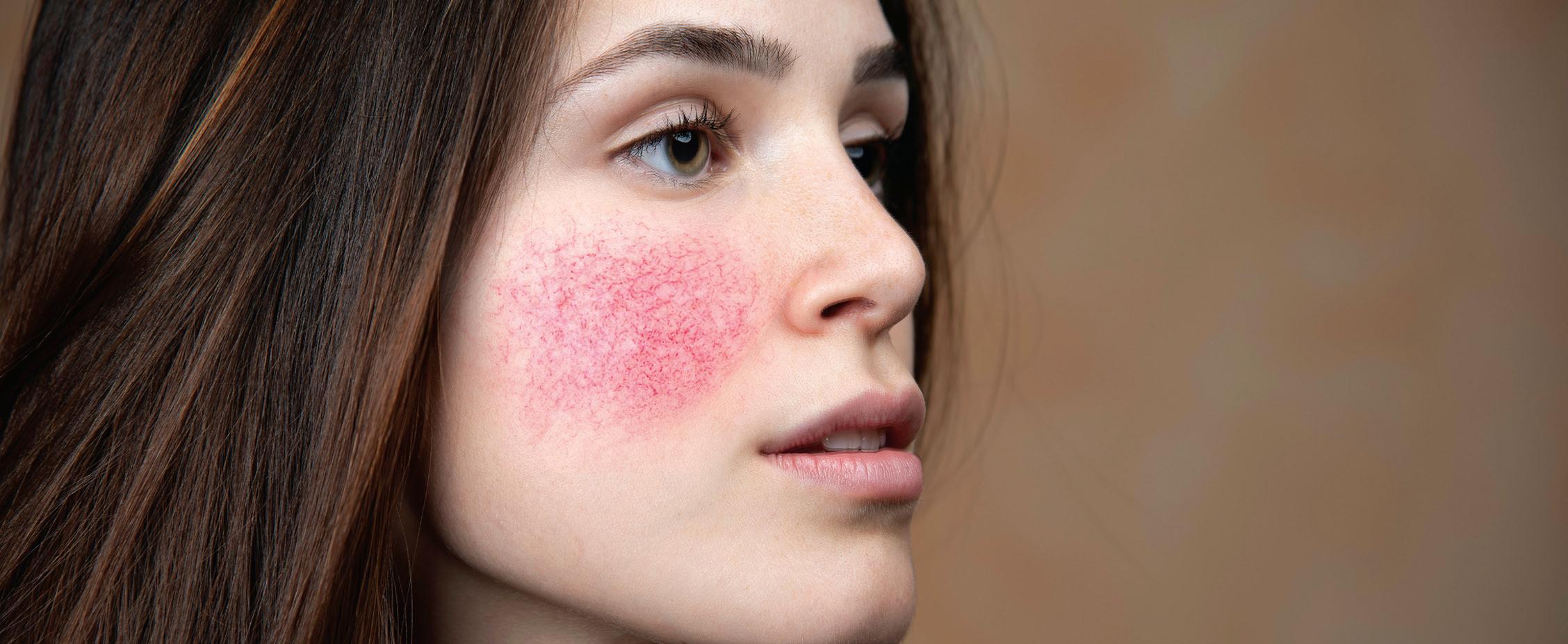
There is indeed an area of confluence between endogenous anti-inflammation and nutrition that demands to be unravelled and exploited. Help comes from the understanding of psycho-biotics22 and the potent anti-inflammatory effect of food due to the neuroactive potential of microbiota23. In this frame, unleashing the human potential of culinary activity should not be overlooked. Cooking has indeed allowed us to stop being migrants and has installed a sedentary lifestyle. The latter allowed us to grow crops, perform the transformation of indigestible nutrients and develop knowledge about spices and thus drugs.
As mentioned above, food choices have an influence on gut de-inflammation by selecting the beneficial bacterial strains of our microbiota, mostly those
Key points
Stress and chronic inflammation together generate a global body-mind status that can lead to the rapid onset of ageing
In order to counter stress and chronic inflammation entails nutrition and stimulation of the vagus nerve
Maintaining a healthy gut is key to restoring youth by resetting the gut–brain–skin axis
generating SCFA. Indeed, the ingestion of cellulose fibres (pre-biotics), as well as probiotics (yoghurt, cheese), favours the growth of beneficial bacterial strains such as Bifidobacteria, Clostridium, Enterobacterium, Enterococcus, Ruminococcus, and Roseburia24
Pre- and pro-biotics have been dubbed ‘psychobiota’22 because their combined action has been shown to reverse anxiety and depression in animal and human studies24
To conclude, the ideal anti-inflammatory drug, nutraceutical, technology or practice would deal with the gut barrier first8. This could be performed by monoterpenes. They have indeed been demonstrated to protect and repair the gut barrier, stop the generalisation of inflammation, inhibit inflammatory cytokines and, as a consequence of decreasing neuro-inflammation, enhance mood and contribute to slowing the ageing process25
Declaration of interest None
Lancet 2020;396:874.
10. Reis G, Dos Santos Moreira-Silva EA, Medeiros Silva DC, et al. Effect of early treatment with fluvoxamine on risk of emergency care and hospitalisation among patients with COVID-19: the TOGETHER randomised platform clinical trial. Lancet Glob Health 2021;S2214-109X:448–454.
11. Llevitt M. Opaganib, a sphingosine kinase-2 (SK2) inhibitor in COVID-19 pneumonia: a randomized, double-blind, placebo-controlled phase 2/3 study, in adult subjects hospitalized with severe SARS-CoV-2 positive pneumonia. Available at: Clinicaltrials.gov [Last accessed 21 August 2021]
12. Caricchio R, Gallucci M, Dass C et al. Preliminary predictive criteria for COVID-19 cytokine storm. Ann Rheum Dis 2021;80:88-95.
13. Potier P, Guéritte-Voegelein F, Guénard D. Taxoids, a new class of antitumour agents of plant origin: recent results. Nouv Rev Fr Hematol 1994;36:Suppl 1:S21-3.
14. Crowell PL, Lin S, Vedejs E, Gould MN. Identification of metabolites of the antitumor agent d-Limonene capable of inhibiting protein
isoprenylation and cell growth. Cancer Chemother Pharmacol 1992;31:205–212.
15. d’Alessio PA, Béné MC. AISA can control the inflammatory facet of SASP. Mech Ageing Dev 2020;186:111206.
16. Quintans JSS, Shanmugam S, Heimfarth L, et al. Monoterpenes modulating cytokines - A review. Food Chem Toxicol 2019;123: 233–257.
17. Reardon C. Neuro-immune interactions in the cholinergic anti-inflammatory reflex. Immunol Lett. 2016; 178: 92-96
18. Queré N, Noël E, Lieutaud A, d’Alessio P. Fasciatherapy combined with pulsology induces changes in blood turbulence potentially beneficial for the endothelium. J Body Mov Ther. 2009;13:239-245
19. Bianchi A, Marchetti L, Hall Z, et al. Moderate exercise inhibits age-related inflammation, liver steatosis, senescence, and tumorigenesis. J Immunol. 2021;206:904-916.
20. Del Giudice E, Spinetti PR, Tedeschi A. Water dynamics at the root of metamorphosis in living
organisms, Water 2010;2:566–586.
21. Peeke PM, Greenway FL, Billes SK, Zhang D, Fujioka K. Effect of time restricted eating on body weight and fasting glucose in participants with obesity: results of a randomized, controlled, virtual clinical trial Nutr Diabetes 2021;11:6.
22. Sarkar A, Lehto SM, Harty S, Dinan TG, Cryan JF, Burnet PWJ. Psychobiotics and the manipulation of bacteria-gut-brain signals. Trends Neurosci 2016;39:763-781.
23. Valles-Colomer M, Falony G, Darzi Y, et al. The neuroactive potential of the human gut microbiota in quality of life and depression. J Nat Microbiol 2019;4:623-632.
24. Bourassa MW, Alim I, Bultman SJ, Ratan RR. Butyrate, neuroepigenetics and the gut microbiome: Can a high fiber diet improve brain health? Neurosci Lett. 2016;625:56-63
25. d’Alessio PA, Béné MC, Menut C. d-Limonene challenging anti-inflammatory strategies. AIMS Molecular Science 2022;9:46-65
References 1. Duntas L. Gracefully aging. Keynote lecture at the XX AMWC, Monaco 2022. 2. Franceschi C, Campisi J. Chronic inflammation (inflammaging) and its potential contribution to age-associated diseases. J Gerontol A Biol Sci Med Sci 2014;69: S4–S9. 3. Proshkina E, Plyusnin S, Babak T, et al. Terpenoids as potential geroprotectors. Antioxidants (Basel) 2020;9: 529. 4. d’Alessio PA. Salutogenesis and beyond. Dermatol Ther 2018; 32:e1278. 5. Lafontaine C. Les bio-objects, Seuil, 2021. 6. d’Alessio P. Endothelium as pharmacological target. Curr. Op. Invest. Drugs 2000;2:1720-1724. 7. d’Alessio P. Aging and the endothelium. J Exp Gerontol 2004;39:165-171. 8. d’Alessio PA. The Gut-brain axis is relevant to skin aging. PRIME 2020;10, 36-42. 9. Horton R. Covid-19 is not a pandemic.
AESTHETIC FEATURE | INFLAMMATION | 30 ❚ September/October 2022 | prime-journal.com

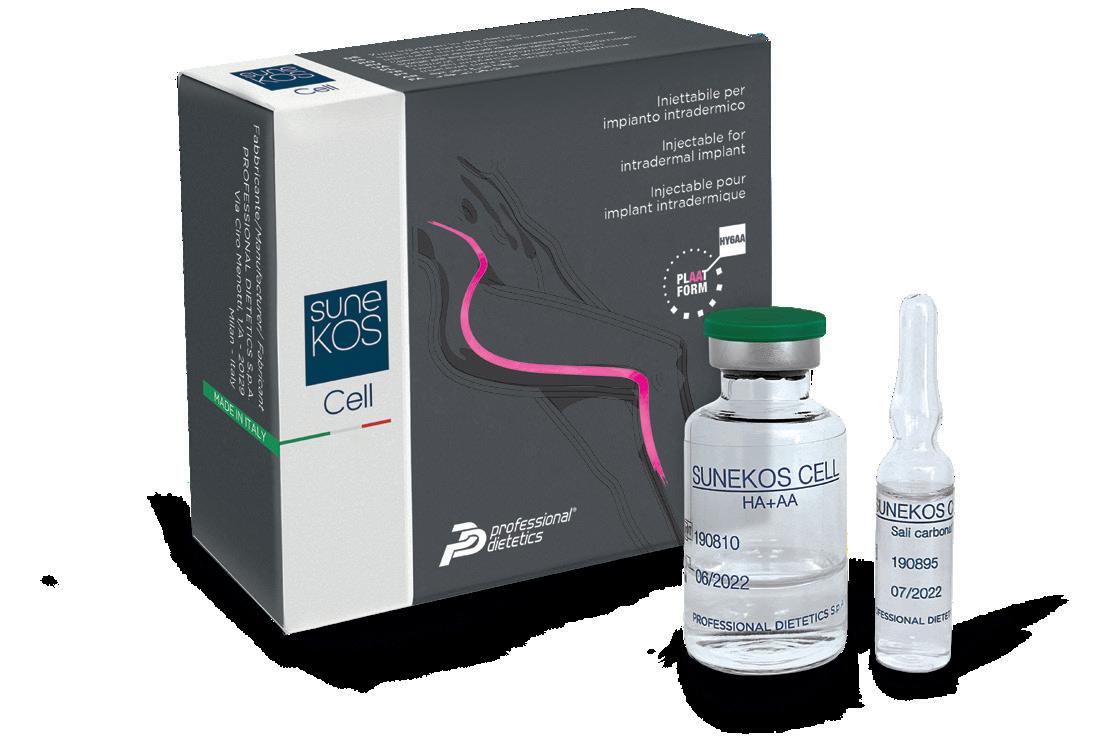
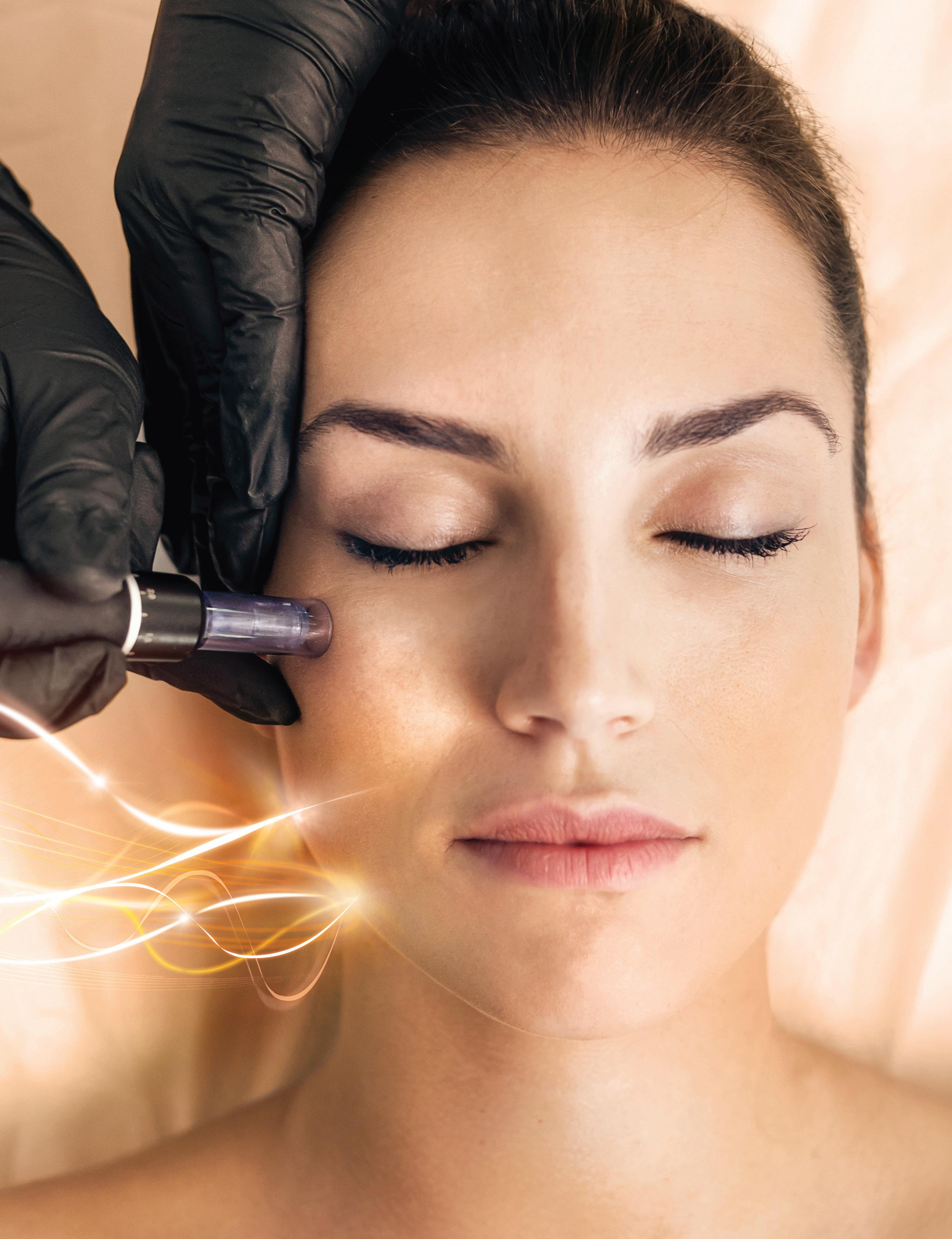

32 ❚ September/October 2022 | prime-journal.com
A COMBINATION APPROACH TO FULL-FACE
REJUVENATION
Ginevra Migliori discusses using a combination of ultrasound, microneedling and biostimulation to achieve full face rejuvenation

ABSTRACT
Ageing of the face and neck is a complex process involving all the tissues and anatomical structures in the area. Traditionally every aspect of ageing is treated separately according to a multi-step treatment plan. In the last few years a new approach based on the combination of two or more procedures has emerged in order to target the ageing structures at the same time.
We introduced a novel non-invasive combined protocol designed to target both skin laxity and skin ageing of the midface, lower face and upper neck by performing microfocused ultrasound, biostimulation, calcium hydroxylapatite mixed with a cross-linked CPM HA, and
OVER THE LAST DECADE, MANY NON invasive techniques for face and neck rejuvenation have been described as single treatments targeting the various aspects of ageing.
However, many studies have also been published on the effectiveness and safety of combined approaches in terms of better and longer-lasting outcomes1,2. There is also evidence that multiple treatments performed during the same session can increase results exponentially when compared to the same procedures performed across a number of sessions2
We describe a novel combined protocol designed to target both skin laxity and skin ageing.
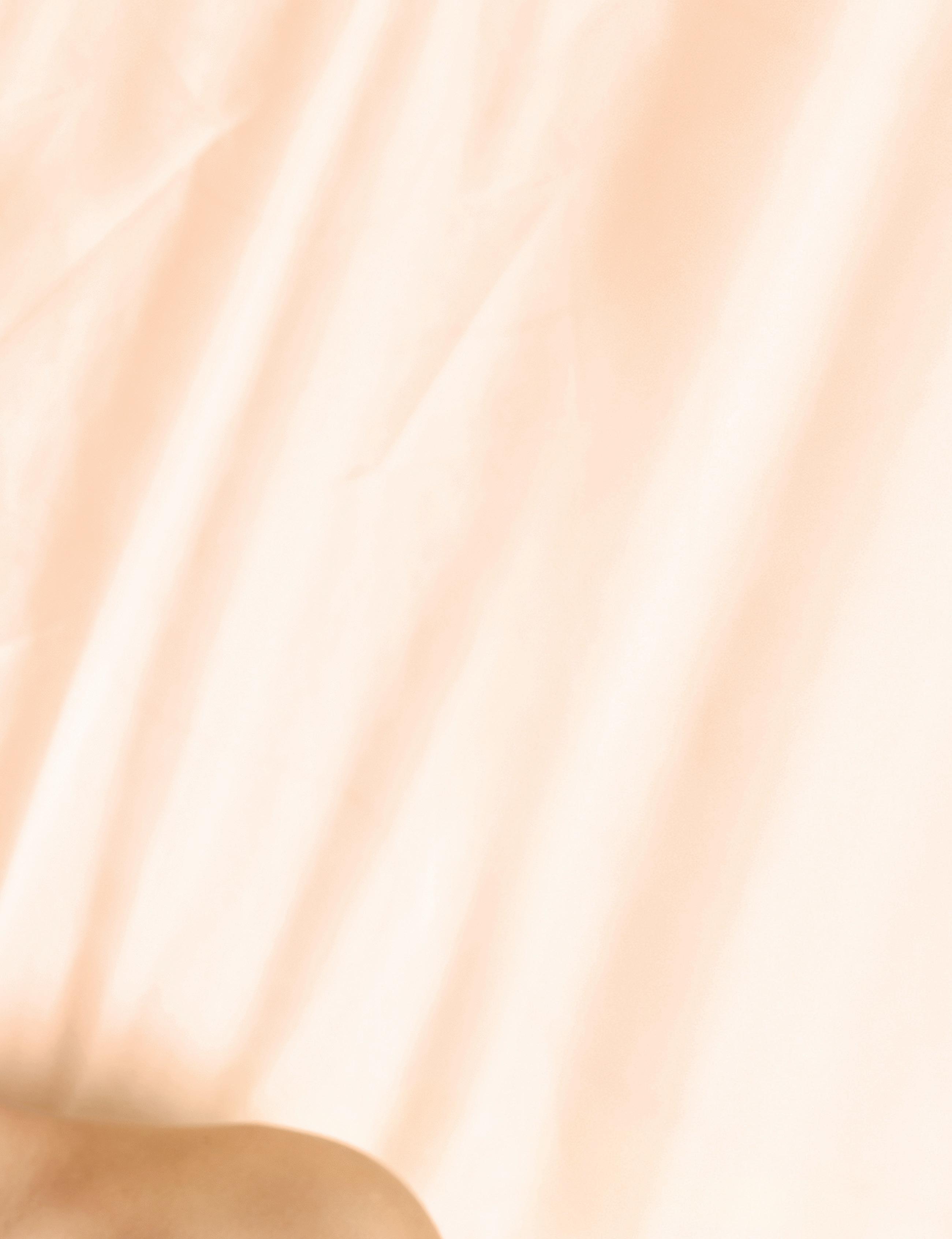
Materials and methods
This is a retrospective study analysing 20 female patients between 35 and 76 years of age (average age of 54).
Patients had received no other treatments in the previous 6 months and were not affected by autoimmune or other significant diseases, such as cardiovascular, oncologic, or metabolic.
microneedling. An evaluation was carried out 4 months after the procedures by two independent physicians through before and after photographs and the Merz Aesthetic scales of the jawline and neck at rest. There was a 1 point-improvement on the Merz Aesthetic Scales of the jawline in 95% of cases and 90% of cases for the neck at rest aesthetic scales.
For patients in grades 1 and 2 of the Merz Aesthetic Scales, this has been demonstrated to be an effective approach as a single procedure to achieve a good and satisfactory rejuvenation of the face and upper neck. For patients in grades 3 and 4 it might be advisable to add more treatments as a second stage and/or add more IFU lines.
Patients presented with ptosis of the middle-lower face and the upper neck. The present study aims to evaluate this protocol’s effectiveness in improving the skin laxity of the lower face, jawline, and neck, as well as skin quality related to evenness and pigmentation.
An evaluation was performed prior to treatment and 4 months after by two independent physicians using before and after photographs as well as by referring to the Merz Aesthetic Jawline and Neck At Rest Scales. In five cases, we also performed VISIA (Canfield Scientific, Inc, Parsippany, NJ, USA) imaging of the area.
We approached two independent physicians to analyse the photographs and match them to the pre- or post-op groups. They were also asked to evaluate the improvement by referring to the Merz Aesthetic Jawline and Neck At Rest Scales.
Subjects were assessed for the occurrence of adverse events in order to evaluate the safety of the protocol.
Before commencing the procedure, an anaesthetic peel-off cream containing lidocaine 70 mg/g and tetracaine 70 mg/g is applied to the treatment area. We would wait at least 50 minutes from the application of
KEYWORDS
full face rejuvenation, microfocused ultrasound, biostimulation, HA, hyaluronic acid, microneedling
The present study aims to evaluate this protocol’s effectiveness in improving the skin laxity of the lower face, jawline, and neck, as well as skin quality related to evenness and pigmentation.
GINEVRA MIGLIORI, MD Plastic Surgeon, Massa, Italy email: info@ginevramigliori.it
| FULL FACE REJUVENATION | AESTHETICS FEATURE prime-journal.com | September/October 2022 ❚ 33
Figure
100% 90% 80% 70% 60% 50% 40% 30% 20%
100% 90%
BEFORE AFTER
the anaesthetic before proceeding with the treatment. The protocol combines four different steps, all performed on the same day.
■ Microfocused ultrasound with real-time tissue visualisation (Ulthera®, Merz Pharma GmbH, Frankfurt, Germany) is delivered using the 3 mm/7 MHz transducer, the 4.5 mm/4 MHz transducer and the 1.5 mm/10 MHz transducer3,4. On average, we delivered 362 lines per treatment to the middle-lower
Microfocused ultrasound with real-time tissue visualisation (Ulthera®, Merz Pharma GmbH, Frankfurt, Germany) is delivered using the 3 mm/7 MHz transducer, the 4.5 mm/4 MHz transducer and the 1.5 mm/10 MHz transducer3
BEFORE AFTER
thirds of the face and the upper neck; this was achieved by using an average of 45 lines with the 1.5 mm/10 MHz transducer, 190 with the 3 mm/7 MHz transducer, and 128 with the 4.5 mm/4 MHz transducer
■ The next stage involved biostimulation without a needle with 1.5 cc of a patented gel containing trichloroacetic acid (TCA) 33%, hydrogen peroxide (H2O2), and kojic acid (PRX-T33®, WiQomed, Trieste, Italy). After Massaging the product into the skin, we rinsed off the gel and disinfected the skin to prepare it for infiltration
■ Infiltration of 1.5 cc diluted calcium hydroxylapatite mixed with cross-linked Cohesive Polydensified Matrix® (CPM®) HA 20 mg/ml plus 17.5 mg/ml of glycerol. One vial of calcium hydroxylapatite and two vials of HA were used for each half of the face (middle and

Figure 2 Neck before/after Highlights the percentage assigned to each grade of the Merz Aesthetic Neck scale
80% 70% 60% 50% 40% 30% 20% 10% 0
0% 20% GRADE 0 20% 50% GRADE 1 55% 20% GRADE 2 15% GRADE 3 0% 10%10% GRADE 4
1 Jawline before/after Highlights the percentage assigned to each grade of the Merz Aesthetic Jawline scale
10% 0
20% 75% GRADE 1 50% 25% GRADE 2 30% 0% GRADE 3 0% 0% GRADE 4
AESTHETIC FEATURE | FULL FACE REJUVENATION | 34 ❚ September/October 2022 | prime-journal.com
lower thirds) and the corresponding half of the upper neck (assuming that each half has approximately an area of 10x10 cm2). We used a 22G 70 mm length cannula after injecting at the entry points 0.1 cc of lidocaine 2% and epinephrine 1:200.000. With a Luer-lock connector, we mixed 1.5 cc of calcium hydroxylapatite, 1 cc of CPM HA and 1.5 cc of lidocaine 2%. We would then perform at least 20 passes
■ The final stage involves microneedling at a depth between 0.25 and 1 mm; with 20 passes on each area and topical application of a sterile HA serum or brightening serum (containing resveratrol, alphalipoic acid, vitamin C, malic acid, lactic acid, salicylic acid, kojic acid, gallic acid, ferulic acid, glycyrrhetinic acid) in case of pigmentation.
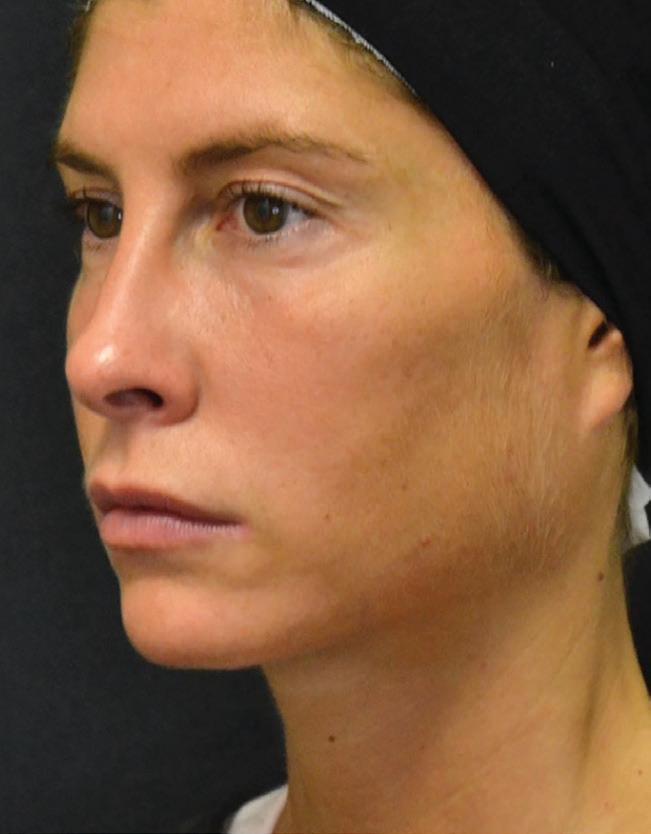
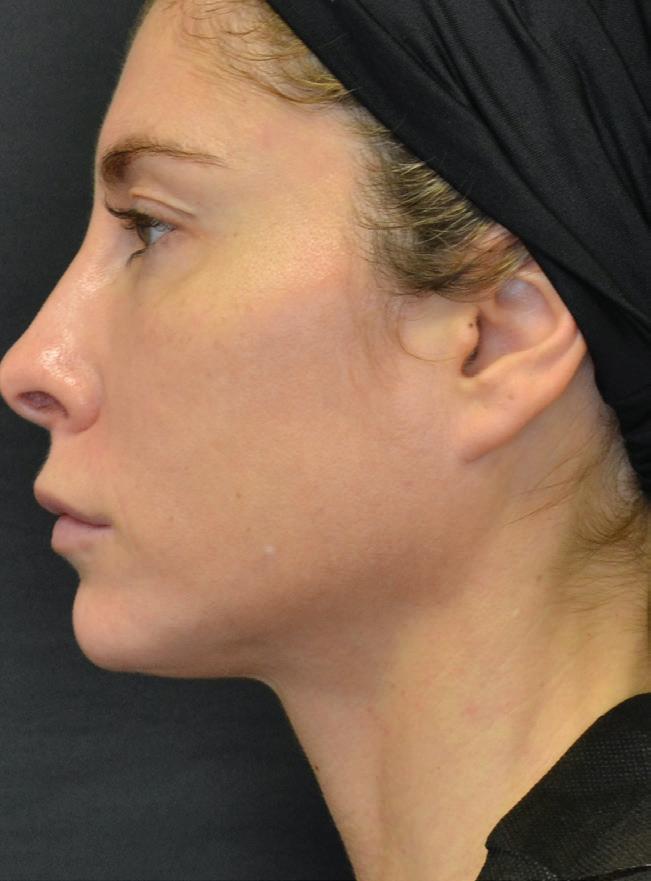
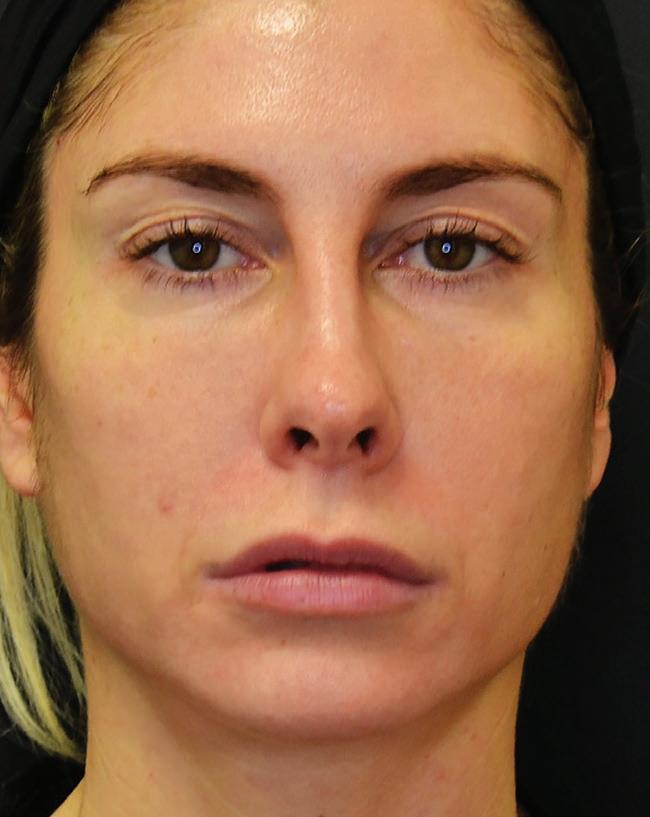
Results
The follow-up was conducted 4 months after the procedure. During the physician assessment, a correct match between the before and after pictures was achieved in 97% of cases.
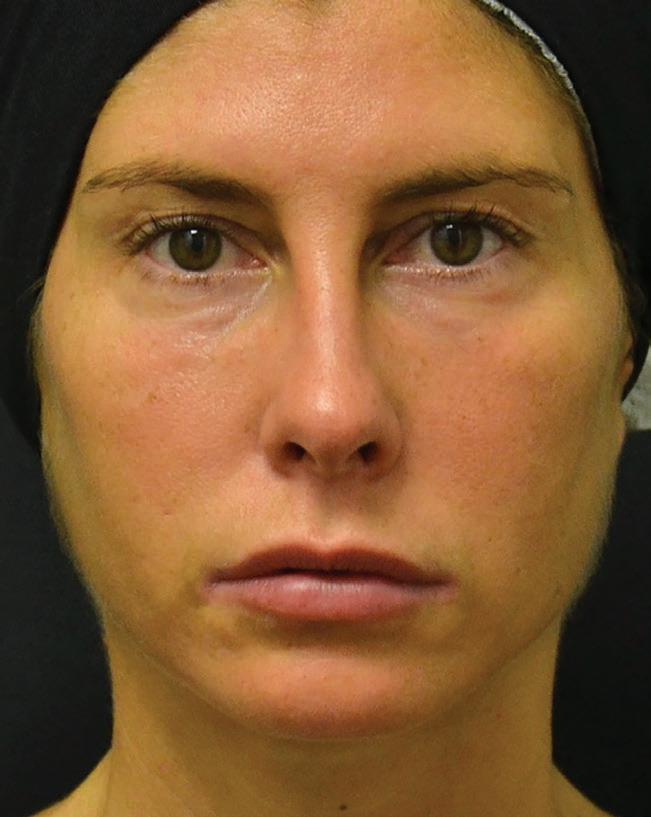
Referring to the Jawline Scale before the treatment, no cases were assigned a grade zero, while 20% of patients were assigned to grade one, 50% to grade two, and 30% to grade three; no cases were assigned to grade four. After the treatment, 75% of patients were judged to belong to grade one, 25% to grade two, while no cases were assigned to grades three or four (Figure 1).
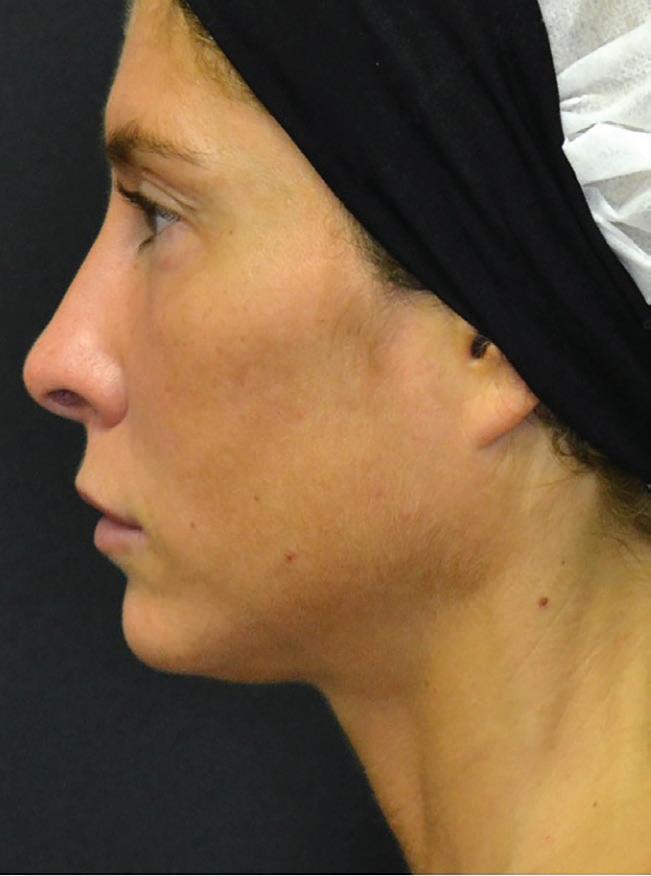
In regards to the Neck at Rest Scale, before the treatment, no cases were assigned to grade zero, while 20% were assigned to grade one, 55% to grade two, 15% to grade three, and 10% to grade four. After the treatment, 20% of patients were judged to belong to grade zero, 50% to grade one, 20% to grade two, no cases were assigned to grade three, and 10% to grade four (Figure 2). In total, 95% of cases obtained a 1-point improvement on the Jawline Scale, while 90% achieved the same on the Neck at Rest Scale.
Of the 5 cases analysed with VISIA, we found a 40.5 percentile improvement in skin evenness and a 51.5 percentile improvement in pigmentation.
No major complications were found (neuropraxia and other nerve function impairment, skin burns, prolonged swelling, infection), but only minor complications (minor swelling, bruising, mild pain at pressing on the areas, skin redness and dryness) with a spontaneous resolution within 5–7 days.
Discussion
The individual procedures chosen to create the present protocol aim to both improve skin laxity with a lifting effect and improve the quality of the skin in the treated area.
The role of diluted calcium hydroxylapatite for skin tightening has been described5,6 in the literature, while the association between microfocused ultrasound and calcium hydroxylapatite in the same session has already been described and demonstrated to be a safe and effective method to improve skin laxity and quality.7 Indirect properties of TCA to stimulate collagen and
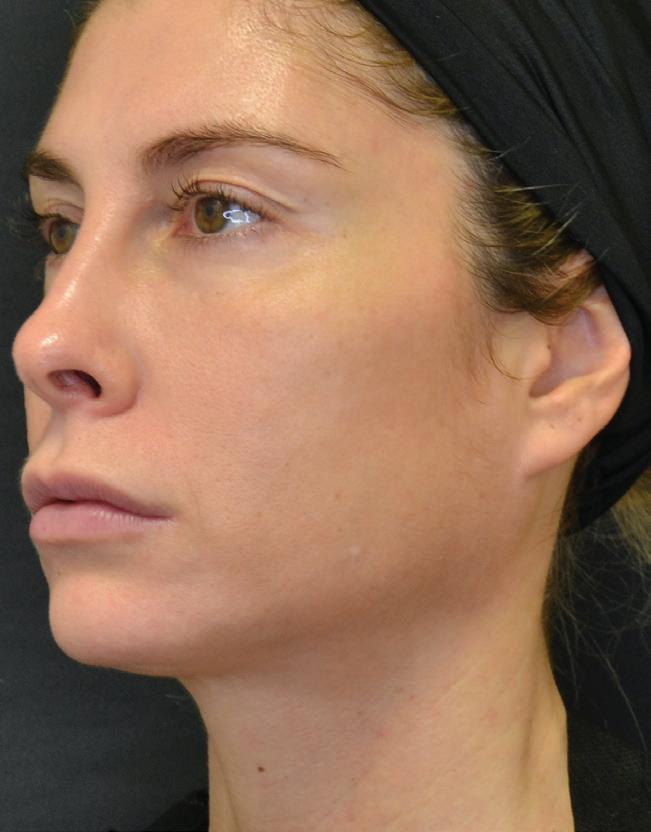 Figure 3 Frontal view of (A) Before and (B) 4 months after the combined procedure
Figure 4 Profile view of (A) Before and (B) 4 months after the combined procedure
Figure 5 Oblique view of (A) Before and (B) 4 months after the combined procedure
Figure 3 Frontal view of (A) Before and (B) 4 months after the combined procedure
Figure 4 Profile view of (A) Before and (B) 4 months after the combined procedure
Figure 5 Oblique view of (A) Before and (B) 4 months after the combined procedure
| FULL FACE REJUVENATION | AESTHETICS FEATURE prime-journal.com | September/October 2022 ❚ 35
elastin production through the skin stress response system involving POMC, inflammatory cytokines and GFs are already known8 The product used in our study, however, does not induce coagulation of the epidermal proteins because it is modulated by H2O29 Microneedling has been demonstrated to be effective in improving pigmentation, such as melasma10 .
For patients in grades 1 and 2 of the Merz Aesthetic Jawline and Neck At Rest Scales, this protocol has been demonstrated to be suitable and effective as a
The final stage involves microneedling at a depth between 0.25 and 1 mm; with 20 passes on each area and topical application of a sterile HA serum or brightening serum.
procedure to achieve good results for non-invasive rejuvenation of skin quality and skin laxity of the lower face, jawline, and neck (Figures 3–5).
For patients designated as grades 3 and 4 of the Merz Aesthetic Jawline and Neck At Rest Scales, further procedures and/or more microfocused ultrasound lines should be added.
We also found a significant improvement in skin quality (evenness and pigmentation) even though these parameters were only investigated in five cases.
Key points
This is a comprehensive approach to skin rejuvenation targeting both skin laxity and skin texture
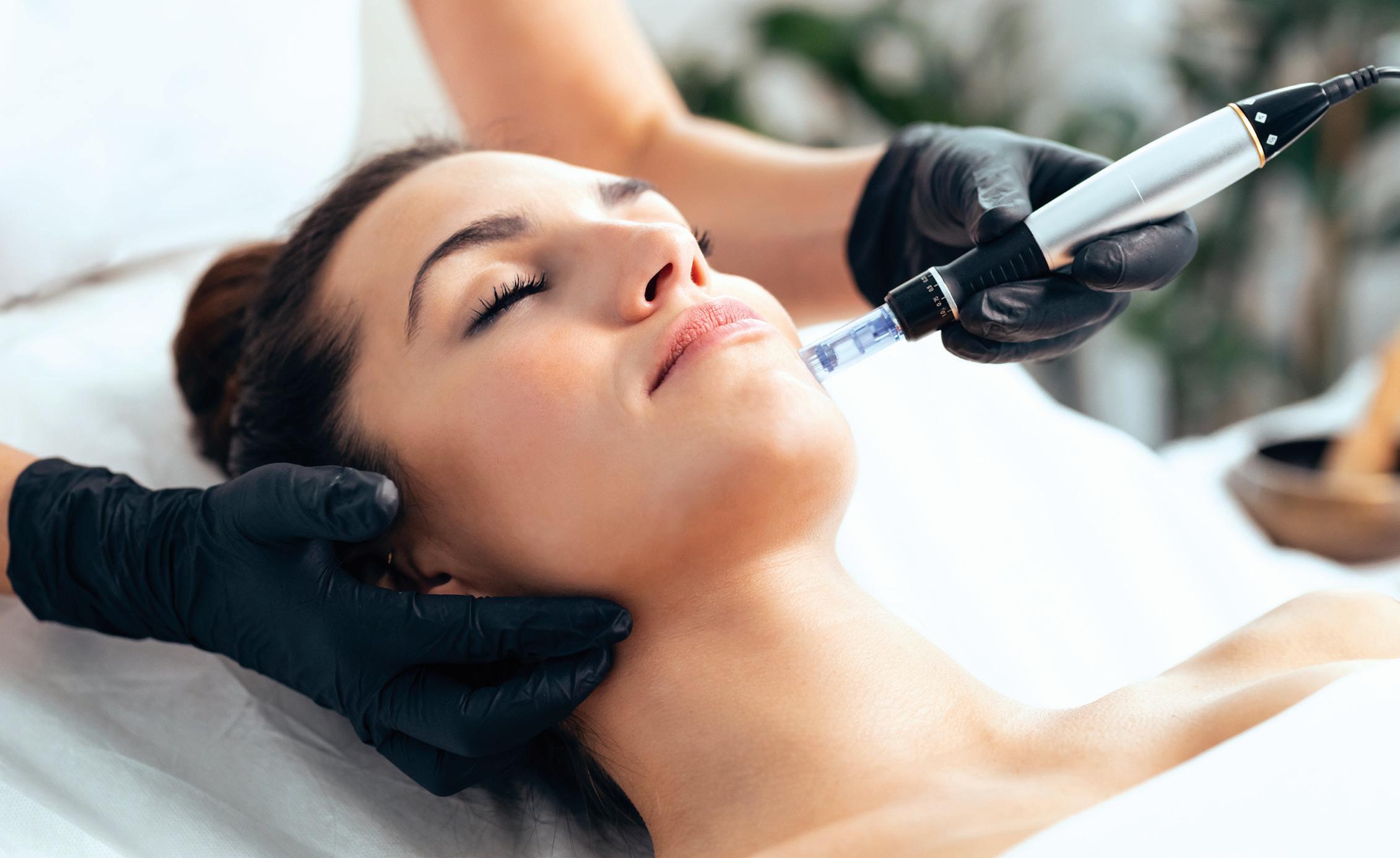
The procedure is performed during a single session with minimal downtime
There was a 1 point-improvement on the Merz Aesthetic Scales to the jawline in 95% of cases and in the neck at rest in 90% of cases
In grades 1 and 2 this has demonstrated to be an effective approach as a single procedure to achieve a good and satisfactory rejuvenation of the face and upper neck
In grades 3 and 4 it might be advisable to add more treatments as a second stage and/or add more IFU lines.
The other advantages are the absence of downtime, safety, and time saved from performing treatments across multiple sessions.
Declaration of interest None
Figures 1–5 © Dr Migliori
References
1. Consensus recommendations for combined aesthetic interventions in the face using botulinum toxin, fillers and energy-base devices. Jean Carruthers et al. Dermatol Surg 2016, PMID: 27100962
2. Microfocused ultrasound with visualization and fillers for increased neocollagenesis: clinical and histological evaluation. Gabriela Casabona et al. Dermatol Surg 2014, PMID: 25417575
3. Intense focused ultrasound: evaluation of a new treatment modality for precise microcoagulation within the skin. Laubach HJ, Makin IR, Barthe PG, Slayton MH, et al. Dermatol Surg 2008;34:727–34.
4. Microfocused ultrasound with visualization for skin tightening and lifting: my experience and a review of the literature. Sabrina Fabi. Dermatol Surg 2014, 40:S164-S167
5. Global consensus guidelines for the injection of diluted and hyperdiluted calcium hydroxylapatite for skin tightening. Dermatol Surg 2018, Goldie et
al. 44 Suppl 1:S32-S41.
6. Improved neocollagenesis and skin mechanical properties after injection of diluted calcium hydroxylapatite in the neck and décolletage: a pilot study. Yutskovskaya et al. J drugs Dermatol 2017. 16(1): 68-74.
7. Microfocused ultrasound in combination with diluted calcium hydroxylapatite for improving skin laxity and the appearance of lines in the neck and decolletage. Casabona et al. J Cosmet Dermatol 2017. DOI: 10.1111/jocd.12475
8. Influence of chemical peeling on the skin stress response system. Kimura et al. Exp Dermatol 2012
9. Hydrogen peroxide as second messenger in lymphocyte activation. Reth M. Nat Immunol 2022
10. Microneedling as an adjuvant to topical therapies for melasma: a systematic review and meta-analysis. Bailey et al. J Am Acad Dermatol 2022. 86(4):797-810
AESTHETIC FEATURE | FULL FACE REJUVENATION | 36 ❚ September/October 2022 | prime-journal.com
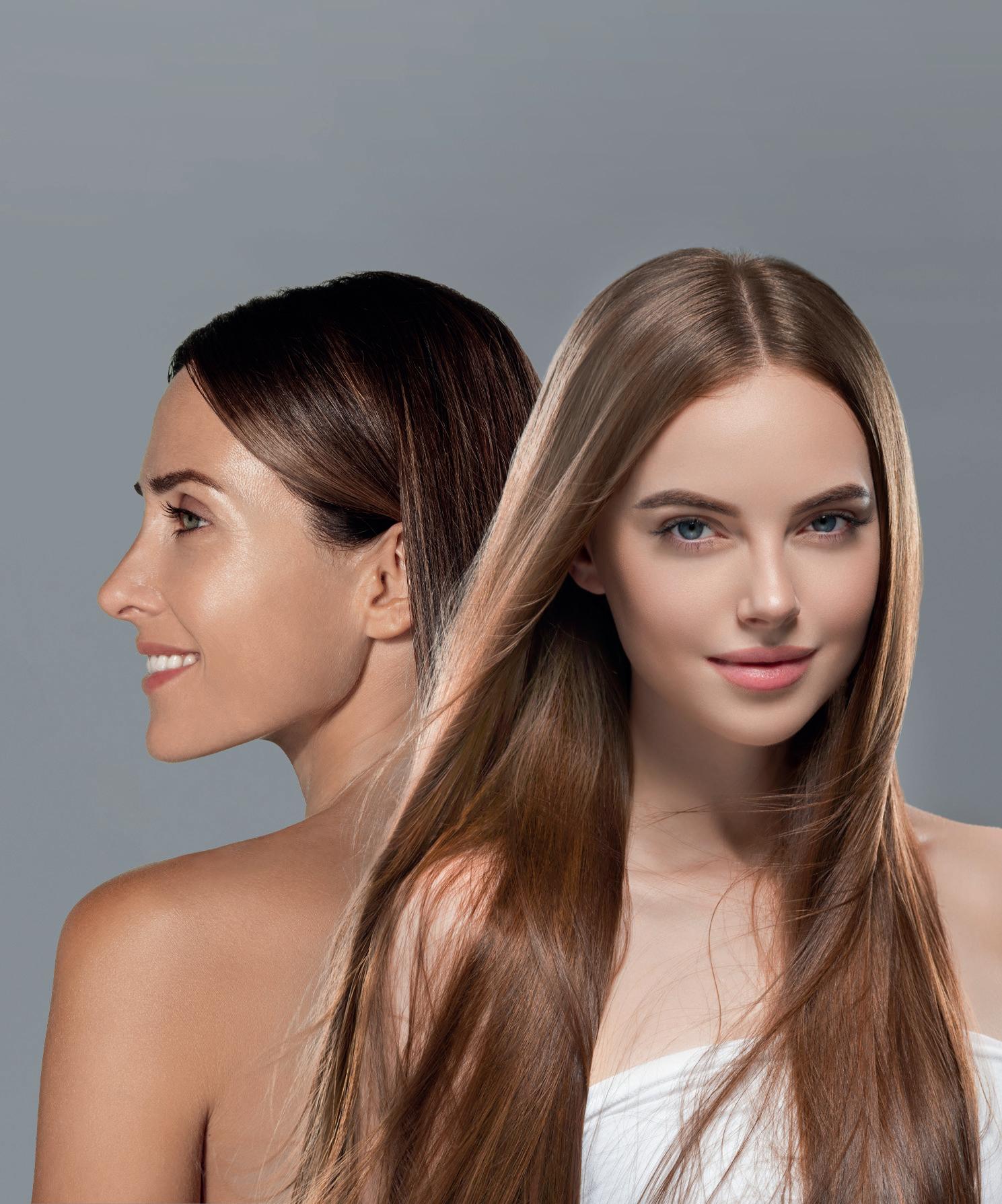
23 - 24 JUNE 2023 THE UK’S PREMIER MEDICAL AESTHETIC CONFERENCE & EXHIBITION
FRACTIONAL LASER TREATMENT AND USE OF IPL IN ACNE SCARS
Kléber Ollague Córdova, MD, and Lisseth Ninoska
KLÉBER OLLAGUE

CÓRDOVA, MD, Clinica
Dermatológica Ollague, Guayaquil, Ecuador; LISSETH
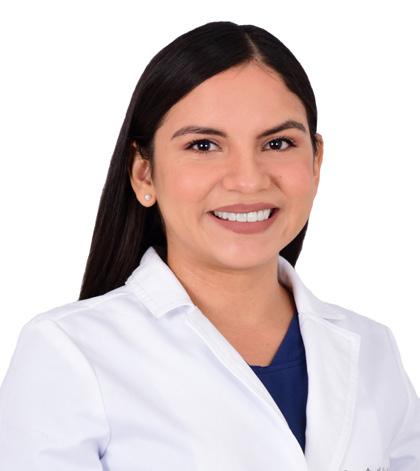
NINOSKA ESTRELLA
MENDOZA, MD, Guayaquil, Ecuador
KEYWORDS
Frax 1550, non-ablative fractional laser, IPL
ACNE IS A FAMILIAR PATHOLOGY IN DERMATOLOGY, ONE THAT carries a significant social impact due to the emotional decline experienced by patients that suffer from it1. It is more common in puberty, but cases can arise in patients older than 25 years.
The pathophysiology of acne is multifactorial. It affects the pilosebaceous follicles, beginning with an injury to the epidermal barrier, which triggers a cascade of inflammation. Among the main factors that cause the appearance of this disease, we can list genetic predisposition, increased seborrhea, follicular hyperkeratinization, bacterial colonization, and dermal inflammation2 Additionally, aggravating factors can be endogenous (hormonal metabolic disorders) and exogenous factors (sedentary lifestyle, nutrition, and cosmetics)3
The clinical spectrum is wide, from comedones to inflammatory lesions of mild to moderate intensity, such as papules, pustules, nodules and cysts4. Post-inflammatory hyperpigmentation due to increased melanin production is common and can cause scarring3. The areas where the skin is most affected are the face, neck, upper chest, and back5. Diagnosis is clinical, with no real need for laboratory tests unless there is suspicion of endocrine disturbance.
Treatment for acne is based on topical and oral antibiotics, which continue to be the gold standard in this pathology. In addition, aesthetic medical procedures (extraction of comedones, physical and chemical exfoliations, and injection of corticosteroids), therapies and complementary methods with laser and IPL (Intense Pulsed Light), and nutritional advice can all be incorporated6
Acne can and often does have a negative impact on patients’ quality of life, causing stress and anxiety and leads to significant psychological complications4. Acne scars can be avoided or attenuated with combined treatments7. In our dermatological clinic, we have the most advanced technology to restore scar tissue integrity, and provide a smoother appearance to the skin while offering risk-free treatments with minimal downtime.
Candela’s Nordlys multi-application platform allows for dermatological and aesthetic procedures to be carried out with the intention of offering an adequate treatment for the various sequelae of acne. The SWT® PR 530* features a narrowband wavelength
Estrella Mendoza, MD, discuss using Candela’s Nordlys™ multi-application platform to treat acne
NON-ABLATIVE
CASE STUDY | ACNE | 38 ❚ September/October 2022 | prime-journal.com
type (530–750 nm) and a pulse duration of 0.5–99.5 ms for vascular lesions and photorejuvenation8. It is accompanied by the Frax 1550 fractional non-ablative laser treatment to produce a punctiform coagulative effect with a regenerating result focused on the tissues of the dermis through selective photothermolysis to stimulate collagen. It features a laser wavelength of 1550 nm and 1–20 ms pulse duration. In addition, it includes integrated SoftCool air cooling for better patient comfort during therapy9
Fractional non-ablative laser treatment is becoming more popular in our field of medicine. Take note of the immediate recovery after the procedure and the significant decrease in acne sequelae and side-effects10 as documented in testimonials from our patients when treated with the combined therapy of PR 530 and Frax 1550.

Case 1
A healthy 24-year-old woman with Fitzpatrick Skin Type III presented to our clinic with inflammatory acne (Figure 1). The patient underwent six sessions of laser treatment, with an interval of 30 days for each session. The procedure consisted of two treatment modalities. Initially, the necessary asepsis was performed in the area to be treated and with security measures in place, the PR 530 treatment (5.8 mJ / 3 pulses / 2.5 ms) was carried out with two full-face applications and two subsequent SWT applications (6.3 mJ / 3 pulses / 1.5 ms), followed by a nonablative fractionated laser (40 mJ / 20%) with two applications on the same area.


Immediately after the session, sunscreen was applied and the patient was advised to avoid the sun. As posttreatment preventive care, it was suggested to use thermal water and reapply sunscreen on the treated area every 3 hours. Significant improvement of the acne lesion was observed after completion of the entire treatment session.
Case 2
A healthy 19-year-old male with Fitzpatrick Skin Type I presented to our clinic with inflammatory acne lesions and scars on the face (Figure 2). The patient completed six sessions of combined treatment with laser technology with intervals of 30 days between each session. The procedure began with adequate hygiene in the area to be treated and placing eye protection on the patient, after which PR 530 (5.6 mJ / 3 pulses / 2.5 ms) was used with two full-face applications, followed by two applications of intense pulsed light in the same area, but with lower applicator specifications (6 mJ / 3 pulses / 1.5 ms). The treatment was complemented by the non-ablative fractionated laser (50 mJ / 20%) with two applications on the
affected area. No adverse reactions were observed after the combined treatment. In post-treatment care, the patient was advised to apply thermal water and reapply the sunscreen every 3 hours. Significant improvement of the acne lesion was observed after completion of the entire treatment session.

Case 3
A healthy 22-year-old woman with Fitzpatrick Skin Type III presented to our clinic with severe inflammatory acne (Figure 3). Due to the presence of deep inflammatory lesions, oral treatment was performed and was complemented with two modalities of laser procedures to obtain better results.
Seven months of treatment were required, consisting of seven sessions with an interval of 30 days between each session. With security measures in place and after the necessary asepsis in the area to be treated, the PR 530 treatment (5.7 mJ / 3 pulses / 2.5 ms) was started with two full face applications, continuing with two SWT applications on the affected area (6.6 mJ / 3 pulses / 1.5 ms), in addition, the Frax 1550 non-ablative fractionated laser (60 mJ / 20%) was integrated into the treatment with two applications in the same area. Sunscreen was applied immediately after the session and the patient was
Figure 1 Acne lesion patient (A) before the treatment and (B) at 6 months post six treatments. Significant improvement was noted after using PR 530 and Frax 1550 non-ablative fractional laser 5.8 mJ/ 3 pulse/ 2.5 ms and 40 mJ/ 20% respectively.
Figure 2 Acne scar and lesions patient (A) before the treatment and (B) at 6 months post six treatments. Significant improvement was noted after using PR 530 and Frax 1550 non-ablative fractional laser 5.6 mJ/ 3 pulse/ 2.5 ms and 50 mJ/ 20% respectively.
Acne can and often does have a negative impact on patients’ quality of life, causing stress and anxiety and lead to significant psychological complications4. Acne scars can be avoided or attenuated with combined treatments7
| ACNE | CASE STUDY prime-journal.com | September/October 2022 ❚ 39
advised to avoid sun exposure. As post-treatment preventive care, it was suggested to use thermal water and reapply sunscreen on the treated area every 3 hours.
Case 4
A healthy 29-year-old woman with Fitzpatrick Skin Type IV presented to our clinic with severe inflammatory acne (Figure 4). Due to the presence of scar tissue and inflammatory lesions that compromise the deepest layers of the skin, eight sessions consisting of two laser treatment modalities were carried out with an interval of 21 days between each session. In order to perform the laser treatment correctly, proper asepsis was initiated in the area to be treated along with security measures. Treatment was initiated with the PR 530 treatment (5.7 mJ / 3 pulses / 2.5 ms) with two full-face applications and subsequent two SWT applications adjusting the energy range and pulse duration (6.3 mJ / 3 pulses / 1.5 ms), followed by Frax 1550 non-ablative fractionated laser (50 mJ / 25%) with two applications in the same area. After each session, sunscreen was applied and the patient was advised to avoid the sun. As post-treatment preventive care, it was suggested to use thermal water and reapply sunscreen on the treated area every 3 hours.



Conclusion
Acne is a common skin disease that, due to a late diagnosis or treatment, causes scars, affecting patients’ confidence and quality of life. Currently, the benefits of advanced laser technology allow for the rehabilitation of the affected tissue.
Representative results were achieved with the multiapplication Nordlys system, showing a more uniform, fresh skin with a smooth texture. The SWT PR 530 handpiece with the narrowband technology led to the exceptional photorejuvenation of the skin and vascular lesions, accompanied by the non-ablative fractional Frax 1550 method that eliminated the epithelium damaged by the hyperpigmentation of acne sequelae.
The appropriate therapy for acne should be tailored to the individual patient, that is, the number of sessions with the non-ablative fractional method should be optimized depending on the level of the exposed scar tissue.
Furthermore, it is important to mention that there were no side effects during the procedures presented above, and it should also be emphasized that the patients noted improvement after the very first session. The positive evolution is a sign of the perseverance, discipline, and adherence of the patient to the treatments and recommendations.
Key points
The appropriate therapy for acne should be tailored to the individual patient
Representative results were achieved with the multiapplication Nordlys system, showing a more uniform, fresh skin with a smooth texture
The SWT PR 530 handpiece with the narrowband technology led to the exceptional photorejuvenation of the skin and vascular lesions, accompanied by the non-ablative fractional Frax 1550 method that eliminated the epithelium damaged by the hyperpigmentation of acne sequelae
intense pulsed light for the treatment of acne vulgaris. Journal of Cosmetic and Laser Therapy. 2020;22(4–5):185–9.

7. Boen M, Jacob C. A Review and Update of Treatment Options Using the Acne Scar Classification System. Dermatologic Surgery. 2019 Mar 1;45(3):411–22.
8. Candela Corporation. Soluciones innovadoras para la cara y el cuerpo. 2019.
9. Feng H, Wu Y, Jiang M, Luo X, Yan S, Lu Z. The Efficacy and Safety of Fractional 1064 nm Nd:YAG Picosecond Laser Combined With Intense Pulsed Light in the Treatment of Atrophic Acne Scar: A Split- Face Study. Lasers in Surgery and Medicine. 2021 Dec 1;53(10):1356–63.
10. Li MK, Liu C, Hsu JTS. The Use of Lasers and Light Devices in Acne Management: An Update. Vol. 22, American Journal of Clinical Dermatology. Adis; 2021. p. 785–800.
Declaration of interest Drs. Kléber Ollague Córdova and Lisseth Ninoska Estrella Mendoza, have received grants from Candela Medical to present these clinical cases
* Selective Waveband Technology® (SWT) — a proprietary technology on Nordlys™ system IPL applicators that protects skin from unnecessary light and heat. It includes light and water filters, as well as customized pulse technology
Figures 1–4 © Kléber Ollague Córdova, MD
Figure 3 Acne scar and lesions patient (A) before the treatment and (B) at 7 months post seven treatments. Significant improvement was noted after using PR 530 and Frax 1550 non-ablative fractional laser 5.7 mJ/ 3 pulse / 2.5 ms and 60 mJ / 20% respectively.
Figure 4 Acne scar and lesions patient (A) before the treatment and (B) at 8 months post eight treatments. Significant improvement was noted after using PR 530 and Frax 1550 non-ablative fractional laser 5.7 mJ / 3 pulse / 2.5 ms and 50 mJ / 25% respectively.
References 1. Marson JW, Baldwin HE. New Concepts, Concerns, and Creations in Acne. Vol. 37, Dermatologic Clinics. W.B. Saunders; 2019. p. 1–9. 2. Bagatin E, Freitas THP de, Rivitti Machado MC, Ribeiro BM, Nunes S, Rocha MAD da. Adult female acne: A guide to clinical practice. Vol. 94, Anais Brasileiros de Dermatología. Sociedade Brasileira de Dermatología 1; 2019. p. 62–75. 3. Karoglan A, Gollnick HPM. Acne. Hautarzt. 2021 Sep 1;72(9):815–27. 4. Dessinioti C, Dreno B. Acne treatments: future trajectories. Vol. 45, Clinical and Experimental Dermatology. Blackwell Publishing Ltd; 2020. p.955–61. 5. Mwanthi M, Zaenglein AL. Update in the management of acne in adolescence. Vol. 30, Current Opinion in Pediatrics. Lippincott Williams and Wilkins; 2018. p. 492–8. 6. Kim JE, Park BJ, Yu SR, Kim YH, Ro YS, Ko JY. A split-face comparative trial of photopneumatic therapy versus
CASE STUDY | ACNE | 40 ❚ September/October 2022 | prime-journal.com
®: The only way to IPL













IT’S THE ONE SWT
Selective Waveband Technology (SWT®) delivers precise narrowband IPL.¹︐² With 50% less fluence required than broadband IPL, this improves comfort, keeps downtime low, and enables use of multiple technologies in a single session – all without compromising patients' safety and comfort, as well as results.¹︐²︐³︐⁴ The Nordlys system is a multi-application platform with in-demand treatments across 24 indications, including pigmentation, vascularity, skin resurfacing, and hair removal.¹︐⁵︐⁶ 1. Nordlys User Manual, 2021. 2. Candela, data on file, 2022. 3. Bjerring P, et al. Lasers Surg Med. 2004;34(2):120-126. 4. Schallen KP, Murphy M. Treatment of photodamaged skin with a combined dual-filter intense pulsed light and fractional 1550-nm laser system. Lasers Surg Med Suppl. 2020;52(S32). 5. Nordlys and Frax Pro with Frax 1940 , CE mark. 6. The Aesthetic Society. Aesthetic Plastic Surgery National Databank Statistics 2019. Available from https://www.surgery.org/sites/default/files/Aesthetic-Society_Stats2019Book_FINAL.pdf. Accessed Jan 25, 2022. © 2022 Candela Corporation. This material contains registered and unregistered trademarks, trade names, service marks and brand names of Candela Corporation and its affiliates. All other trademarks are the property of their respective owners. All rights reserved. PU02255EN, Rev. A Four timeless technologies: SWT® IPL, high-ROI Frax 1550™ and Frax 1940™ , and Nd:YAG 1064 nm¹ Grows with your practice – add handpieces to extend treatment options¹ Compact and quiet, with software modes ranging from guided to expert¹ Treats a wide range of skin tones¹ For more information, contact your local Candela sales professional or visit candelamedical.com. candelamedical.com
STRATEGIES FOR FINDING (AND KEEPING) THE BEST TALENT ONBOARD
Wendy Lewis investigates how to navigate the shortage of qualified employees while maintaining the customer experience
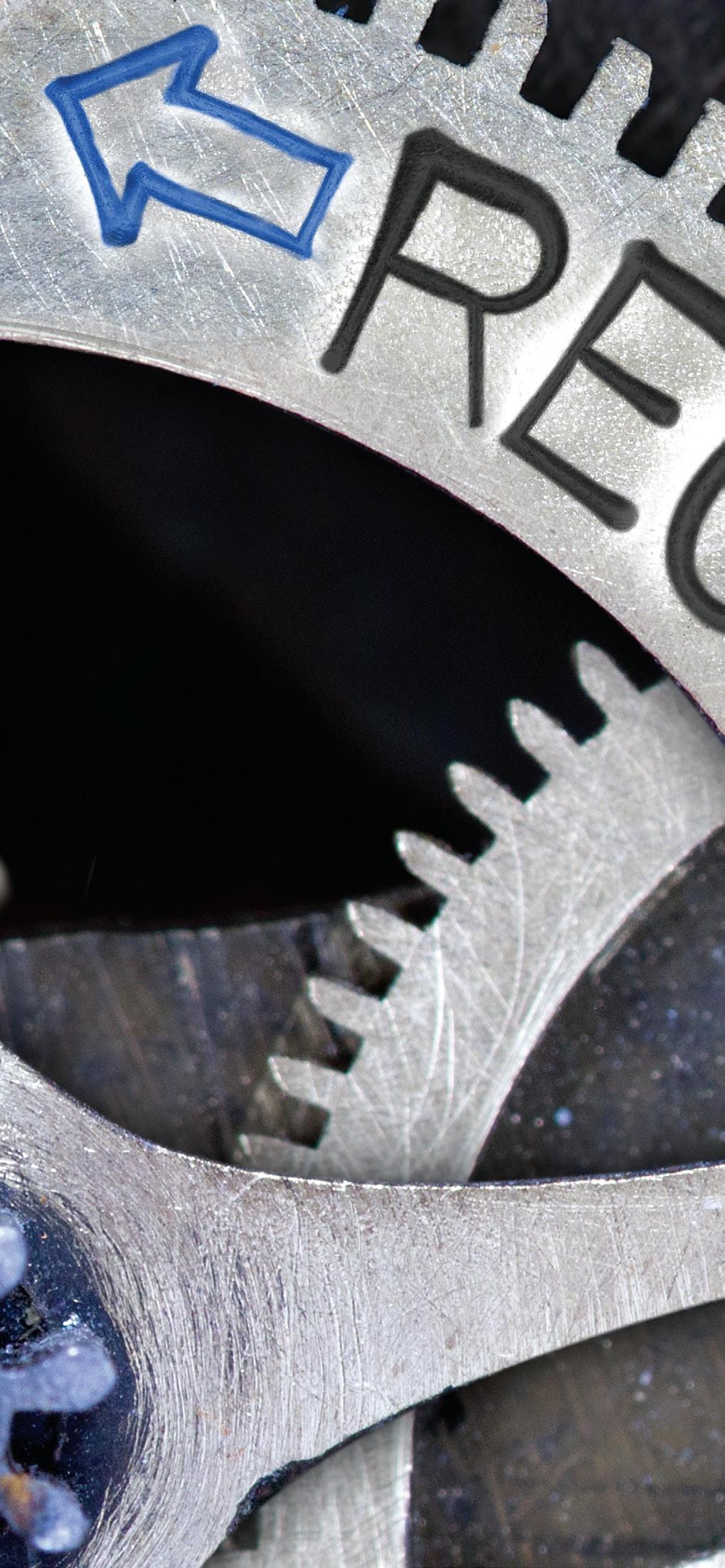
ACCORDING
TO McKINSEY1, ‘PEOPLE
KEEP QUITTING AT RECORD levels, yet companies are still trying to attract and retain them the same old ways. People are switching jobs and industries, moving from traditional to non-traditional roles, retiring early, or starting their own businesses. They are taking a time-out to tend to their personal lives or embarking on sabbaticals.’
WENDY LEWIS is President of Wendy Lewis & Co Ltd, Global Aesthetics Consultancy, a marketing communications group in New York. An award-winning writer, her textbook. Aesthetic Clinic Marketing in the Digital Age. (CRC Press) will have a second edition in 2022. She is a frequent presenter at virtual and live conferences worldwide.

contact wl@wlbeauty.com
It’s not just you; it’s everyone! The workforce has been steadily shrinking post-pandemic, as mental health issues appear to be expanding at a record rate. While many companies, large and small, have made a significant effort to create a more positive workplace, the occasional yoga class and summer Friday off just aren’t quite cutting it.
Today, many businesses of all sizes are scratching their heads to figure out what kinds of wellness benefits and team-building exercises they can implement to hang on to their best staff and prevent a mass exit to their competitors.
Take a quick look on LinkedIn under Jobs in your market. On 28 August 2022, I did a deep dive to see how many job openings were posted under: ‘Medical Practice’.
Here is what popped up; 131,424 in the U.S. alone. Under ‘Aesthetician’ positions, we found 40,072, and ‘Nurse Injectors’ came in at 281,416. Even if we consider that many businesses and headhunters list these jobs in multiple categories to have the greatest reach, which accounts for many duplicates, that is a high number of openings.
The great resignation
Since the pandemic, we have been hearing about employees leaving their jobs or opting to work part-time in record numbers. Some may be eyeing early retirement,
PRACTICE MANAGEMENT | RETAINING STAFF | 42 ❚ September/October 2022 | prime-journal.com
while others are leaving for a better work environment, more perks, and fewer hours. The best talent has become increasingly harder to recruit, keep on board, and considerably more expensive. They may also present new demands that can seem to be unreasonable until you do the math.
On a positive note, this may be the opportunity you
have been waiting for to clean house to attract and retain higher quality staff who have more to offer your business. In the current market, top talent hold all the power. Not surprisingly, this has compelled many practices to make fundamental changes in terms of salaries, benefits, flexibility, and hours. As the lines between work and home have been blurred over the past few years, employees
In short, work-life balance is the state of equilibrium where a person equally prioritises the demands of one’s career and the demands of one’s personal life.

prime-journal.com | September/October 2022 ❚ 43 | RETAINING STAFF | PRACTICE MANAGEMENT
THE BURNOUT PHENOMENON
According to the World Health Organization, burnout is an occupational phenomenon. It is driven by a chronic imbalance between job demands1 (for example, workload pressure and poor working environment) and job resources (for example, job autonomy and supportive work relationships). It is characterised by extreme tiredness, reduced ability to regulate cognitive and emotional processes, and mental distancing. Burnout has been demonstrated to be correlated with anxiety and depression, a potential predictor of broader mental health challenges2

are prioritising businesses that create a culture that shares some of their values and cares for the people who help it thrive.
The relationship between employer and employee is being challenged. Staffers are not just looking for an occasional pat on the back in the form of a Starbucks gift card, free lunch, or ‘Employee of the Month’ plaque. Moreover, they are looking for fundamental changes in the way businesses are run and how they are treated. These changes need to be intentional, meaningful, and long-term or even permanent.
In some cases, the issues may be less tangible than just money and time off. Younger demographics are often seeking a noticeable change in the culture of the organisation they work for. They want to be valued and treated as a ‘team member’ with a vested interest in the success of the business. Having happy staffers can permeate an atmosphere of kindness and caring, a higher level of customer service, and lower turnover rates. It is your responsibility as an owner or manager of your business to make sure your staff are supported and given the resources you need to accomplish your job.
Clearly, these changes are more feasible to implement in a small business model vs. a
Fortune 500 company. You may find that just starting with small steps can make a profound difference to employees. The best way to find out what they really want is to have real conversations with staff and colleagues to foster a greater sense of community.
According to Ted Lain, MD, MBA, FAAD, Chief Medical Officer of Sanova Dermatology in Austin, Texas, ‘The Great Resignation, coupled with a rapidly evolving period of inflation, has led to dramatic staff turnover. Offices are challenged to keep even their most seasoned employees, the ones we value to most, because of their domain knowledge and strong patient connections. While it seems that staff leave for even a minimal hourly increase, the real reason may lie in office culture and leadership. The turnover burdens remaining staff with a greater workload, causing a spiralling effect on morale and, possibly, work product.’
We have found that staff appreciation events and comments, work rewards, and celebrations of even small achievements or milestones have helped to reduce reliance on wages for staff retention as well as to improve the workplace attitude. An unexpected benefit is the effect on our ability to hire new employees; current staff communicate our commitment to their well-being and development, which entices their networks to want to work for us,’ he says.
Just say no to burnout
Burnout is a very real problem across a wide range of professions. Many people feel like they are working more days and longer hours, and their deliverables keep increasing in line with expectations. Regrettably, most people working in an aesthetics practice, medspa, clinic or hospital setting don’t have a lot of opportunities to work from home. Surely you can hire a bookkeeper or scheduler who can work partially from home, but for roles that include direct face-to-face client contact, that is not an option.
According to New York City aesthetic plastic surgeon Mark H. Schwartz, ‘My practice is located on the upper east side of Manhattan where there is a plethora of clinics, private practices, and hospitals, so experienced physician extenders, as well as front desk managers, are in high demand. Staff turnover can be a challenge, especially since we have an accredited operating theatre on-site. One of our surgical techs, who was with us for 7 years, decided to move to Florida, and replacing her has proven to be difficult in the current environment.’
‘We have found that a lot of applicants no longer want to work full-time and are looking for a 3 or 4–day work week and to go home at 5 pm. In a busy aesthetic practice, that can be a dilemma. I want to hire the most efficient and talented staff I can find, but my practice needs to be open when patients want to come in. That usually means there will be some late office hours that need coverage,’ he says.
Think outside the paycheck. Non-bread and butter issues can be equally important perks to keep your best people on board.
Building (and keeping) your dream team
Moving forward, it is clear that it takes more than
PRACTICE MANAGEMENT | RETAINING STAFF | 44 ❚ September/October 2022 | prime-journal.com
just throwing a little extra cash at employees to keep them from straying. Of course, money helps, but it’s not the only perk that counts anymore. Stress relief and time off also rank high, as does recognition for a job well done.
I see this as partially a generational phenomenon. GenY and millennials are all about something called ‘work-life balance’. So, what exactly is work-life balance?
According to Business News Daily3, ‘In short, work-life balance is the state of equilibrium where a person equally prioritises the demands of one’s career and the demands of one’s personal life. Some of the common reasons that lead to a poor work-life balance include increased responsibilities at work, working longer hours, increased responsibilities at home, and having children.’
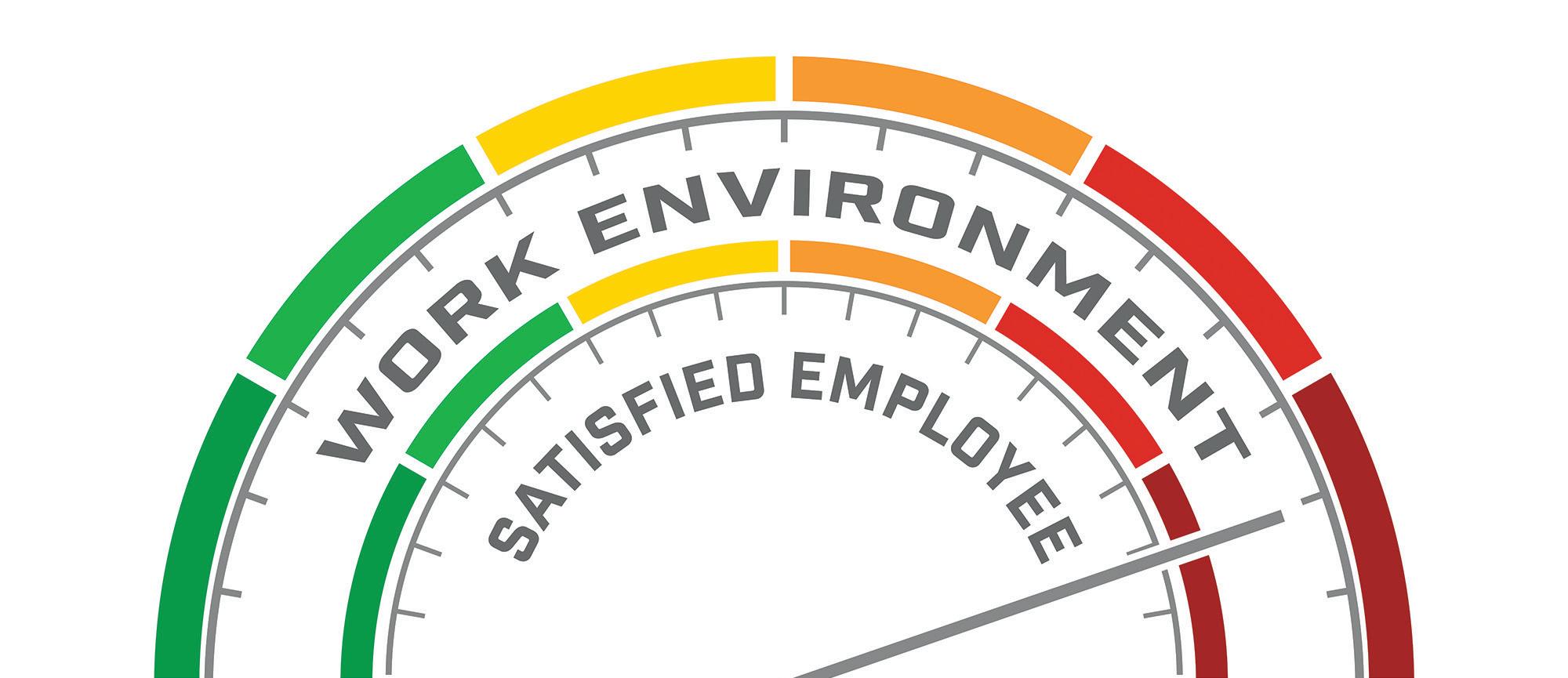
This definition may be left open to some interpretation. For example, your work-life balance expectations may be completely different than mine or that of your front desk staff or nurse injectors.
This may seem like an unattainable goal in the field of aesthetics because, as in all aspects of medicine, the doctor or someone from the medical team must be available when patients need them. However, applying the ‘work-life balance’ concept could translate to mean that ‘someone’ must be available, but it doesn’t necessarily have to be the person who is in the highest-ranking position. It also doesn’t need to be just one person all the time, which can rapidly take its toll on staff members.
For example, advances in technology have greatly helped simplify the way medical professionals take calls and handle patient queries. Giving your staff the tools and training they need to be efficient in the form of state-of-theart workstations and software with tech support at the ready when they get stuck may get them excited about coming to work every day.
According to Yael Halaas, MD, a facial plastic surgeon in New York City and Chair of the AAFPRS Emerging Trends and Technology Committee, ‘We have definitely seen a huge change since the pandemic. It’s a delicate balance and a challenge between having employees work at home and bringing them back to the office where we must be able to see our patients and deliver quality care.’
To prevent staff burnout, Dr. Halaas has implemented some changes in the way she runs her practice. ‘We have added more flexible hours, ZOOM meetings, and allow some employees to work remotely whenever possible. We have carefully examined each position to shift responsibilities and change roles to make sure everyone in the office is maximising their skills and fulfilling their potential. This has helped to keep our staff
10 SIMPLE AND AFFORDABLE WAYS TO KEEP STAFF HAPPY
Pay above-average salaries and include attainable incentives
Allow employees to share and speak their minds without penalties
Always show appreciation and respect (i.e., say ‘Thank You’ often)
Don’t micromanage your best staff empower them!
Identify and invest in your high performers
Offer your most ambitious staff a way to learn and grow
Provide flexibility wherever and whenever possible
Host frequent team bonding experiences: dinners, lunches, sports, picnics, conferences, etc.
Maintain an open-door policy to foster communication
Review your pay structure and find creative ways to be competitive on salaries and perks
happy and to foster a sense of fulfilment and work-life balance in our practice,’ she says.
In today’s competitive market, employees at every level are seeking a great culture and outstanding leadership. Taking care of ourselves has become more important across age groups, positions, and locations. Being mindful of these trends and acting on them can help lessen the degree of employee turnover in your business.
Plastic surgeon Karen H. Horton, MD, MSc, FRCS, FRCSC in San Francisco, has been fortunate to maintain her long-time staff in her practice and surgical suite. ‘Finding talented and well-fitting team members is HARD. But keeping them should and can be easy. In my practice, we have had very little turnover in our key positions, including Registered Nurse/Patient Educator, Aesthetic Nurse Practitioner, Office Manager/Patient Coordinator, Front Office Manager, Surgery Center Manager, Scrub Technician/Sterile Processing and PACU Nurse. I believe the key to a successful private practice family is mutual respect. Asking for input and truly listening and implementing your team members’ ideas and concepts gives them emotional ownership in the practice,’ she says.
‘It is also important to allow your team to thrive and grow in their individual positions without micromanaging. Understanding that it takes a village to care for a patient, nurture and maintain the relationship, and provide the very best patient experience is equally essential. No one practitioner can truly do it all; we are all spokes in a wheel,’ says Dr. Horton.
Defining boundaries as a boss
Everyone has boundaries. Communicating them to yourself and co-workers is useful to strike a balance between work hours and personal time. Setting boundaries will look different for everyone. For some, who are not interfacing directly with patients, it might include turning their work notifications off after hours or taking their work email off personal devices. By laying out your expectations for everyone’s role, you may get the respect you deserve and can prioritise everyone’s workload better, including your own.
Small business owners across the globe are facing a labour shortage at a new level. There is a battle for talent out there that has made hiring much harder for smallbusiness owners. While the current labour market poses a challenge for all employers, small businesses have less to offer and are not able to
Staffers are not just looking for an occasional pat on the back in the form of a Starbucks gift card, free lunch, or ‘Employee of the Month’ plaque. Moreover, they are looking for fundamental changes in the way businesses are run and how they are treated. These changes need to be intentional, meaningful, and permanent.
prime-journal.com | September/October 2022 ❚ 45 | RETAINING STAFF | PRACTICE MANAGEMENT
Getting the right people on board can make or break your practice. You want to be surrounded by people who love coming to work every day and are committed. Search for individuals who will be interacting with clients and patients who are natural-born ‘people pleasers.’
match the salary, perks and benefits of Fortune 500 companies. This makes it harder to offer extras like signon bonuses and incremental raises.
If an employee is down in the dumps and may be a flight risk, reach out and ask how they are feeling. If they respond by saying they are feeling burnt out, it’s key to stay ahead of it and open a line of communication. You may be able to prevent losing someone who adds good value to your business by intervening swiftly and coming up with a mutually satisfactory solution. If the employee addresses their feelings directly to you, it is wise not to let them linger. Start a dialogue to try to come up with a solution that you can live with and may mitigate the employee’s pain points. It may be worth more to keep someone in your practice, even if it comes with a steep price tag.

Review your pay structure and consider new ways to be competitive on salaries, bonuses, perks, time off, and team bonding experiences. Look into creative ways to compensate your superstars that resonate with them
PERKS TO KEEP EMPLOYEES MOTIVATED
Hint: It’s not what you may think
PTO (paid time off)
Real vacations (Unplugged except for emergencies)
Educational activities (attending meetings, taking a course, joining a club, etc.)
Training to invest in their personal growth
Flexible perks they can opt in or out of Long weekends at holiday times
Summer Fridays that end before 2pm Complementary treatments after a specified time on the job
individually. I have come across some practices and medspa owners who have adopted an equity model to maintain their most vital performers.
Consider how hard it is to hire and train someone new right now. You may need to run ads on Indeed or LinkedIn, hire a headhunter, and then there is the onboarding process for acclimating someone new. You may also have difficulties finding someone quickly to fill the role or end up paying a higher salary if the position remains open for too long. Lastly, there is the added challenge of introducing a new person to your other staff and patients and the nail-biting that accompanies that process.
Finding the right people
It is important for a healthy aesthetics practice to have people on board who can do the things that the practitioners either aren’t trained for or don’t want to do. Getting the right people on board can make or break your practice. You want to be surrounded by people who love coming to work every day and are committed. Search for individuals who will be interacting with clients and patients who are natural-born ‘people pleasers.’ Make it a hard and fast rule that before you hire anyone for the practice, have at least one more person do an interview to make sure you are on the same page.
According to Kim Campbell, Founder of Dermatology Authority in New Jersey, the most significant challenge practices are having is staffing up. ‘Hiring and keeping the current staff on board is the hardest part of practice management right now,’ she says and offers three tips for making it work.
PRACTICE MANAGEMENT | RETAINING STAFF | 46 ❚ September/October 2022 | prime-journal.com
1. Create a system for employee feedback
Your interest and ability to receive feedback significantly affects whether your employees feel invested in the practice. Communicate that you are always willing to hear good and bad feedback. Your employees know your practice best and may see problems and potential solutions before you do. This proactive step shows positive signs to employees that you value them and hold them in high regard. These check-in conversations can help with retention and prevent reactive situations by showing that you value them, which can help keep them in your practice.
2. Recognise your employees
Let your employees know when you see them going above and beyond. You can reward them with gift cards, paid time off, or even just kudos. Hearing about a job well done can be a huge morale boost. Encourage employee development and recognise development as it occurs. Best ways to applaud reaching a milestone may include completing educational programmes, mastering new software, mentoring, and meeting production goals.
3. Create opportunities for employees to grow
Employees are either growing or stagnating. A stagnating worker will likely become underperforming or leave.
Consider how you can help each staff member grow and support them in that process, including providing additional training or help with further education. Consider ways to promote your employees or provide them with different responsibilities. You may be able to unburden yourself by trusting others with more responsibility.
Times are changing
Times have certainly done a 360, and most of us are still in the process of getting accustomed to the new world order. The pandemic created new challenges and hurdles for aesthetic practices and medspas all over the map. Everyone was forced to transition in ways that suited their individual businesses. Yet, the elements that emerged most consistently are an increased recognition of the value of dedicated and reliable staff plus a new appreciation for loyal clients who stuck with you.
I am hopeful that this newfound reality check will remain at the forefront of running a successful aesthetics business for years to come.
4 TOP TIPS
FOR CLINIC OWNERS AND MANAGERS
Calm down: We all go through symptoms of burnout sometimes, and it may just be because it’s Wednesday (aka Hump Day). Recognise that the way you talk to colleagues and staff can directly impact how they feel. You may not be privy to what is going on in their personal lives, so be kind to the people around you and they may return the favour.
Get some perspective: If you’re stressed out (a lot), you’re probably not great at hiding it from your team. Be kind to yourself and chill. No one wants to work around someone who is volatile and could snap at any second. You don’t need to show your whole spectrum of emotions to the people who are there to help you do your job better. Prioritise your workload, delegate whatever you can at intervals, and try to stay sane.
Take a break, please: Schedule mini breaks during the week to reset your attitude and improve productivity. Go on an app that delivers with lightning speed (DoorDash, UberEats, etc.), and surprise everyone with their favourite coffee drinks, gummy bears, or something with chocolate.
Stay Positive: Focus on what you can control and don’t dwell in the minutia. Think happy thoughts, even if you’re on the brink of bursting into tears, at least in front of your team. If you’re uptight and nervous, chances are they are feeling it too.
Negativity can spread like COVID.

Be kind to yourself and chill. No one wants to work around someone who is volatile and could snap at any second.
References 1. De Smet A, Dowling B, Hancock B, Schaninger B. The Great Attrition is making hiring harder. Are you searching the right talent pools? McKinsey Quarterly; July 13, 2022. Available at: https://tinyurl.com/dkruknry [last accessed 19th September 2022] 2. Brassey J, Coe E, Dewhurst M, Enomoto K, Giarola R, Herbig B, Jeffery B. Addressing employee burnout: Are you solving the right problem? McKinsey Health Institute, May 2022. Available at: https://tinyurl.com/7ymz27c3 [last accessed 19th September 2022] 3. Sanfilippo M. How to Improve Your Work-Life Balance Today. Business News Daily, Aug 06, 2022. Available at: https://www.businessnewsdaily.com/5244improve-work-life-balance-today.html [last accessed 19th September 2022]
prime-journal.com | September/October 2022 ❚ 47 | RETAINING STAFF | PRACTICE MANAGEMENT
SUPER VELOCE INTENSE PULSE
DUAL LIGHT (IPDL) FOR THE TREATMENT OF ACNE ROSACEA
ADVANCED NEW SUPER VELOCE IPDL technology with multiple, high-tech, skin-specific filters provide the most customizable treatment available. The smart broadband light, ranging from 400 nm to 1400 nm, is able to treat a wide range of indications in a way that far exceeds common IPL devices. The treatment works through the principle of producing photons in skin where the light beams are absorbed. The photons formed from these wavelengths, adjusted based on the desired depth of the light beams, target the endogenous and exogenoux chromophores in the skin and then release thermal energy. The light beams target hemoglobin, melanin and water as chromophores.
Acne is a chronic form of dermatosis involving repetitive redness, papulopostular lesions and telangiectasia that can be clearly seen on the nose, chin, and midface area.


Acne reduces quality of life due to complaints of burning, stinging, and
itching. In addition to systematic antibioterapia and topical treatments, effective results can be obtained with laser treatment. However, acne rosacea can be exacerbated by various conditions. Changes in dietary habits or psychogenic factors can result in the condition becoming more aggressive. During such attacks, SUPER VELOCE IPDL treatment can be applied to reduce the duration of the redness, burning and papulopustular eruptions and the frequency of the attacks.


Case Study
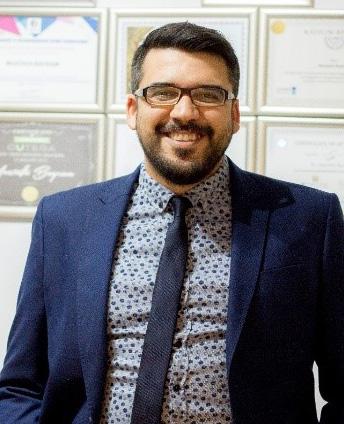
In this study, three sessions of treatment were given at three week intervals for patients with Fitzpatrick II, III and IV skin types. The clinical picture of these patients had not demonstrated any change in response to prior antibioterapia and topical treatments. Patients were rescheduled three weeks after each session, and evaluations of clinical improvement were conducted. All patients in this study were instructed to apply sunscreen at regular intervals.
For the patient in the first picture,
the filters applied through all three sessions were a 590 nm filter with 20 ms pulse and 11J/cm2 twice, a 560 nm filter with 10 ms pulse and 9J/ cm2 twice, and a 420 nm filter with 100 ms pulse and 5J/cm2, also twice.
Results
After three sessions of SUPER VELOCE treatment, all patients showed significant improvement. After the second treatment, all patients demonstrated moderate improvement in their lesions, but the results were far more pronounced after the third session. The majority of patients experienced less discomfort from burning, stinging and itching, and there was also a significant reduction in papulopostular lesions and erythema. In addition to these benefits, considerable reductions in lentiginous lesions and hyperpigmentation were seen. In general, the level of patient satisfaction was high.
Mustafa Bayram, MD, shares the results of a successful case after the use of SUPER VELOCE new IPDL (intense pulse dual light) technology for the treatment of rosacea and facial reddening
Find out more at: eng.ilooda.com
MUSTAFA BAYRAM, MD, Kadıköy Clinic, Turkey
Figure
with
VELOCE
48 ❚ September/October 2022 | prime-journal.com
PROMOTION
1 (A) Before and (B) after treatment
ilooda SUPER

WHAT WE DIDN’T KNOW ABOUT RF MICRONEEDLING AND SYLFIRM X
ANUMBER
OF PEOPLE have a variety of skin concerns as well as lesions and visit the clinic to have them treated. In the clinic, various energy-based devices (EBDs) with different treatment mechanisms are being used depending on the indication. Laser is generally believed to be a representative and widely used group of the EBDs, but in addition to this, radiofrequency (RF) microneedling has been widely and steadily used for a long time as well.

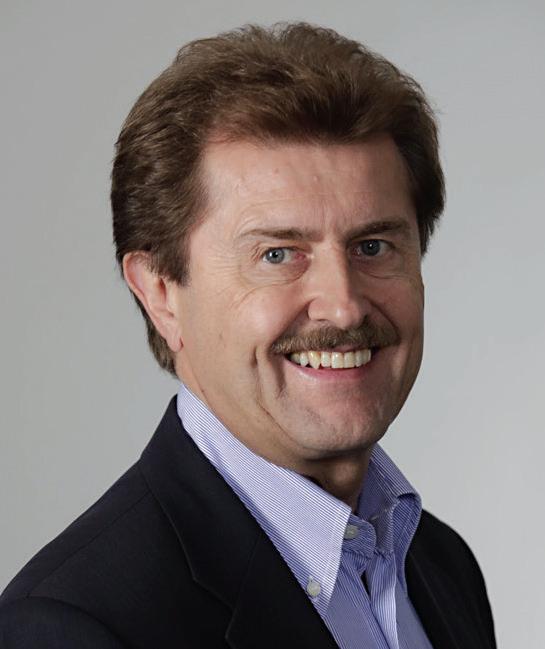
Most people think that RF microneedling is used only for skin rejuvenation and scar treatment, but the scope of RF microneedling is wider than expected. Based on my experience using SYLFIRM X, the world’s first and only dual-wave of RF microneedling system with CE and FDA approval, I would like to talk about the aspects of RF microneedling that we do not know very well.
Radiofrequency (RF)
As mentioned above, EBDs of various treatment mechanisms are used to treat the skin, and each with different characteristics. Typically, lasers are mainly used for the purpose of damaging or removing the lesion by the absorption coefficient of the skin chromophore. For this reason, there is a limit to the penetration depth depending on the wavelength, and some wavelengths have a limit in treating dark skin types.
On the other hand, RF induces
natural healing and tissue regeneration by flowing radiofrequency current to the skin to generate frictional heat of molecules in the skin. Furthermore, unlike laser, it is little affected by skin chromophores, so it has the advantage of being able to treat all skin types.
Lesions
Instead, one might question whether RF can selectively target lesions like lasers. Many people think that RF acts non-selectively on the skin tissue. However, the answer may vary depending on how RF is transmitted.
Two different types of RF waveforms are available with SYLFIRM X. One is to non-selectively denature or coagulate the skin tissue with relatively strong heat by irradiating radiofrequency in the form of a single long pulse (continuous
wave; CW), thus, it is mainly used to treat lesions, such as skin laxity, wrinkles, pores, scarring, which are familiar with the application of RF microneedling.
The other is to selectively stimulate tissues with high conductivity or causes protein structural changes by irradiating radiofrequency in the form of multiple short pulses (pulsed wave; PW), so it can be applied to treat lesions like rosacea or melasma.
In the case of rosacea, the conductivity with blood is high, so treatment with PW is effective in improving facial redness. In particular, in the case of melasma, it is not a simple problem of hyperpigmentation but a lesion that should be treated in consideration of complex factors that affect melanocyte activity, such as disrupted basement membrane, increased vascularity, senescent fibroblasts, and others. PW stimulates and improves these factors.
 Klaus Fritz discusses his experience using the SYLFIRM X to treat a variety of skin concerns
KLAUS FRITZ, MD, Director of Center for Dermatology, Laser and Aesthetic Medicine, Landau, Germany
Figure 1 (A) Before and (B) after four treatments with SYLFIRM X. Photos courtesy of Dr. Klaus Fritz
Klaus Fritz discusses his experience using the SYLFIRM X to treat a variety of skin concerns
KLAUS FRITZ, MD, Director of Center for Dermatology, Laser and Aesthetic Medicine, Landau, Germany
Figure 1 (A) Before and (B) after four treatments with SYLFIRM X. Photos courtesy of Dr. Klaus Fritz
50 ❚ September/October 2022 | prime-journal.com
PROMOTION
Needle depth
As with RF waveforms, needle depth adjustment is important as well for selective treatment of indications.
The biggest advantage of RF microneedling is that it can precisely deliver thermal energy to the desired skin layer by controlling the needle depth. With SYLFIRM X, needle depth is adjustable from 0.3-4.0mm. Usually 0.8-1.0mm is used for the face, but depending on the indication, treatment site or each patient’s skin thickness, it can be used more deeply or shallowly for more effective treatment. In addition, since a needle depth can be used up to 4.0mm, so it can target the very deep dermis or fat layer, so it is possible to contour not only the face but also the body.
SYLFIRM X’s 0.3 mm is very unique and different from other RF microneedling devices. First of all, there are no such devices that can precisely penetrate the skin depth of 0.3mm, and there are also no protocols that use 0.3 mm.
A needle depth of 0.3 mm targets the papillary dermis just below the basement membrane of the skin. There are many influencing factors related to the redness and pigmentation mentioned above here. Therefore, despite the very shallow depth, it shows excellent effects on the treatment of redness and pigmentation, and has added advantage of little pain and less down time.

Microneedles
Speaking of needles, there are insulated microneedles which are coated on the needle column so that thermal energy is generated only from the tip of the needle, and non-insulated microneedles, which are not coated so that current can flow through the entire needle and
generate heat. Although each has pros and cons, there is a popular opinion that insulated microneedles are preferred because of concerns about thermal damage to the skin surface with non-insulated microneedles. Insulated microneedles have a relatively small thermal effect, which causes bleeding issues, and requires increased power or multiple passes to increase the therapeutic effect.
Non-insulated microneedles, in contrast, can compensate for these shortcomings, and the concern about epidermal damage depends on the pulse duration. The pre-clinical study conducted by Dr. Na1 in 2015 proved that when bipolar RF was delivered using uninsulated microneedles, because of the different conductivity of the skin tissue, a teardrop-shape of thermal effect that minimizes the dermal damage of the epidermis and maximizes the thermal effect of the dermis, occurred up to an RF conduction time of 300 ms. In other words, with an appropriate pulse duration, uninsulated microneedles can be both effective and safe in skin treatment.

SYLFIRM X
SYLFIRM X is the world’s first and only dual-wave of RF microneedling system that can improve various indications, from skin rejuvenation and scar treatment, to vascular and pigmented lesions, such as melasma2 Also, each waveform is divided into 4 modes according to the pulse duration of each pulse. Therefore, various indications can be more delicately and effectively by considering the treatment area and skin conditions.
In addition, through numerous clinical practices, more delicate protocols have been developed and
“SYLFIRM X is the world’s first and only dual-wave of RF microneedling system that can improve various indications, from skin rejuvenation and scar treatment, to vascular and pigmented lesions, such as melasma.”
used according to the symptoms, even for the same indication. For example, in the past, all kinds of scars and stretch marks were treated with the strong heat of CW, but now the PW mode is used for early and red scars where blood vessels are working.
Conclusion
In conclusion, SYLFIRM X is a versatile device that can treat many indications, and despite being an RF microneedling device, pain and downtime are small, and the therapeutic effect is high, so both doctors and patients are satisfied.
For more information, visit www.violmedical.com
References
1. Na, J.J.,
(2015). Electromagnetic Initiation and Propagation
Bipolar Radiofrequency Tissue Reactions via
Non-Insulated
Electrode.
2. Kim, M.S.,
(2019).
in melasma pathophysiology. Experimental Dermatology, 28(6), 719-722.
Figure 2 (A) Before and (B) after three treatments with SYLFIRM X. Photos courtesy of Dr. Klaus Fritz
prime-journal.com | September/October 2022 ❚ 51
et al.
of
Invasive
Microneedle
Scientific Reports, 5, 16735.
et al.
Senescent fibroblasts
Introducing VectorLift®
THEPOPULARITY OF brow lifts has increased in recent years, even among younger patients who do not display droopy eyebrows caused by aging. Trendsetters such as Bella Hadid and Kendall Jenner have popularized the so called ‘Foxy Eyes look’. The fashionable appearance of almond-shaped eyes with uplifted eye and eyebrow corners has become the new beauty standard and is literally raising eyebrows around the world.
There are many options to cater to the rising popularity of brow lifts, ranging from surgical options that may leave scars (such as lateral brow lifts) to less invasive PDO threads, fillers and Botox. Fotona offers a more innovative solution in the form of a non-invasive laser procedure called VectorLift®, a less invasive technique compared to most other procedures. The unique VectorLift® approach produces impressive and natural looking results with eyebrow lifting and upper eyelid rejuvenation, without the need for insertion of artificial objects, needles or stitches; instead using the power of light to raise brows naturally by stimulating collagen production.
How does it work?
VectorLift® combines forehead eyebrow elevation with eyelid and scalp tightening. The first step involves treating the forehead, followed by extending the treatment to the scalp in order to provide a strong hold or anchor point for the lifting effect. Finally, treatment of the upper eyelid contributes to addressing eyelid laxity.
■ Step 1 Tightening to elevate the eyebrow tail and tissue above the eyelid
■ Step 2 Increasing the traction vector total surface
■ Step 3 Upper eyelid tightening.
The VectorLift® device provides the optimal combination of a virtually immediate skin tightening effect with long-term rejuvenation due to new collagen formation, all achieved using an innovative technique known as hyperstacking of low-energy Fotona SMOOTH® pulses, which are safe and gentle.
How comfortable is the treatment?
The degree of invasiveness and comfort of a treatment play an important role in the decision process of patients deciding to undergo aesthetic procedures.
VectorLift® is a comfortable and non-aggressive treatment that allows patients to return immediately to their normal routine. The total treatment time is around 25 minutes, and 3 to 4 sessions are recommended. The procedure is usually performed under topical anesthesia. Anesthetic cream is not required in the scalp area.
Key advantages of VectorLift®
■ Forehead eyebrow elevation
■ Eyelid tightening
■ Natural-looking results
■ Non-invasive procedure
■ No downtime
Impressive results
VectorLift® takes advantage of the fact
that the eyebrows, forehead, and eyelids are interconnected, and that by extending the treatment to the whole mentioned area as well as the scalp, amazing results can be achieved. Raised eyebrows may open up their eyes and take years off their appearance with a more refreshed and youthful look.
The VectorLift® treatment is focused on the upper third of the face. For an even more stunning overall effect, it can be successfully combined with treatments of the mid and lower areas of the face, such as Fotona4D®, LipLase® and SmoothEye®. Fotona’s non-invasive aesthetic procedures are a perfect choice for anyone who wants to look younger while still keeping a natural look, without dramatic alterations.


Training in VectorLift® is provided through the Laser and Health Academy as a part of a workshop on Fotona’s minimally invasive aesthetic treatments, conducted under the guidance of experts in medical laser technology.
To learn more about Fotona’s laser treatments, visit:: www.fotona.com/
A 3-step solution for non-invasive laser eyebrow lifting and upper eyelid rejuvenation
Figure 1 (A) Before and (B) after combination of VectorLift®, LipLase®, Fotona4D® and HydraLase™. Image courtesy of Adrian Gaspar, MD
52 ❚ September/October 2022 | prime-journal.com PROMOTION
SECRET PRO: THE NEXT EVOLUTION IN SKIN RESURFACING
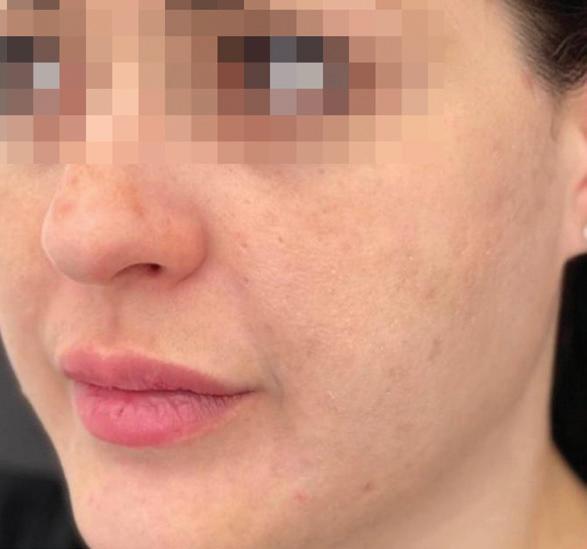

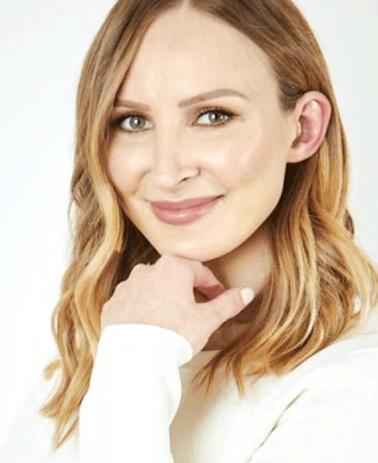
TECHNOLOGY FOR effective skin resurfacing procedures is continually evolving, with the overbearing focus on improving the associated safety profile of treatment, while lowering post-procedure downtime for patients, without compromising on clinical efficacy.
Historically, for many practitioners, the first port of call for any indication requiring skin resurfacing would be an ablative or fractionally ablative CO2 , 10,600 nm laser, designed to create significant trauma to the outermost layers of skin, while gaining a thermal profile in the dermis to initiate neocollagenesis. This process will almost always see significant improvements in skin texture, tone and appearance but does carry with it considerable risks and complications when used at higher energy outputs.
Other skin resurfacing technologies, such as erbium laser, can be used to effectively target the epidermis but lacks the thermal profile to heat the dermis and generate the skin tightening effects desirable by patients. In recent years, the popularity of radiofrequency microneedling has seen a surge in demand and has been positioned as a much less aggressive alternative for skin resurfacing. This technology has shown effectiveness at delivering significant heat to the dermis via the microneedles, while reducing
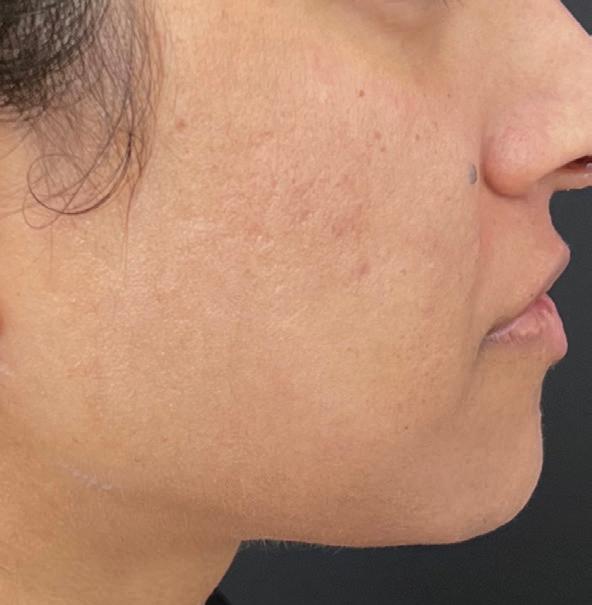
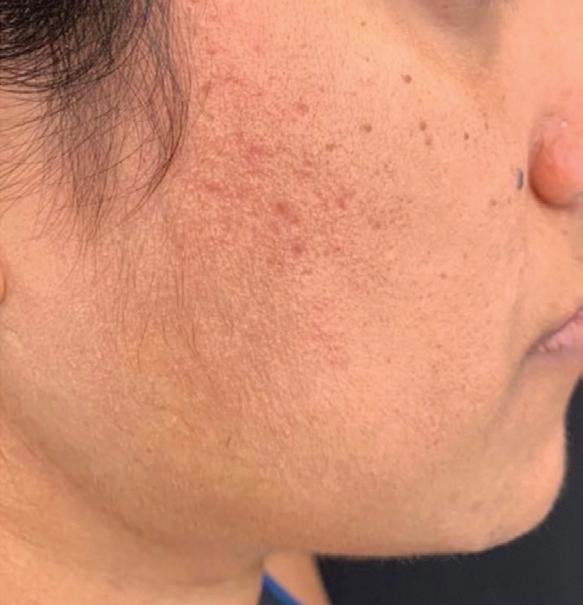

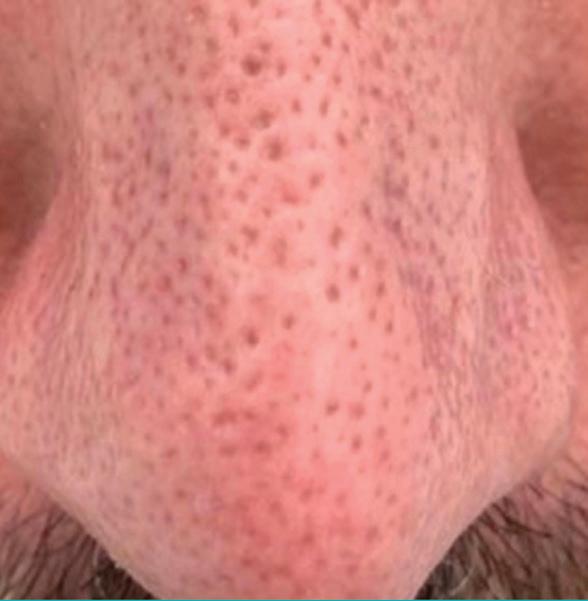
Dr Tatiana Lapa unveils a multi-layered approach to reduce the downtime associated with advanced skin rejuvenation
DR TATIANA LAPA, MD, Dr Tatiana Clinic, London, UK
Figure 2 (A) Before and (B) 6 months after one treatment. Photos courtesy of R. Mandavia, M.D.
Figure 1 (A) Before and (B) after 1 treatment. Photos courtesy of R. Mandavia, M.D.
Figure 3 (A) Before and (B) after 1 treatment. Photos courtesy of Tatiana Lapa, M.D.
54 ❚ September/October 2022 | prime-journal.com PROMOTION
the trauma to the epidermis. Treating both the epidermis and dermis together, without high levels of associated downtime, is clearly very challenging.
The new Secret PRO by Californian-based aesthetic technology manufacturer Cutera, looks to overcome this challenge by offering practitioners a novel ‘multi-layered’ approach to skin resurfacing using a singular platform to treat the full thickness of the skin from epidermis to the deeper dermal layers, independently or together.
Secret PRO utilises a safe, gentle CO2 skin-resurfacing application named ‘ultra-light’ to solely target the epidermis, while delivering significant levels of heat to the deep dermis via their awardwinning Secret RF microneedling radiofrequency technology. This new concept is intended to deliver energy exactly where it is required, therefore, preventing unnecessary trauma to the skin tissue and dramatically reducing the associated downtime and risks associated to the patient.
This ‘multi-layered approach’ to skin resurfacing allows users to still treat the most commonly associated skin resurfacing indications, such as acne scars, fine lines, wrinkles as well as general overall improvements in the texture, firmness, and laxity of the skin.
How we use Secret PRO

After the skin is thoroughly cleaned, we start with the RF microneedling. We typically use a 64-pin semiinsulated cartridge for skin types I-III and a 24-pin semi-insulated cartridge for skin types IV and V.
Usually, Secret RF treatments last
Figure 4 Secret PRO combines two gold-standard energy sources for full thickness skin revitalisation.
While the fractional CO2 laser targets the epidermis, the RF microneedles deliver energy and heat to the deeper dermis
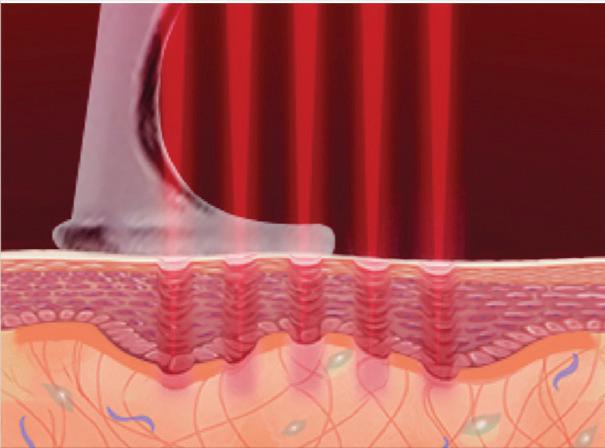
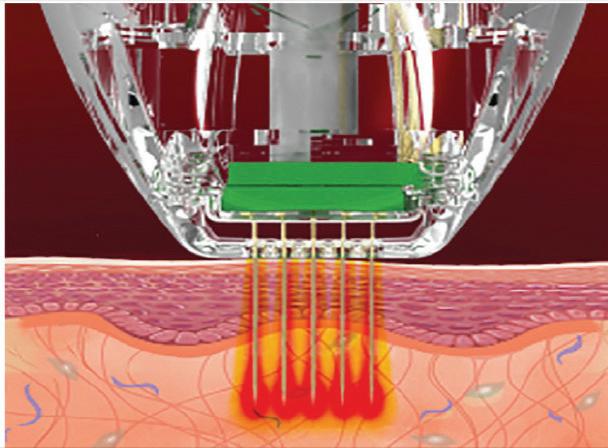
between 20–45 minutes per session, during which RF energy is delivered at various depths in the skin with minimal damage to the upper layers of skin.
This technology helps boost collagen production and accelerate the skin healing process for a firmer, more rejuvenated appearance.
Before moving on to the next section, we re-apply the anaesthetic cream to the treated area, ensuring adequate anaesthesia for the CO2 laser treatment.
Typical laser settings would be 69 mJ, 1.3 mm density. We tend to do a single pass at the peripheries of the face but often do a double-pass across any scars, enlarged pores, anterior cheeks, and glabella region.
Results can sometimes be seen shortly after the first treatment, but optimal results will be seen after three months post final treatment.
Patients demand less downtime
It is more and more common for my patients to desire the results achievable with advanced skin resurfacing procedures such as CO2 laser, but without the willingness to endure the 7–14 days downtime associated. Cutera has revolutionised skin resurfacing by
prime-journal.com
combining two technologies in one device, offering a safe and effective way of treating multiple concerns while minimising downtime.
Combining two gold-standard energy sources within one platform allows effective treatment by working at different skin depths. The CO2 laser gently targets the epidermis and improves the skin’s surface, while the microneedles penetrate deep layers to promote collagen production and stimulate the body’s regenerative response.
I like using the CO2 element as it is easily tuneable and can be used at much lower energies compared to alternatives it can also be used in fully ablative modes for surgical treatments if needed. The ‘ultra smooth motor’ mechanism and 0.25 mm needles on the RF microneedling handpiece combined with the ‘ultra-light’ CO2 make this the ultimate combination for low-downtime advanced skin rejuvenation procedures.
For more information, visit: www.cutera.com
“Secret PRO uses a safe, gentle CO 2 skin-resurfacing application called ‘UltraLight’ to solely target the epidermis, while also utilising Secret RF’s microneedling technology to reach and deliver energy in the deep-dermis.”
| September/October 2022 ❚ 55
The latest product news and technologies for the aesthetic and anti-ageing market
news
LABORATOIRES VIVACY
STYLAGE® Lips Plus
Application Lip filler
The lips contribute a great deal to the overall aesthetics of a person’s face because they communicate a large amount of information and emotion to those around us. Sexy and sensual lips are one of the symbols of femininity and desire.
The injection of hyaluronic acid into the lips is now a very popular aesthetic procedure, especially among younger patients, who want to have fuller lips and a more defined lip shape.
To better meet patients' aesthetic needs and provide physicians with the most adapted product formulations, Laboratoires VIVACY has developed STYLAGE® Lips Plus, a new dermal filler based on hyaluronic acid cross-linked using the patented 'IPN -Like' Technology. STYLAGE® Lips Plus is specifically designed for lip augmentation. The addition of a local anaesthetic, lidocaine, provides patients with more comfort during treatment and a more pleasant injection experience. Glam it up with VIVACY!
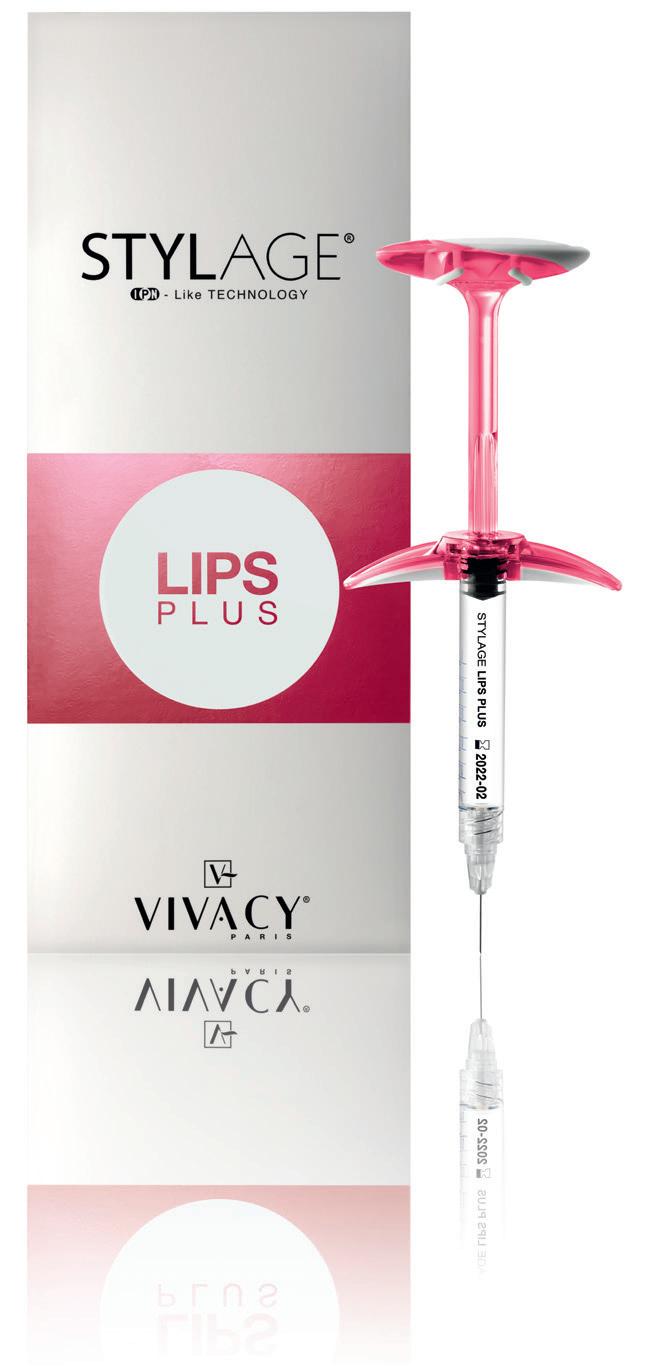
Contact Laboratoires VIVACY ● www.vivacy.com
Application Magnetic Body Sculpting and Muscle Strengthening
StarFormer® is Fotona’s latest innovation in body shaping with advanced High Intensity Tesla Magnetic Stimulation (HITS™) technology. This breakthrough technology utilises magnetic pulse energy to stimulate muscle contraction. As a result, muscles strengthen, tone and firm. The system provides two treatment options:
• TightWave® selectively targets muscle tissues for muscle strengthening, toning and firming of specific weakened areas of the body.
• IntimaWave® enables fast and easy strengthening of the pelvic floor muscles to effectively treat urinary incontinence.
HITS™ technology uses magnetic pulses to target muscle tissues selectively. A pulsed magnetic field harmlessly penetrates into muscle layers and induces electrical potential inside body tissue. The electrical potential causes electric current to flow, thus exciting the neurons in the body and causing muscles to contract. The end result is increased muscle mass and strength. This walk-in/walk-out treatment is suitable for both male and female patients. It is non-invasive, safe and allows the intensity of treatment to be tailored to individual patient needs.
Contact Fotona ● www.fotona.com
MESOESTETIC mesohyal®
Application Intradermal biostimulation
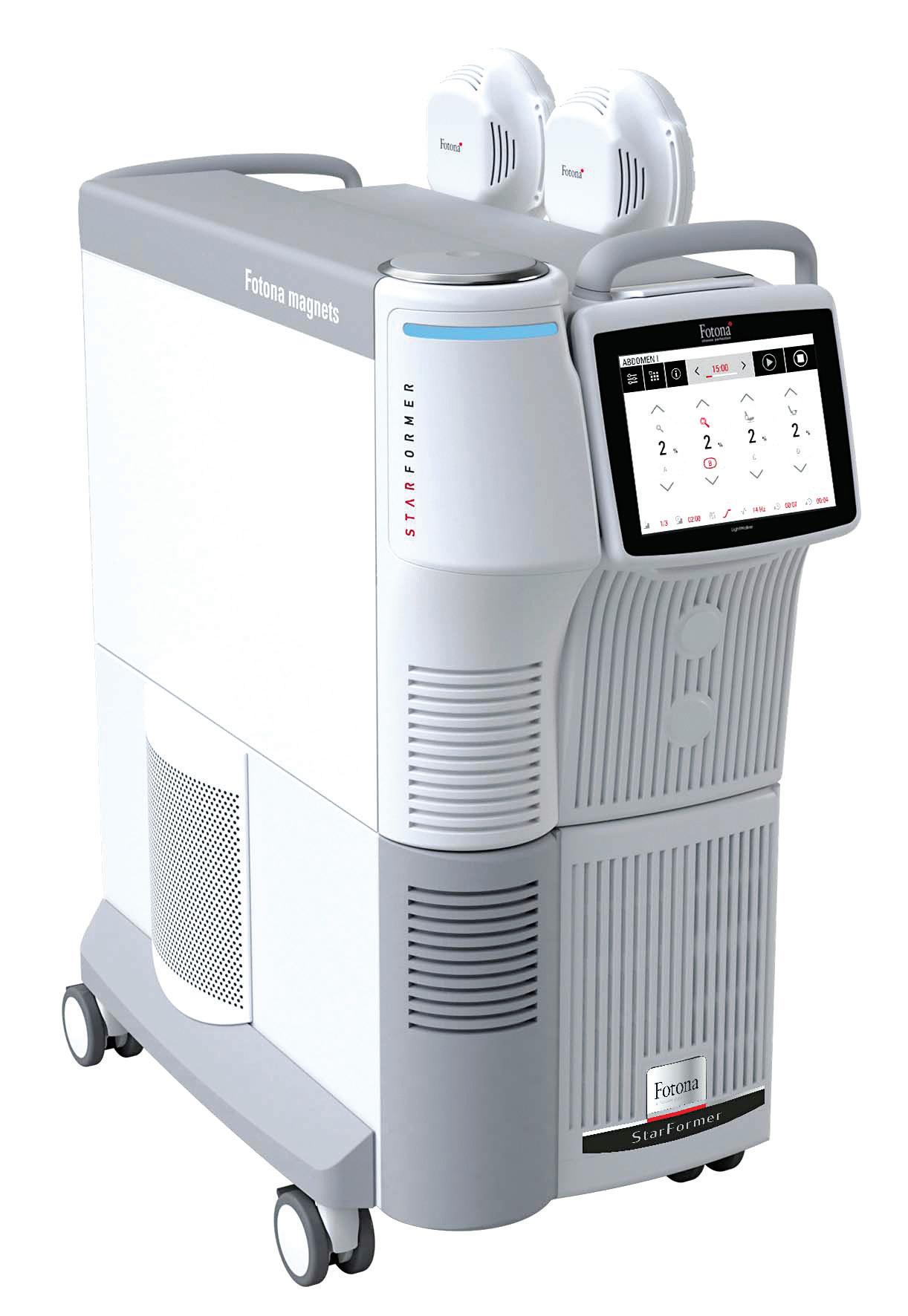
The most extensive range of intradermal solutions for facial, body and hair imperfections. Selected active ingredients, which promote biostimulation from inside the cell, achieving visible results on the skin.
Contact mesoestetic ● mesoestetic.com
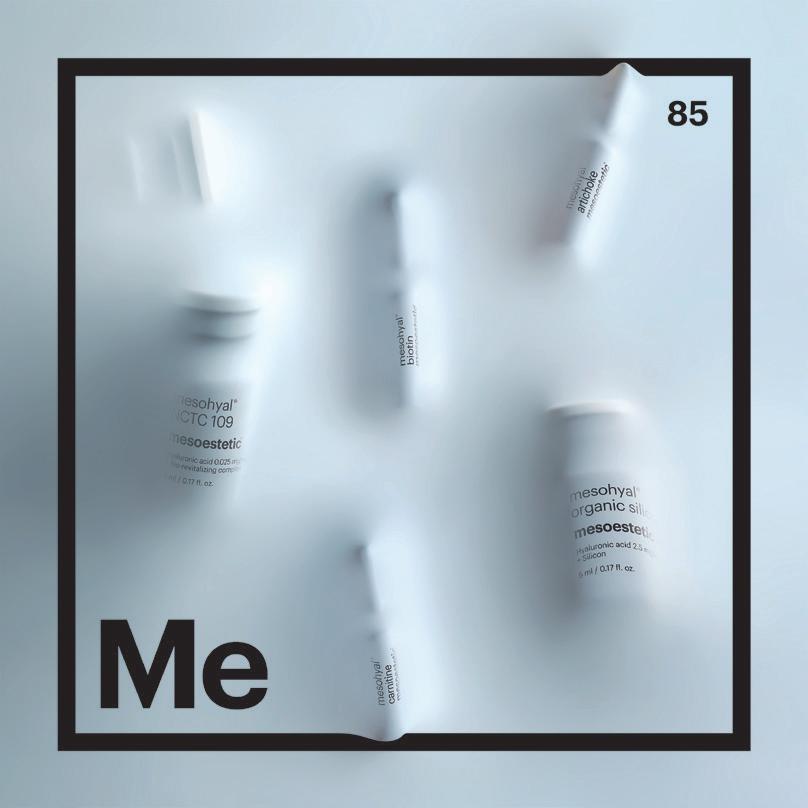
PRODUCT NEWS |
FOTONA STARFORMER®
product
56 ❚ September/October 2022 | prime-journal.com
SYLFIRM X
Application Skin laxity and pigmentation
Sylfirm X is the world's first FDA cleared Pulsed Wave (PW) and Continuous Wave (CW) radiofrequency microneedling device targeting both skin laxity and pigmentation. It was developed by Dr. Jongju Na Ph.D. on the basis of a scientific report published in Nature Publishing Group, 'Na Effect Phenomenon', which describes independent thermal coagulation around each electrode. Sylfirm X adopted the bipolar non-insulated microneedle to maximise the treatment results specifically for vascular pigmentation during the PW modes, and skin revitalisation during the CW modes. Energy delivery is performed in a total of 8 different modes and has proven its effectiveness and safety through 25+ clinical studies and experiments. Also Sylfirm X has the widest depth range of 0.3–4.0 mm compared to other microneedling RF systems on the market. With the 300 micron treatment, RF energy is delivered to the papillary dermis and restores damaged basement membranes where senescent fibroblasts and Type III collagen are largely distributed.
CANDELA MEDICAL Nordlys™

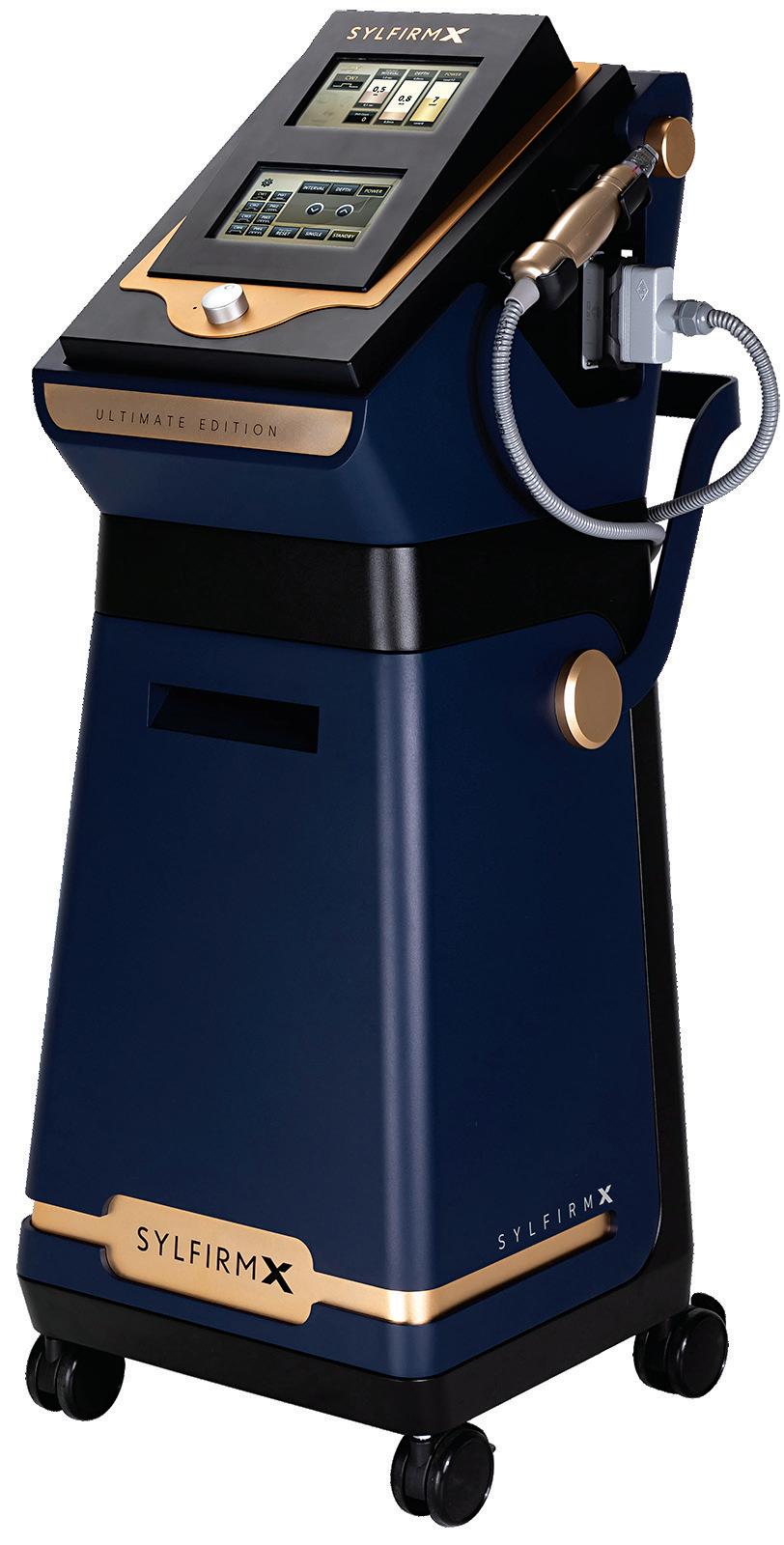
Applications Hair removal, vascular lesions, pigmented lesions, skin texture, acne scars, surgical scars, skin resurfacing, actinic keratosis, clear nail
The Nordlys system is uniquely equipped to be a powerful vascular treatment platform, as well as a valuable tool to address common pigmentary conditions, hair removal, acne and even podiatric concerns, such as clear nail (e.g., onychomycosis).
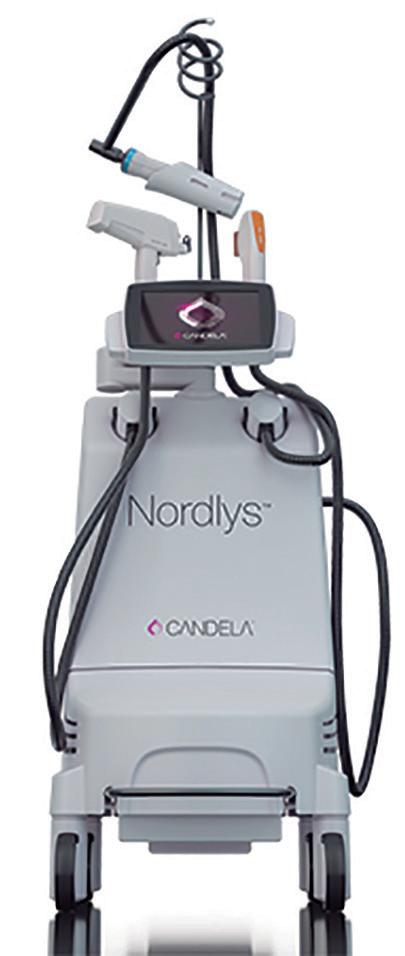
With many of today’s patients presenting with these concerns, it is advantageous to address them with a single, highly versatile platform. Although IPL systems typically include wavelengths up to 1200 nm, and even as high as 1400 nm, the Nordlys system incorporates risk-minimizing, proprietary Selective Waveband Technology (SWT®) IPL technology to focus on wavelengths having a beneficial treatment effect, while blocking potentially harmful wavelengths above 950 nm. It includes light and water filters, as well as customized pulse technology. With narrowband SWT® IPL, non-ablative fractional handpieces for shallow (Frax 1940™) and deep resurfacing (Frax 1550™), and a Nd:YAG laser to target deeper vessels, the Nordlys multi-application platform is outshining in treatment of the most in-demand dermatologic conditions.
GCS
ART LIFT®
Applications Absorbable threads for lifting, contouring, volumising, balancing, and stimulating collagen ART Series is a lifting thread which has overall uniform thorn-shaped cogs on the thread made of polydioxanone. ART LIFT thread features deeper, thicker and stronger cogs and regular intervals between cogs that are inserted firmly into the tissue. Other threads on the market offer long, thin, and weak cogs that do not create a good result since the cog is easily bent or cut in the skin and hard to lift the sagging tissue. The effective lifting procedure is simply available by advanced ART Series by inserting threads via needle into the skin. Various range of ART LIFT create extremely satisfying results over any other existing products. For more advanced models of Art lift, GCS is building a high-tech manufacturing facility opening on 25th of November, 2022.
Contact GCS Co., ltd
● bestgcs@gcsgroup.co.kr
● www.gcsbio.com
VIOL CO., LTD.
Contact VIOL Co., Ltd. ● www.violmedical.com ● info@scarletrf.com
| PRODUCT NEWS
Contact Candela Medical ● marketing.emea@candelamedical.com ● www.candelamedical.com
prime-journal.com | September/October 2022 ❚ 57








events EVENTS CALENDAR | Industry events in 2022-23 for the aesthetic and anti-ageing market 27–28 SEPTEMBER 2022 BAAPS Annual Meeting London, UK baaps.org.uk/asm/ 13–14 OCTOBER 2022 CCR 2022 London, UK www.ccrlondon.com 21–22 OCTOBER 2022 ESAG 6th World Congress London, UK esag.org 4–5 NOVEMBER 2022 VISAGE 2022 Monte Carlo, Monaco www.euromedicom.com EUROPE REST OF WORLDNORTH AMERICA 21–23 OCTOBER 2022 AMWC China Chengdu, China www.euromedicom.com 5–6 NOVEMBER 2022 AMWC Japan Tokyo, Japan www.euromedicom.com 24–26 NOVEMBER 2022 ICAD Bangkok 2022 Bangkok, Thailand www.euromedicom.com 10 MAY–31 DECEMBER 2022 Certified Aesthetic Practice Program (CAPP) Online and Las Vegas, NV informa.elevate.commpartners.com 6–9 OCTOBER 2022 ASDS Annual Meeting Aurora, CO www.asds.net 23–25 FEBRUARY 2023 AMWC North America Miami, FL www.amwc-na.com 58 ❚ September/October 2022 | prime-journal.com 16–17 DECEMBER 2022 Botulinum Toxin Summit Paris, France toxine-botulique.com 30 MARCH – 1 APRIL 2023 AMWC 2023 Monte Carlo, Monaco www.euromedicom.com 25–27 MAY 2023 33RD EURAPS Annual Meeting Stockholm, Sweden www.euraps.org 23–24 JUNE 2023 FACE 2023 London, UK www.euromedicom.com
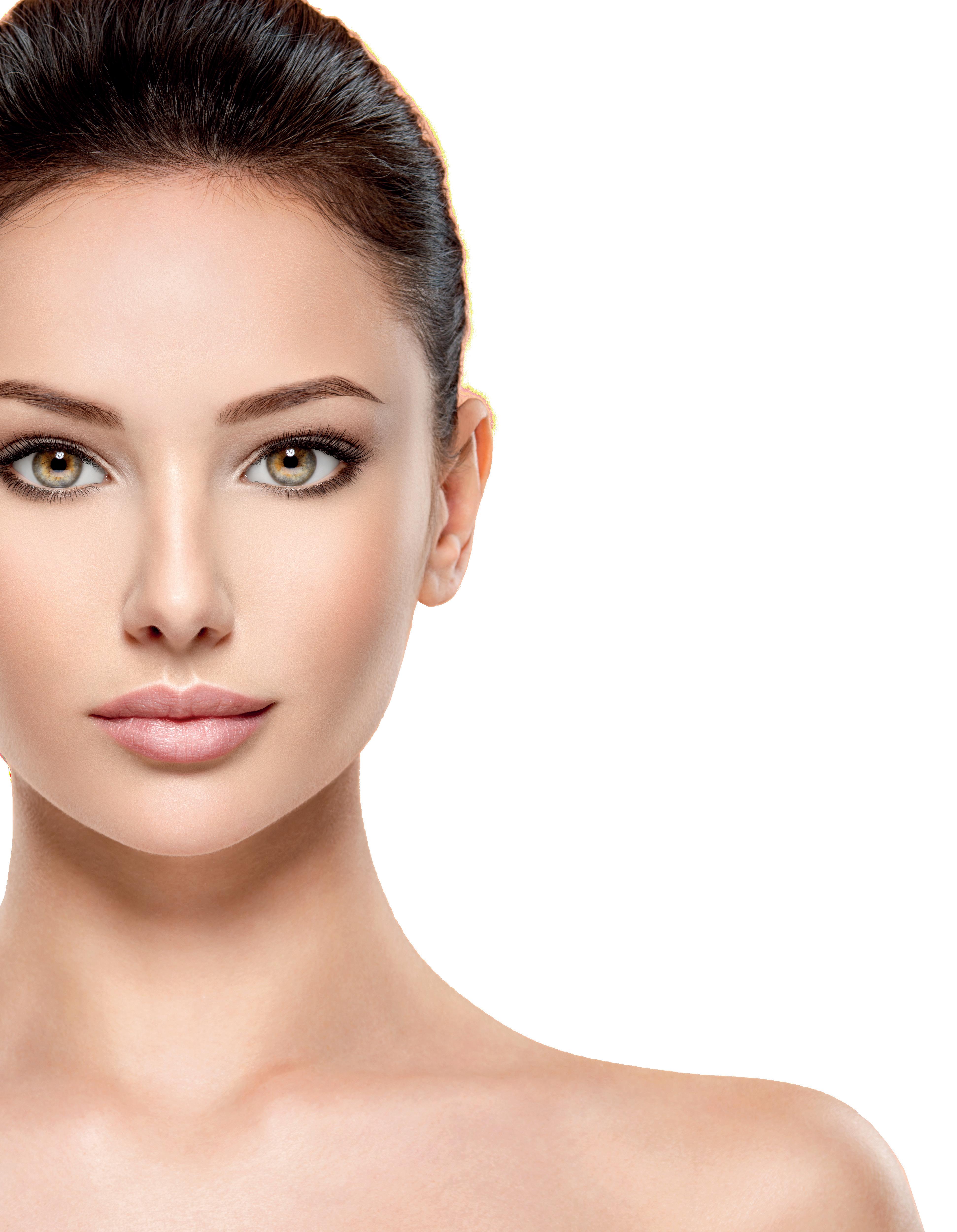

MARCH 30-31 APRIL 1, 2023 MONTE-CARLO, MONACO GRIMALDI FORUM Under the High Patronage of H.S.H. Prince Albert II of Monaco WWW.AMWC-CONFERENCE.COM Under the scientific supervision of the Aesthetic Multispecialty Society (AMS) Super Early bird rates Available until October 31 PRE-CONGRESS ON MARCH 29

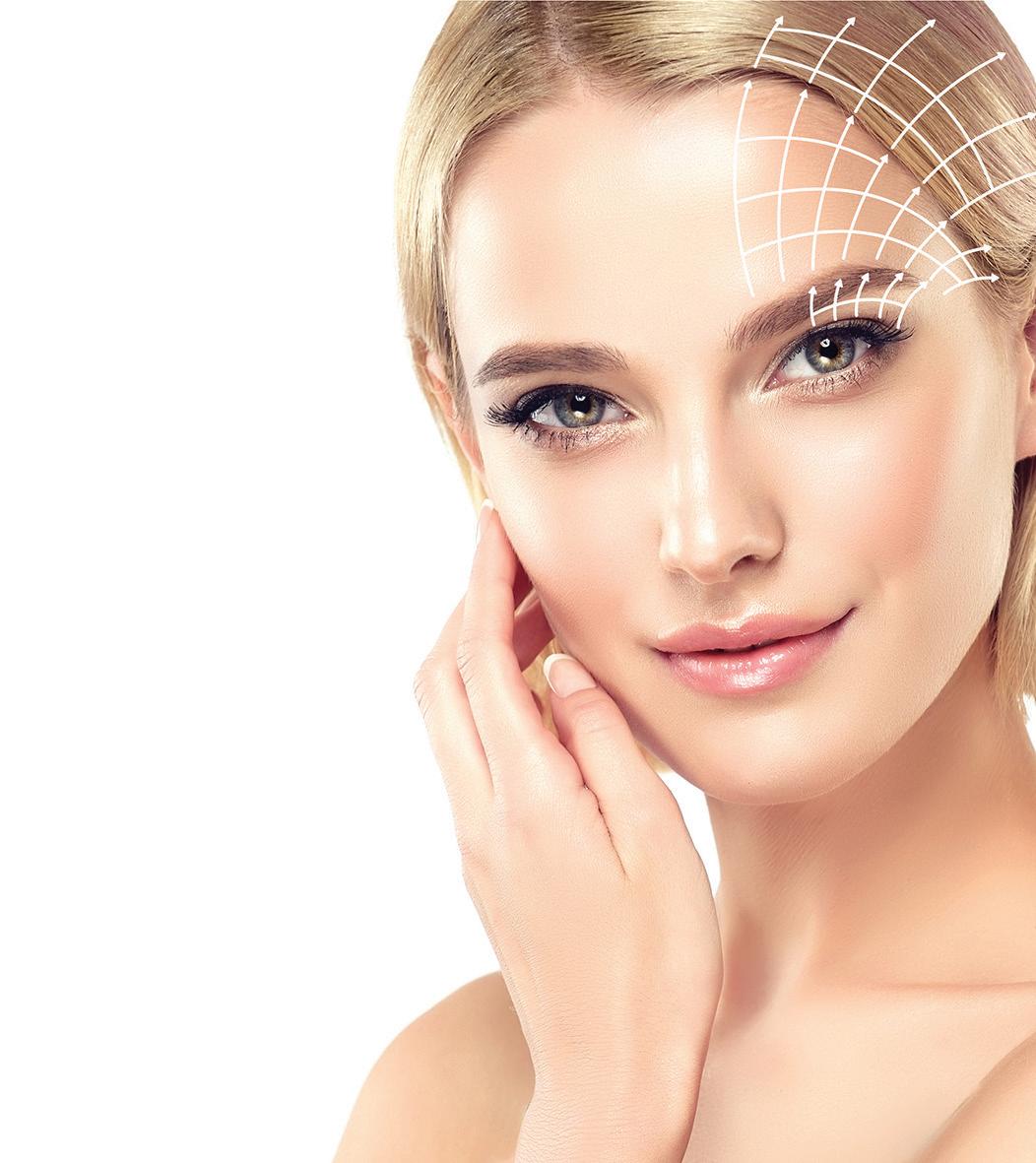
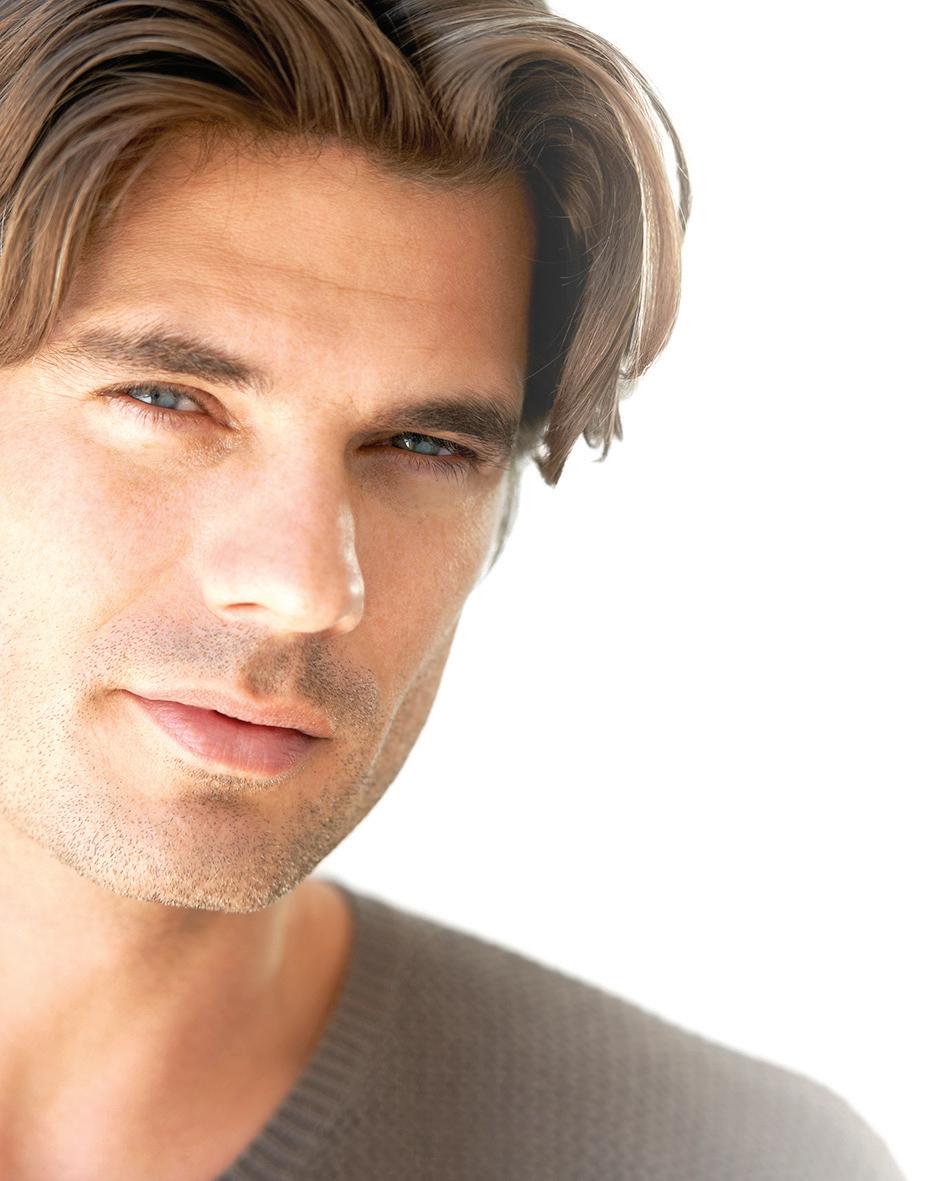
VectorLift® LASER EYEBROW LIFTING SmoothEye® PERIOCULAR WRINKLES LipLase® LIP PLUMPING Complete Non-Invasive Laser Facial Aesthetics The next-generation of Er:YAG and Nd:YAG aesthetic lasers • SP Dynamis • TimeWalker Fotona4D 104877/2 www.fotona.com The Highest Performance, Best Made Laser Systems in the World Committed to Engineering






